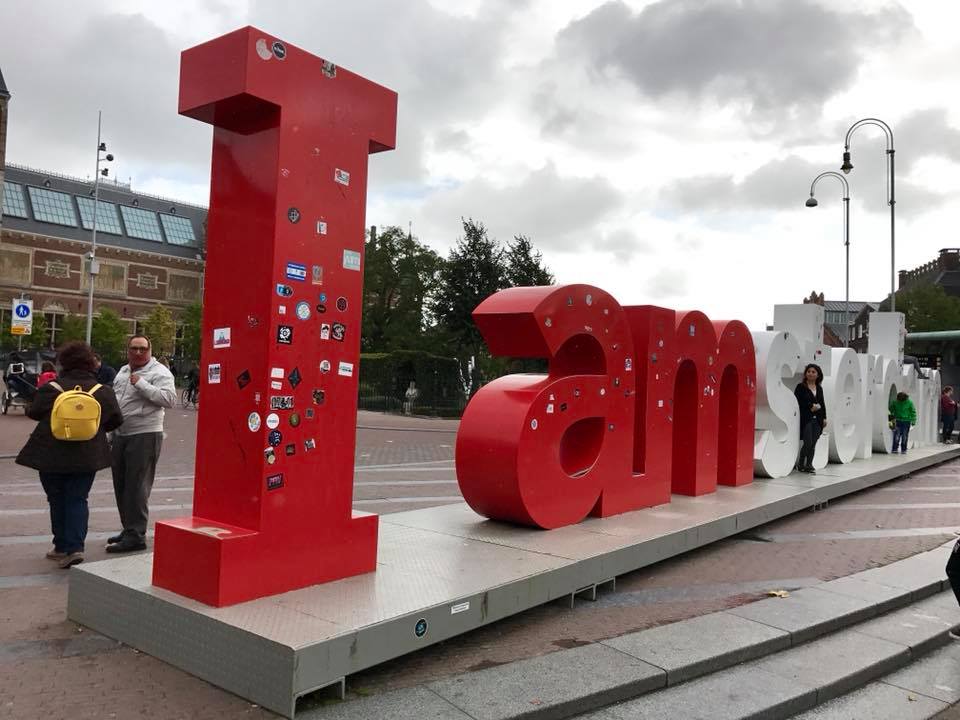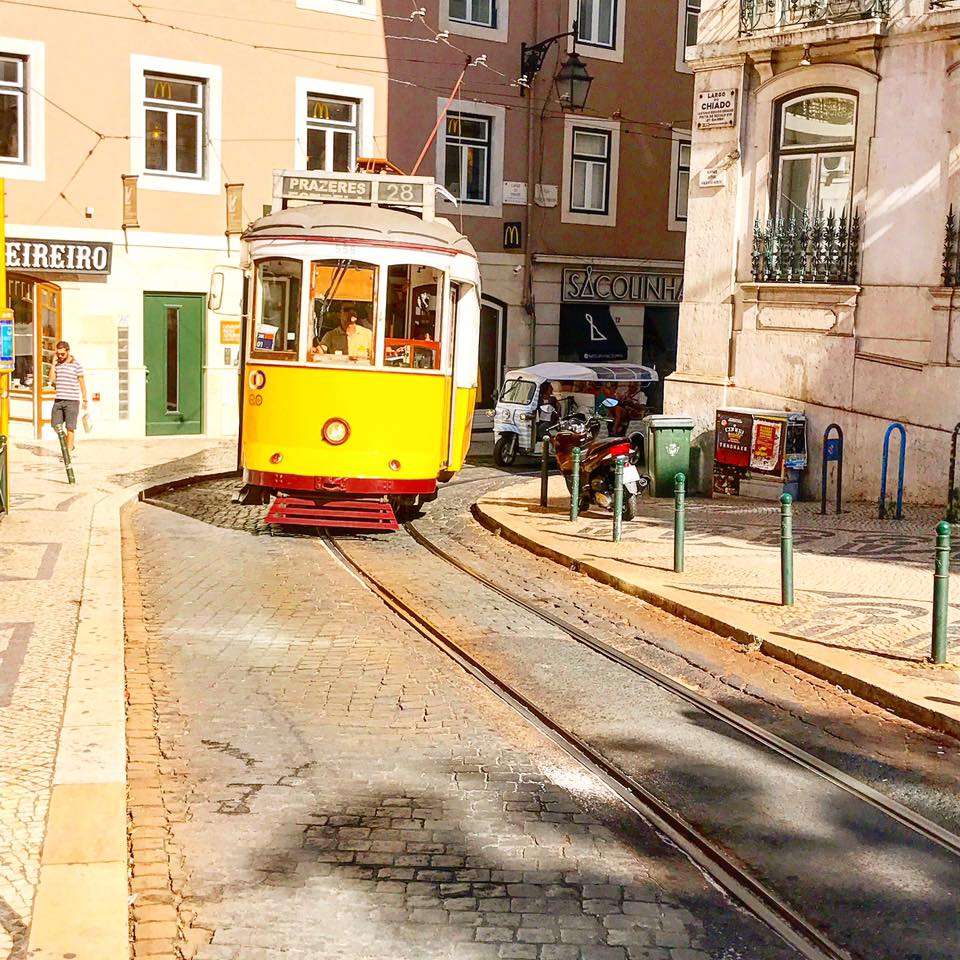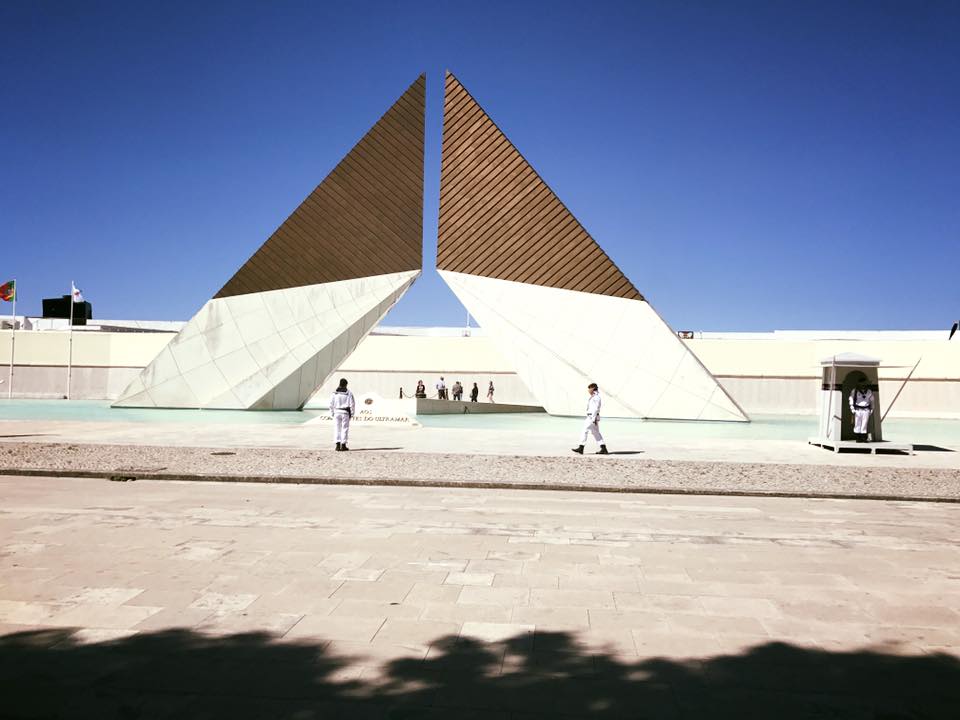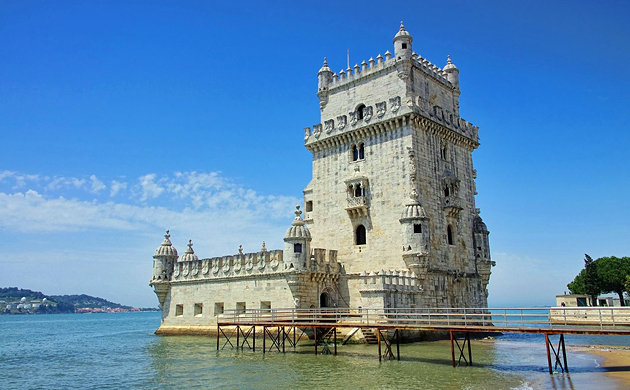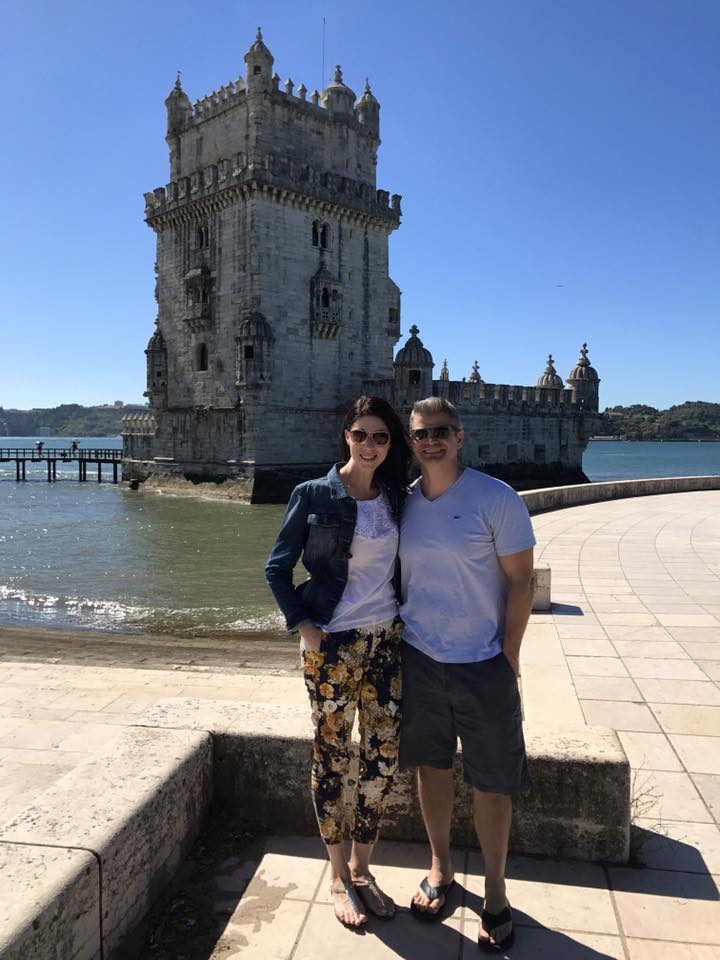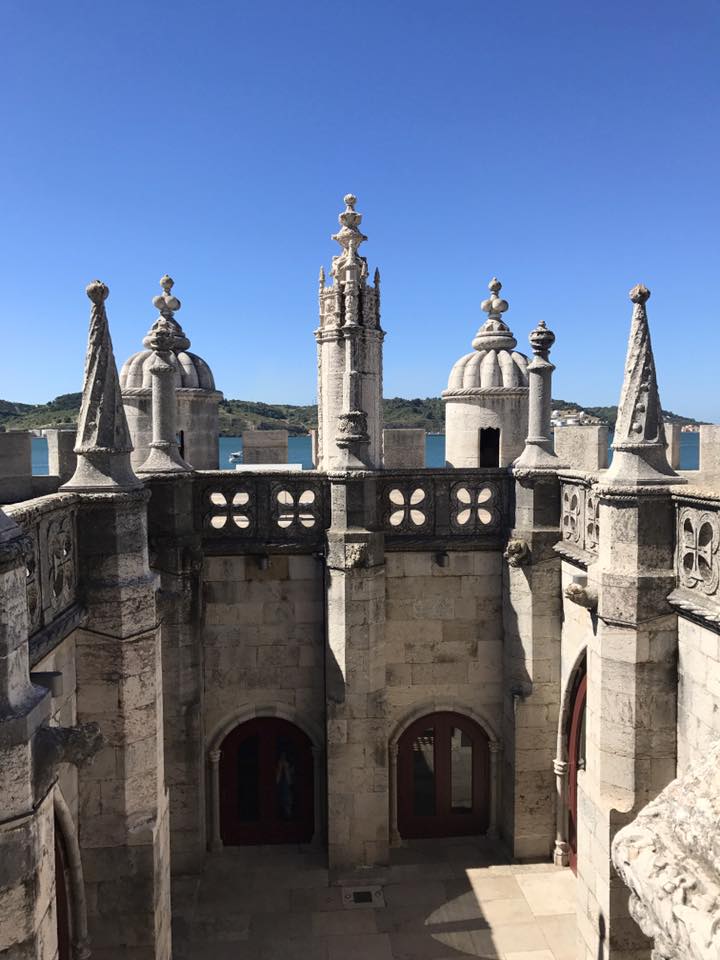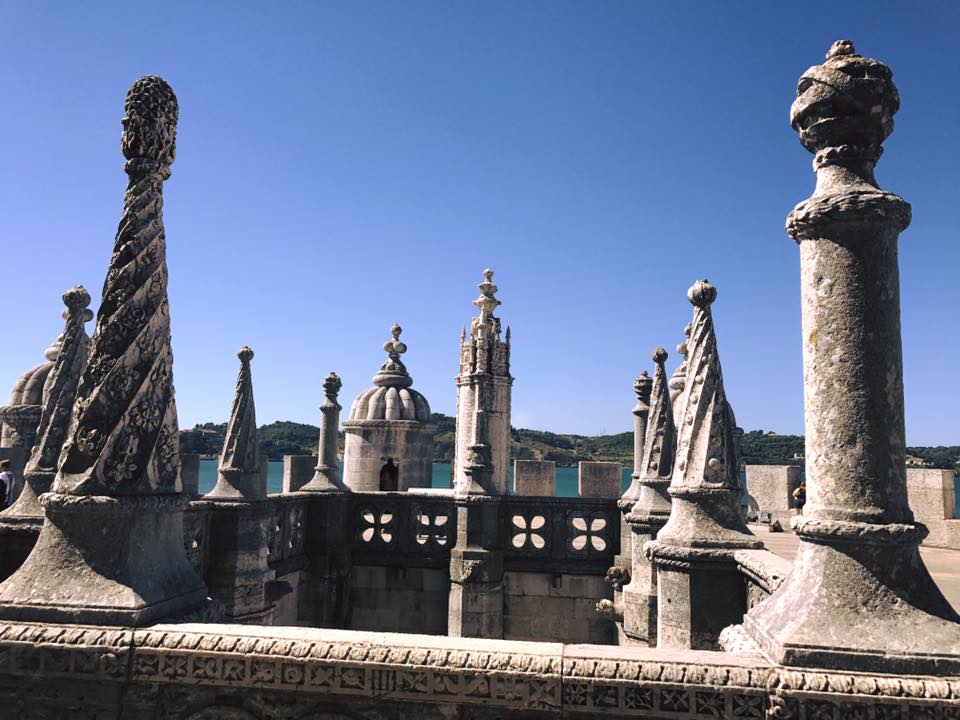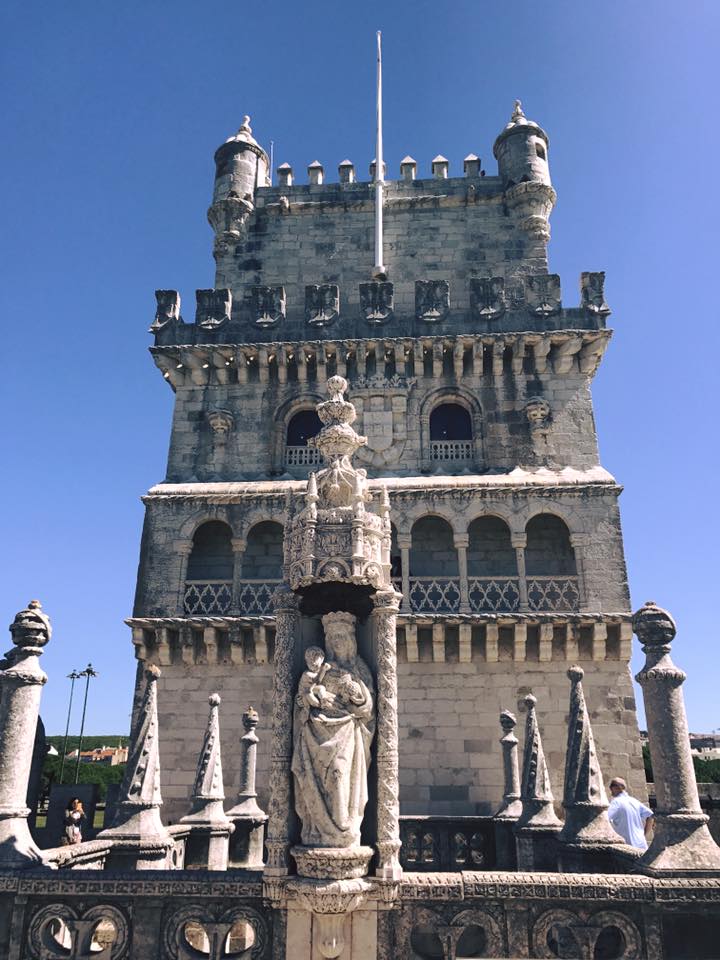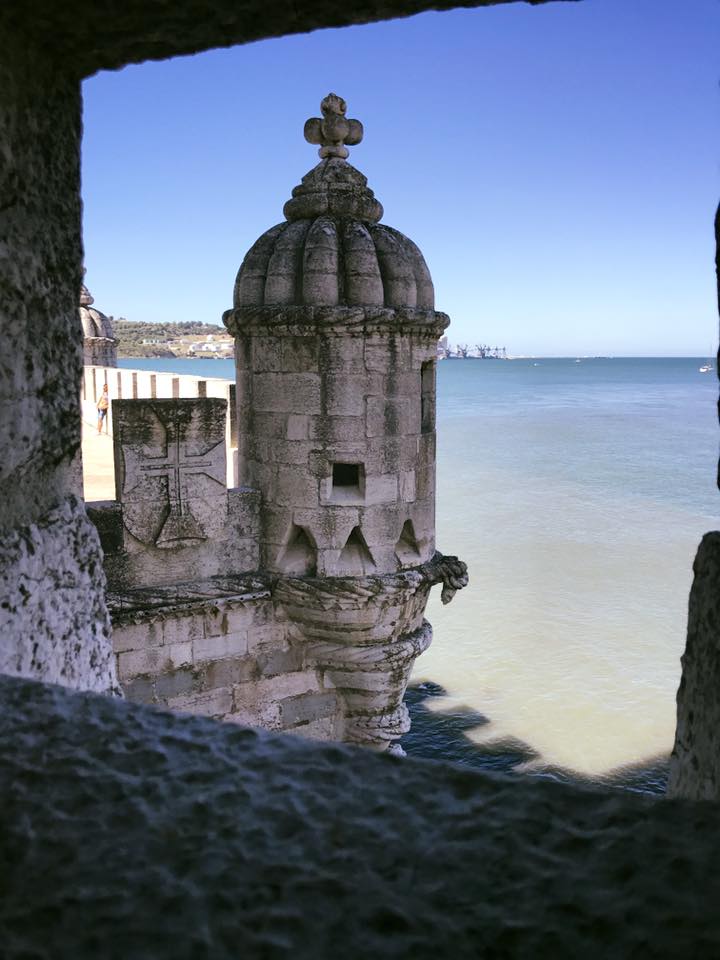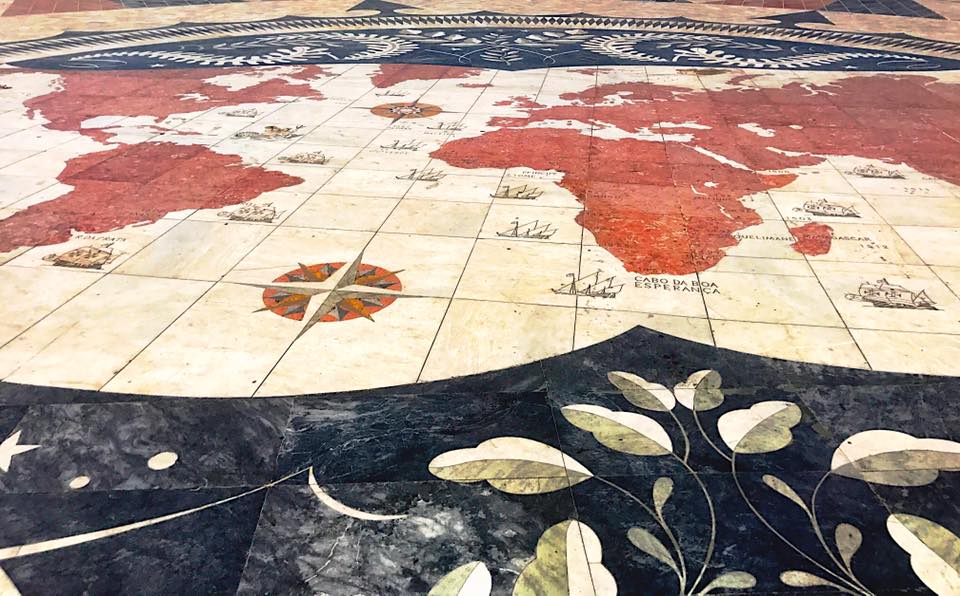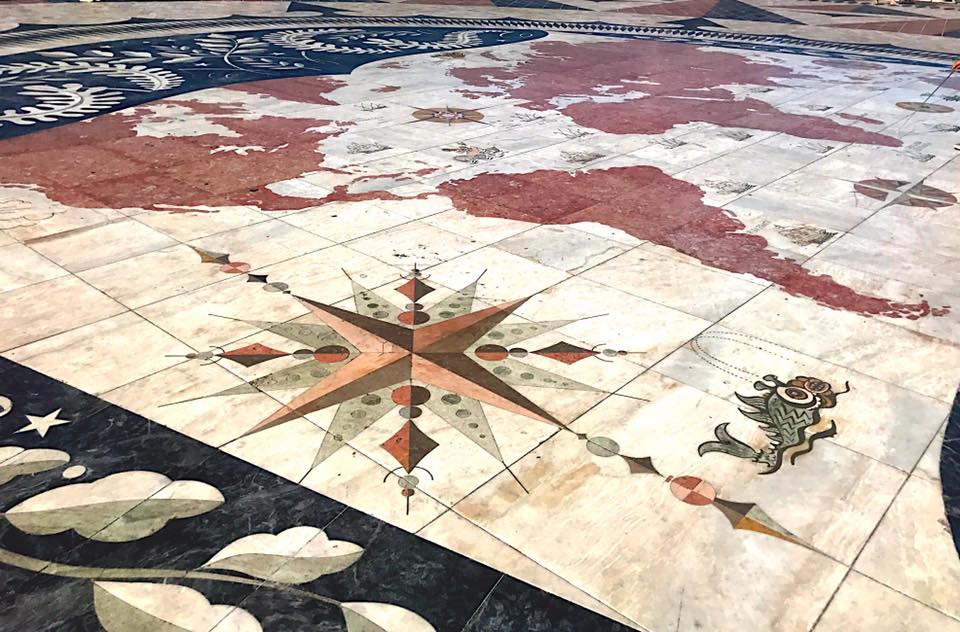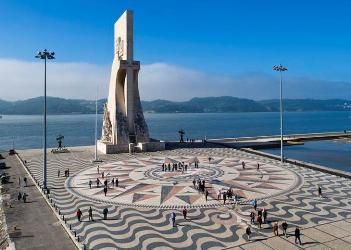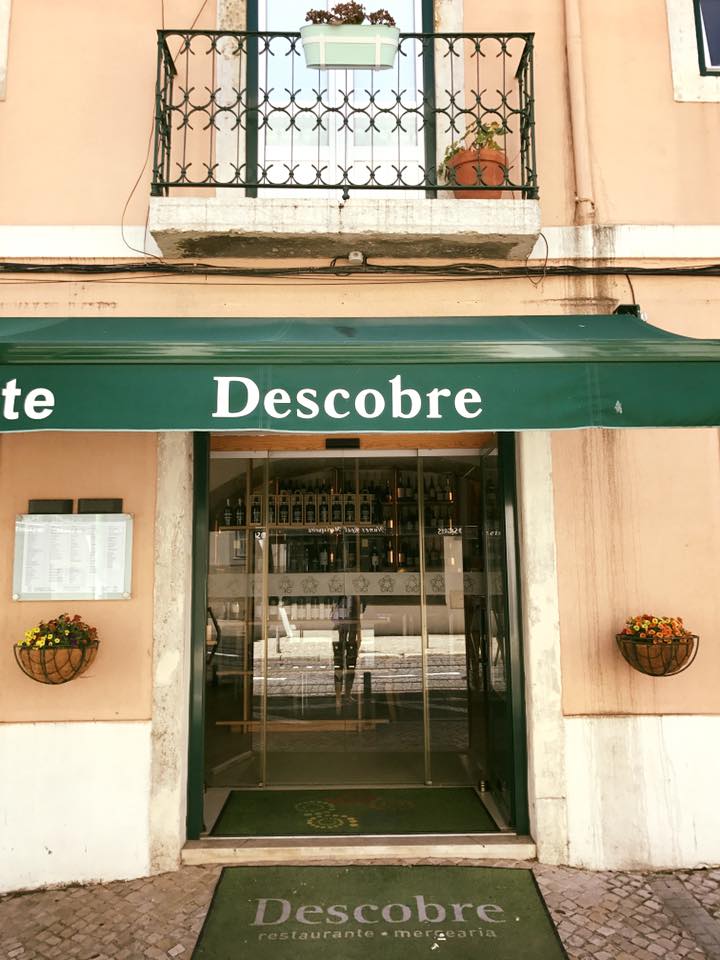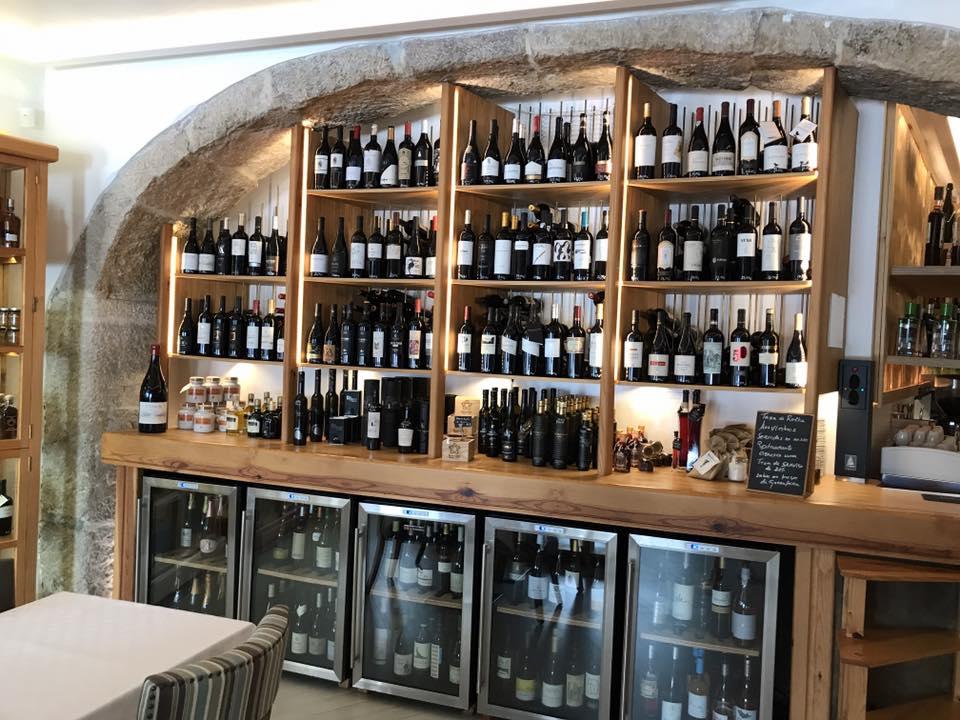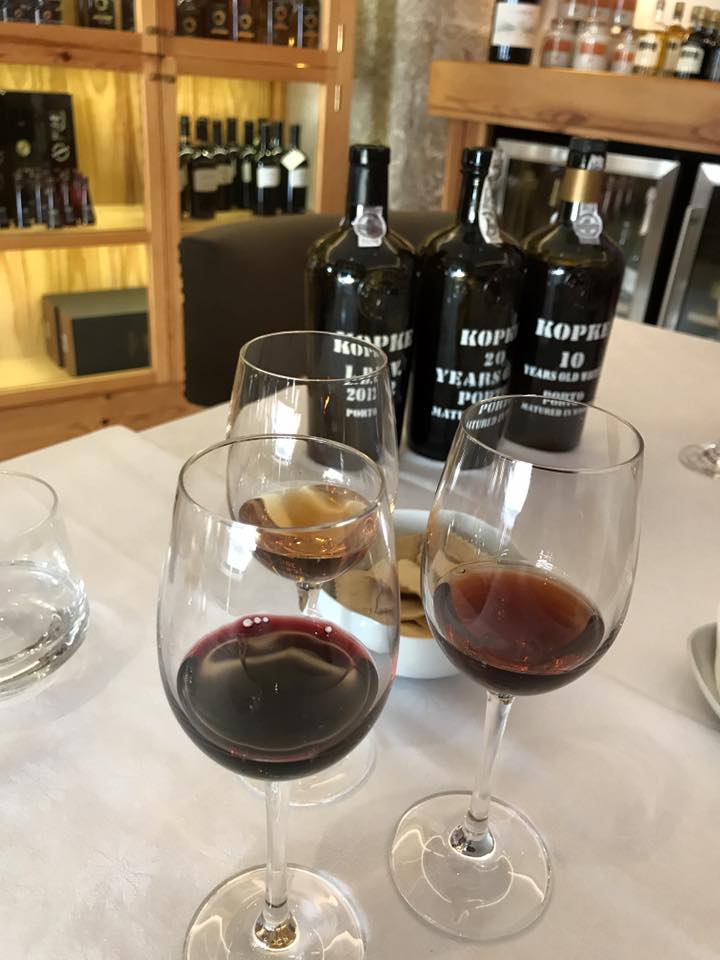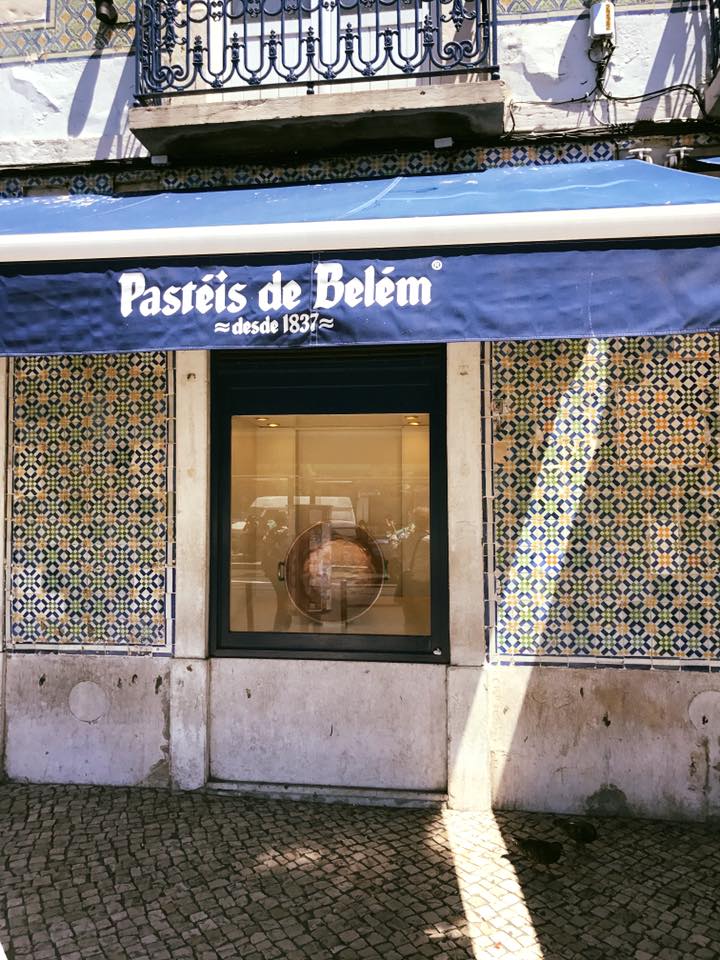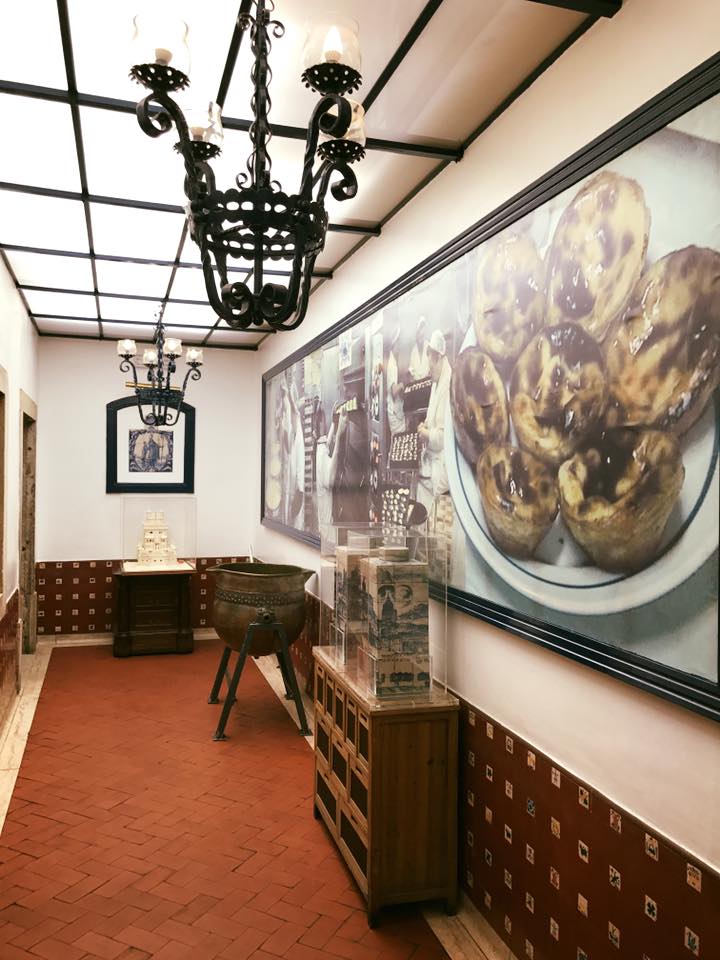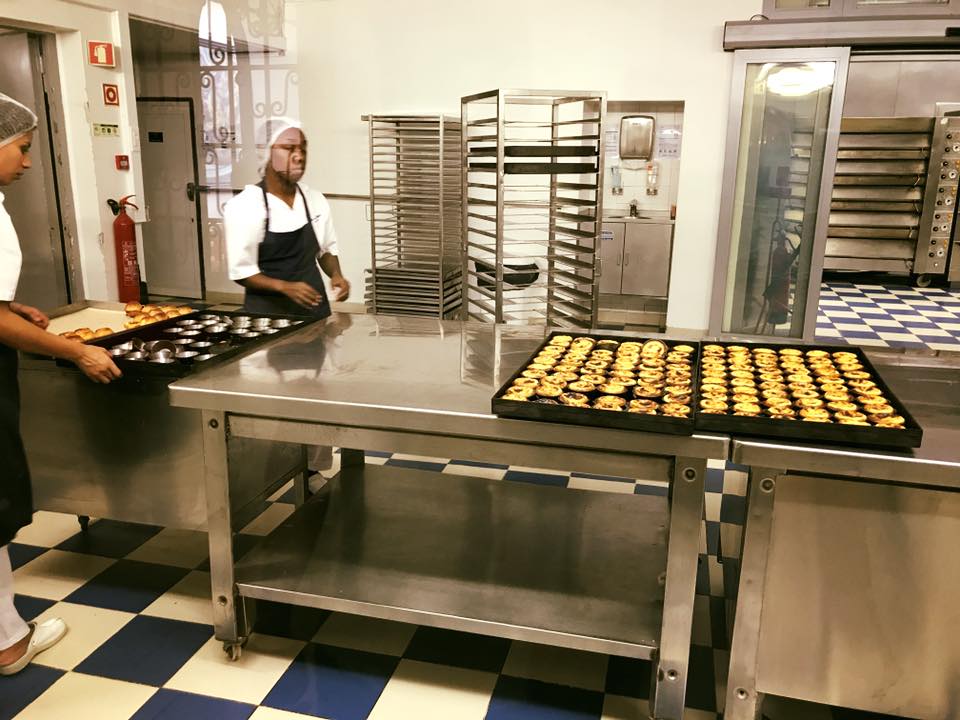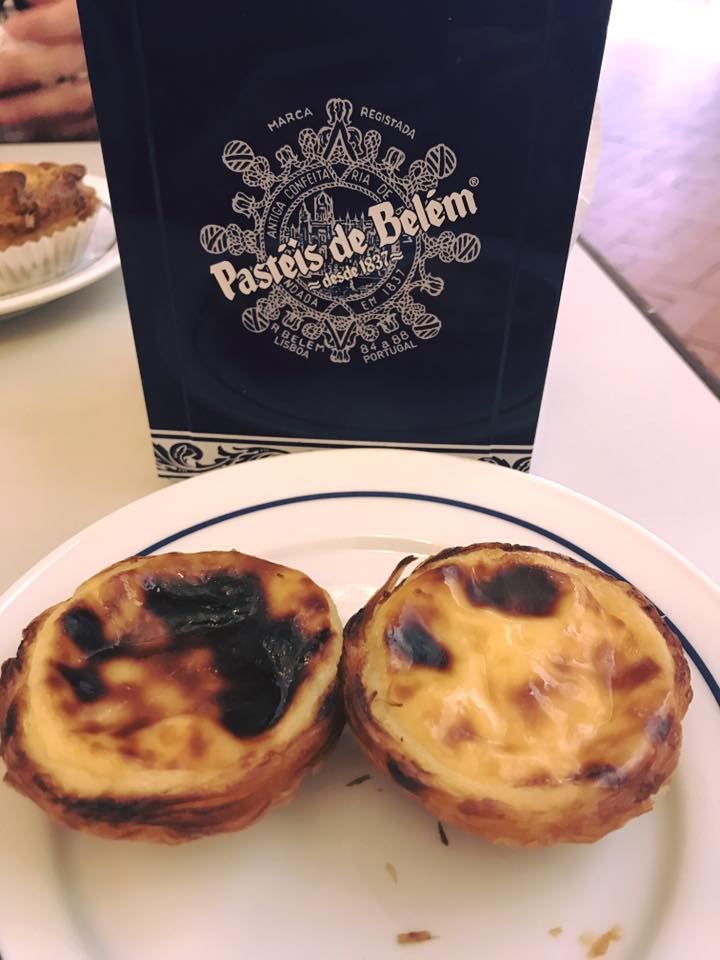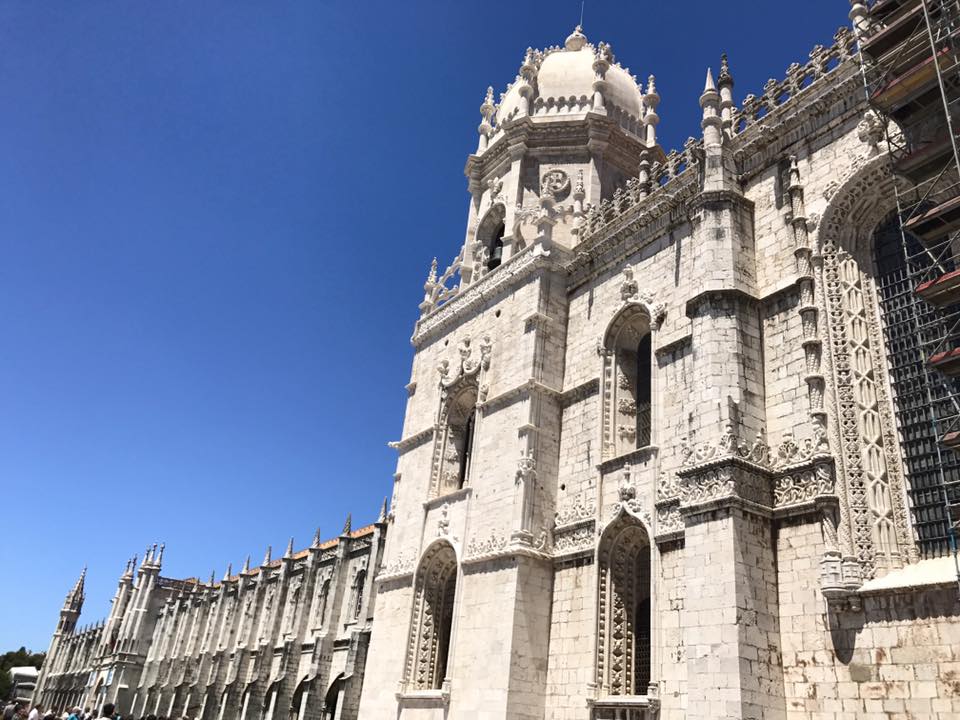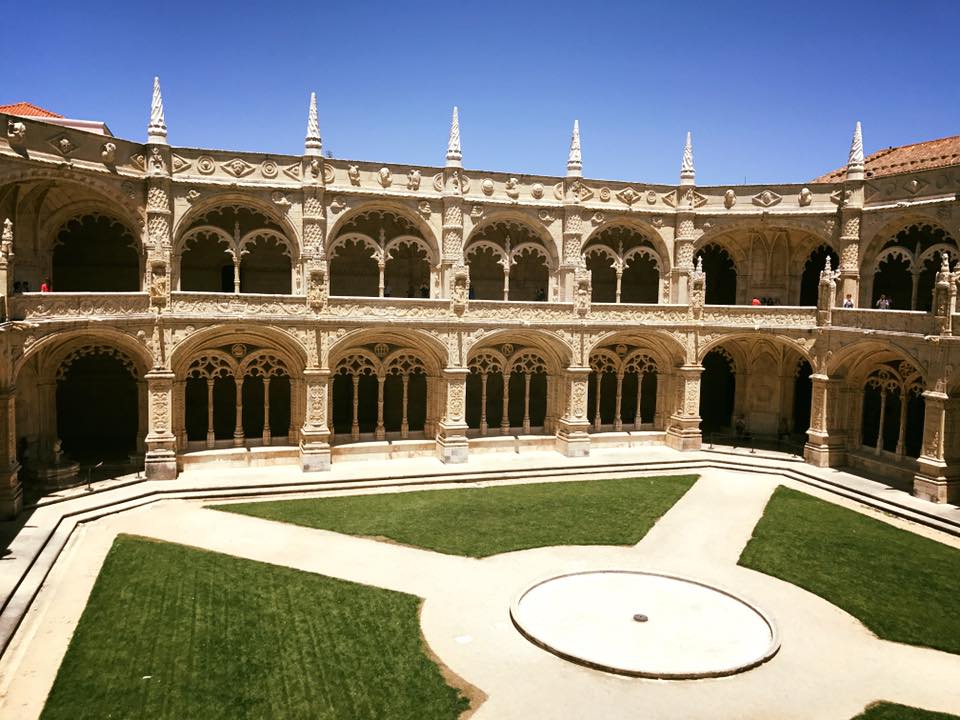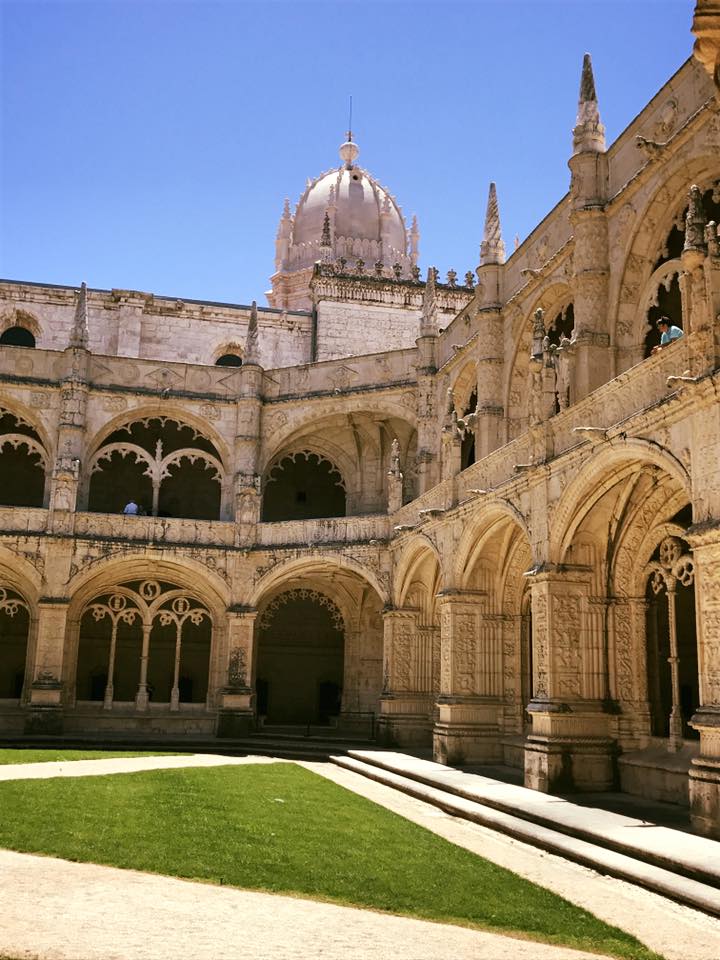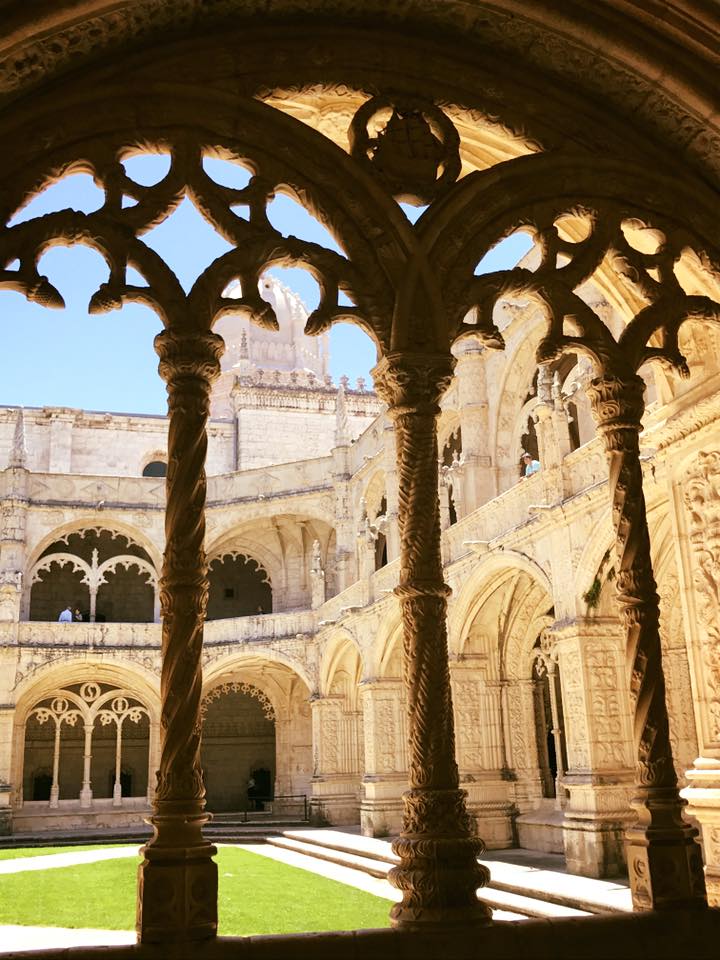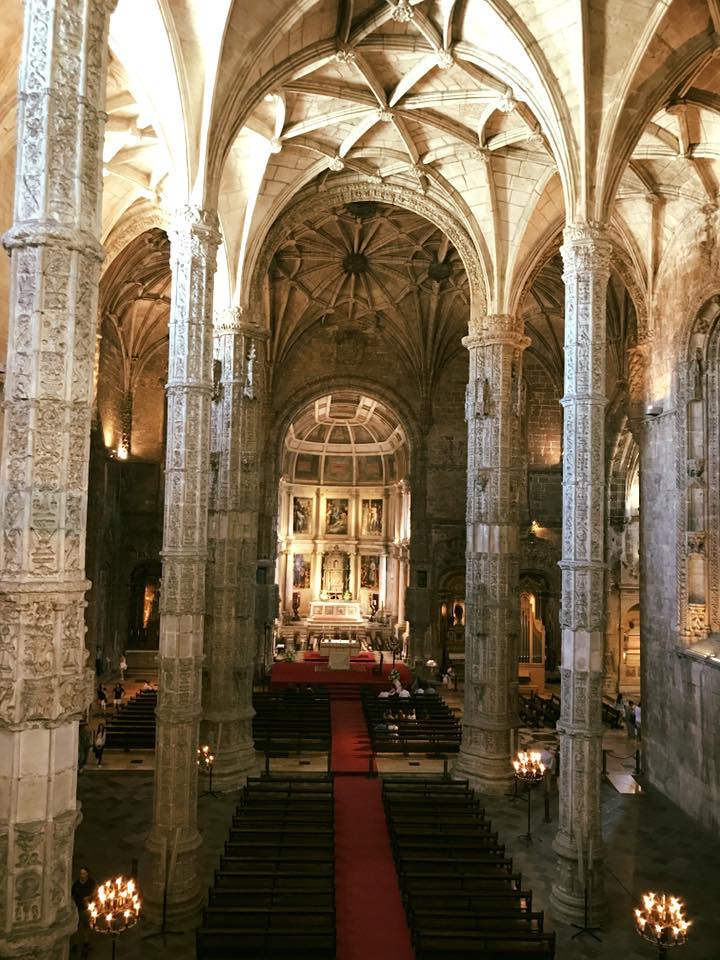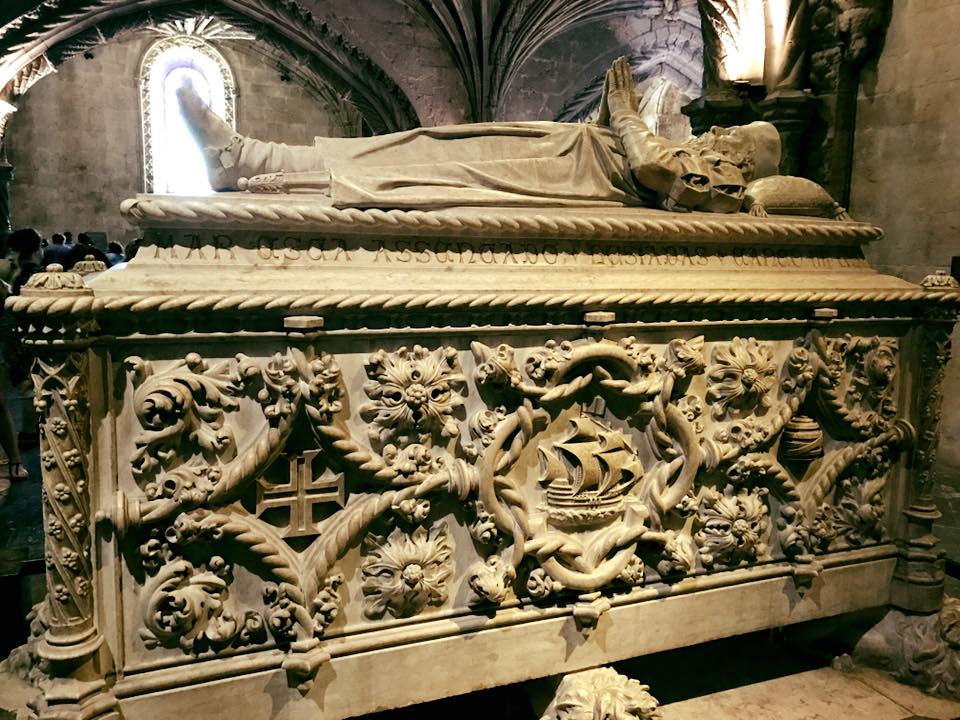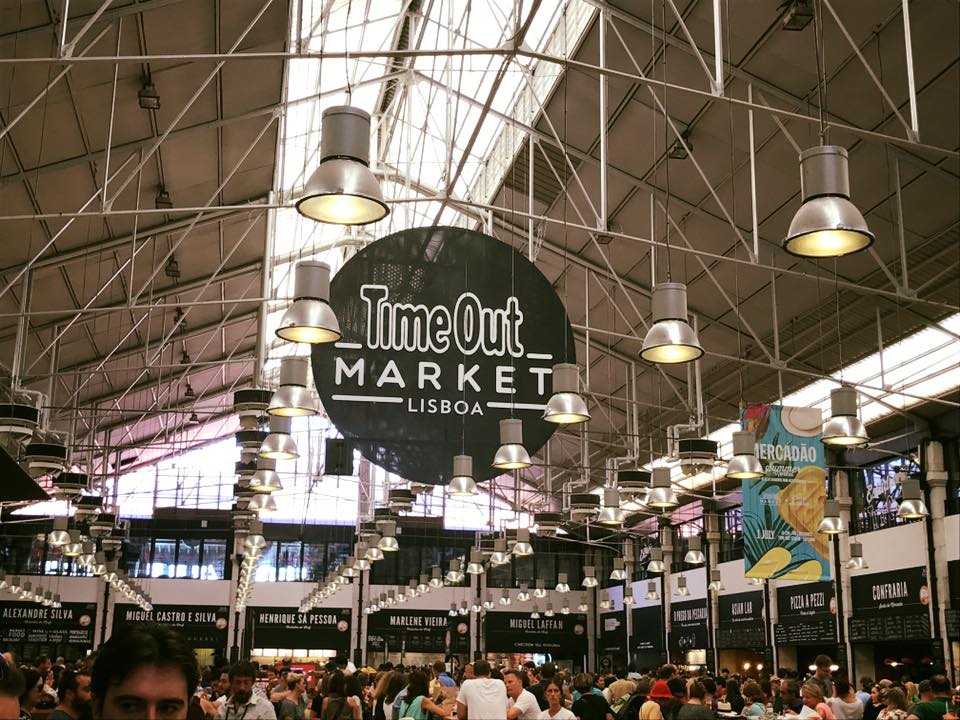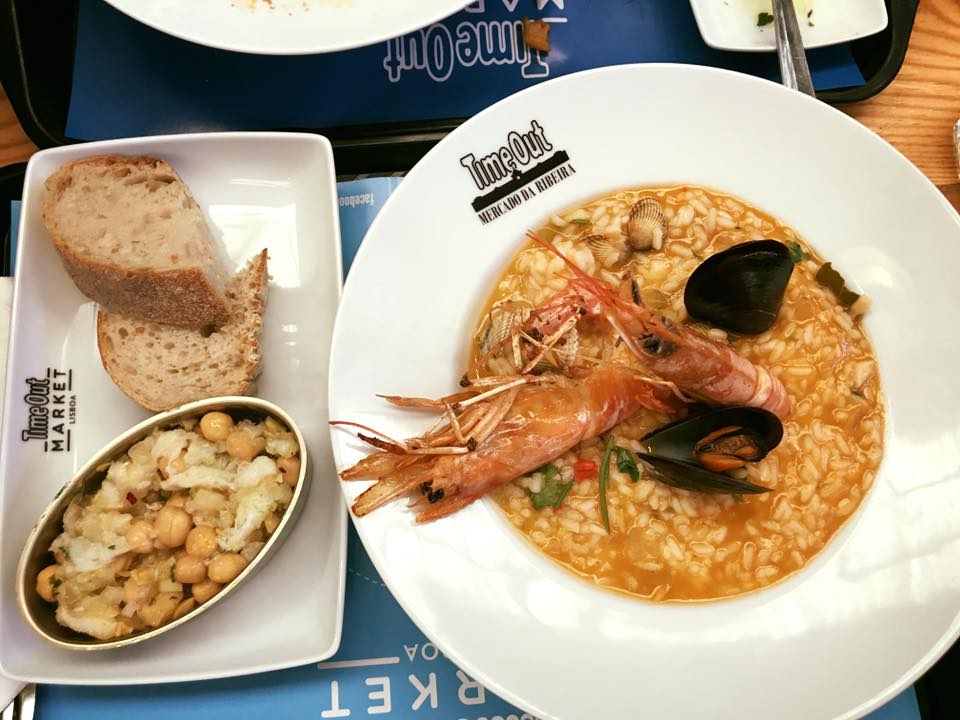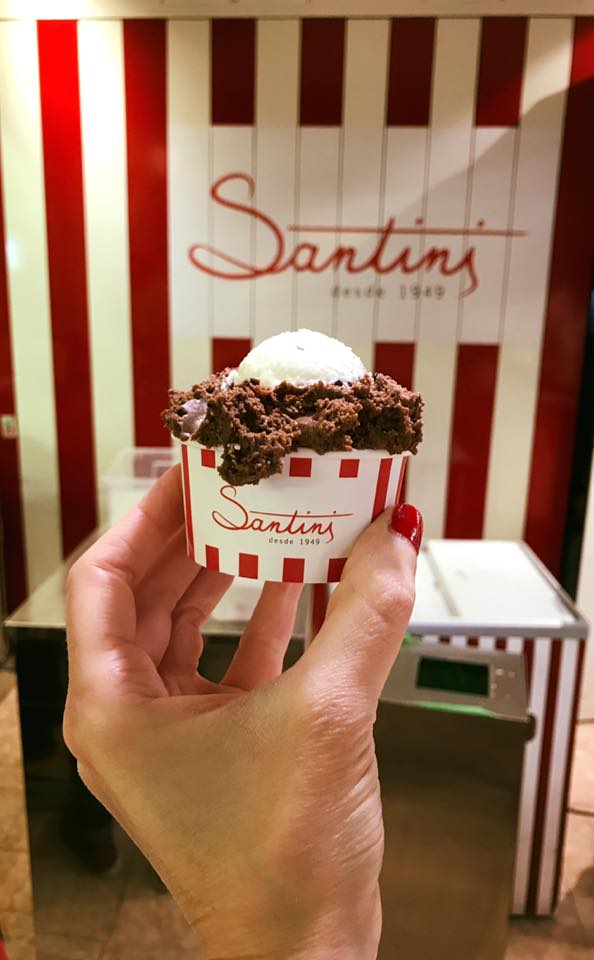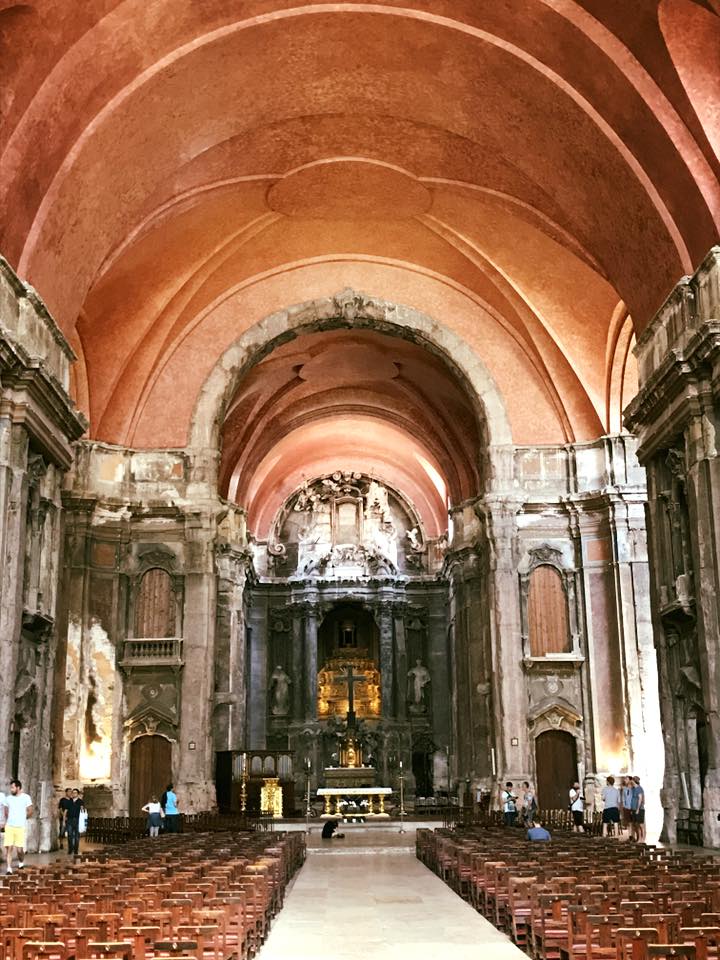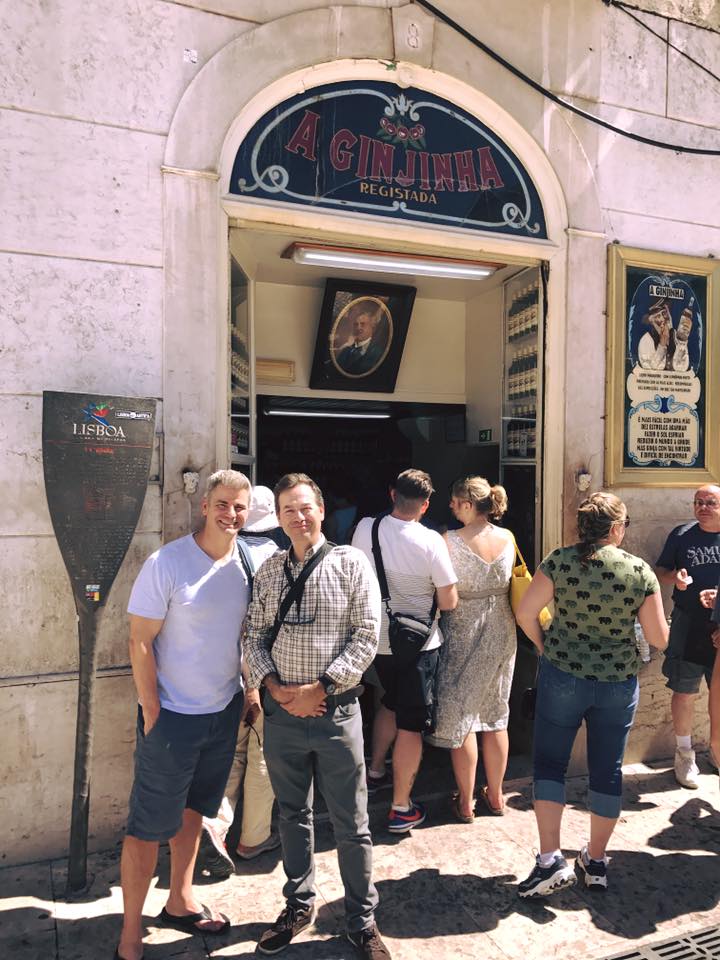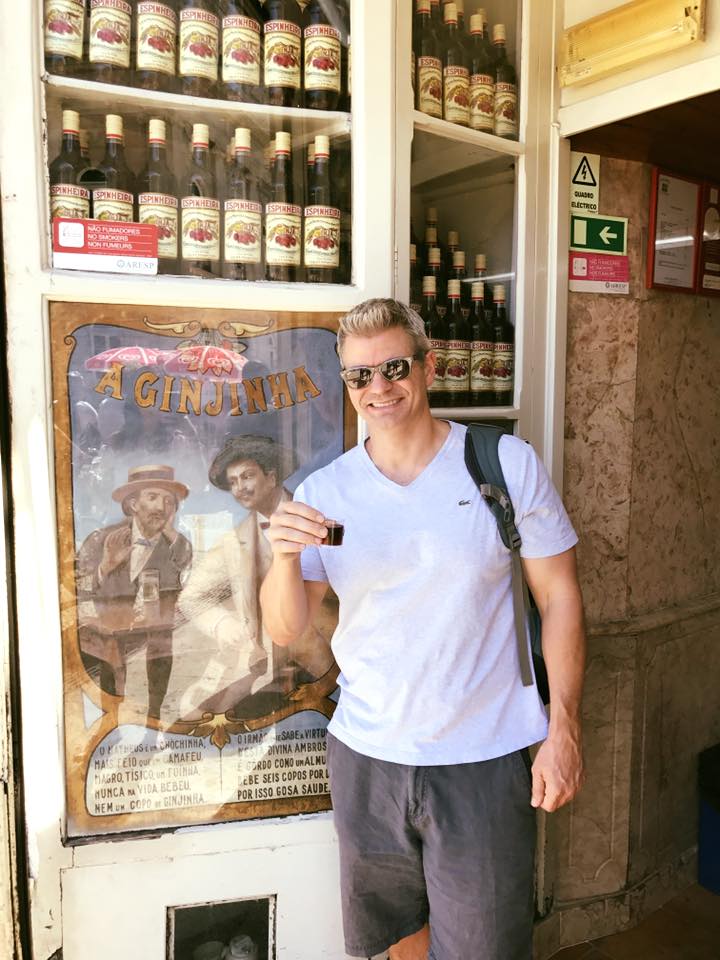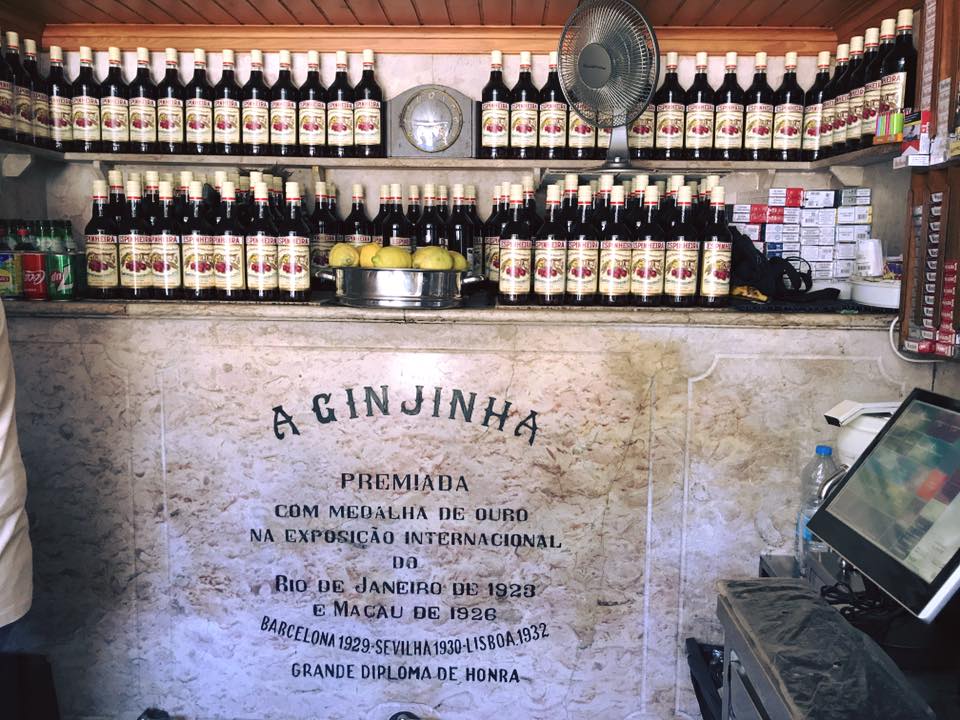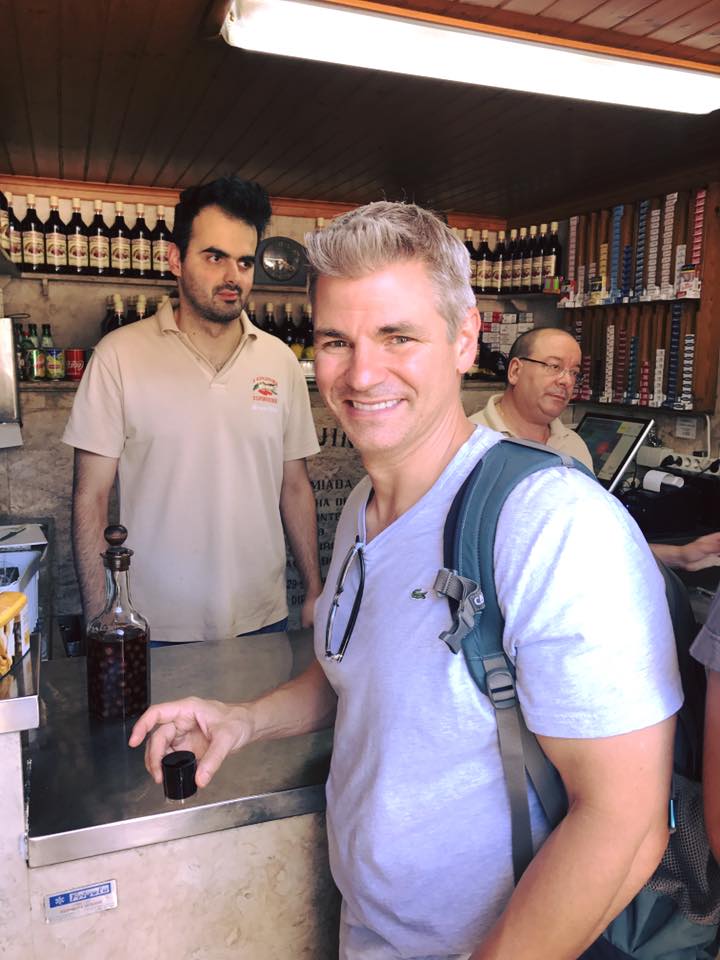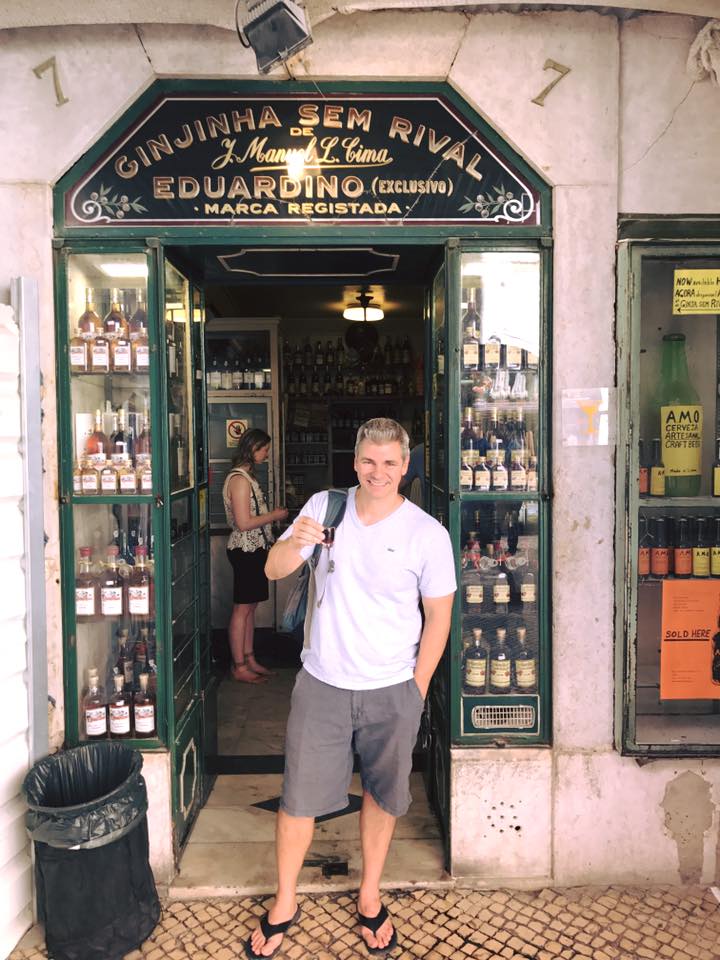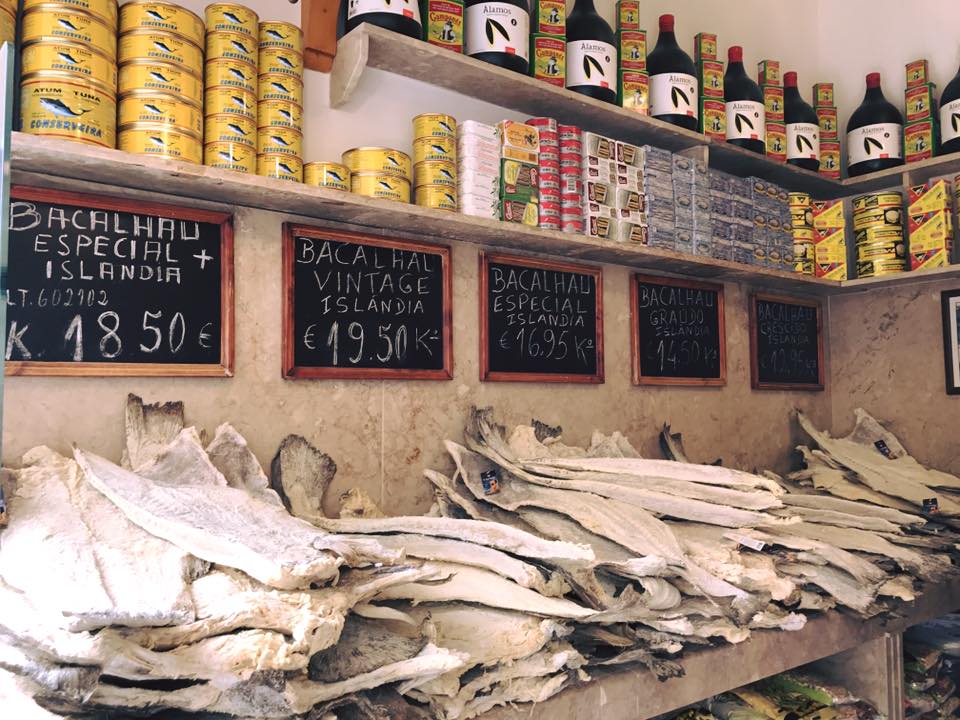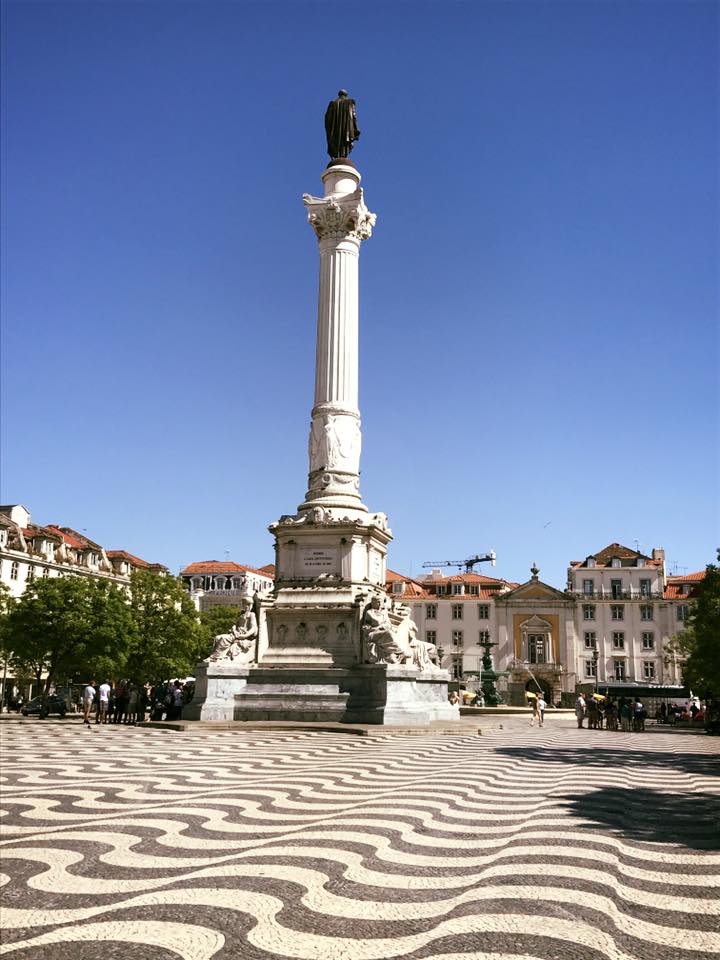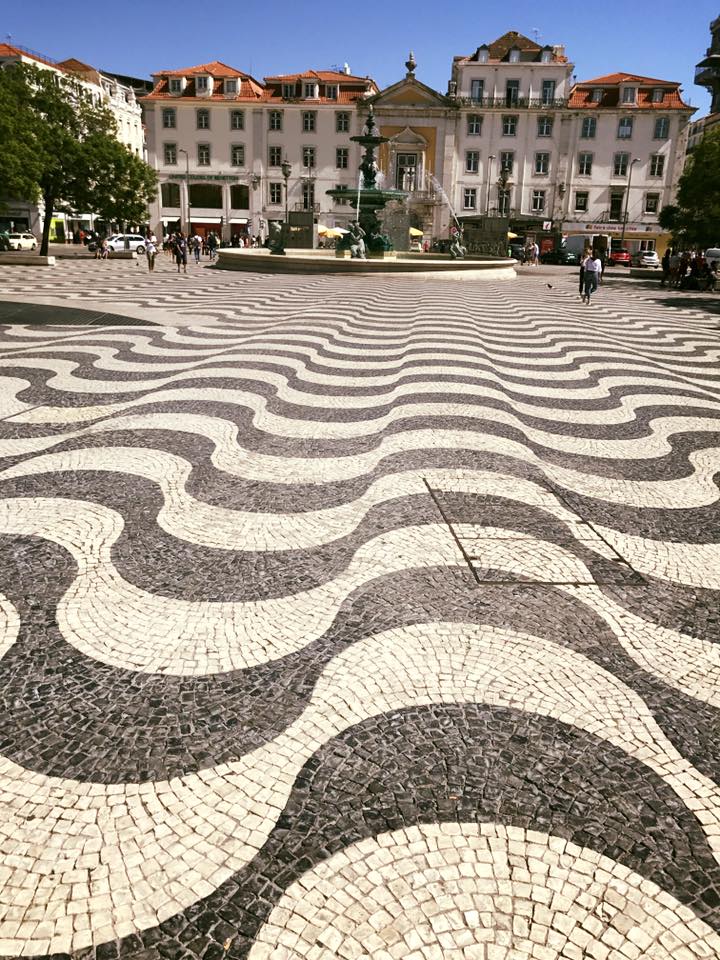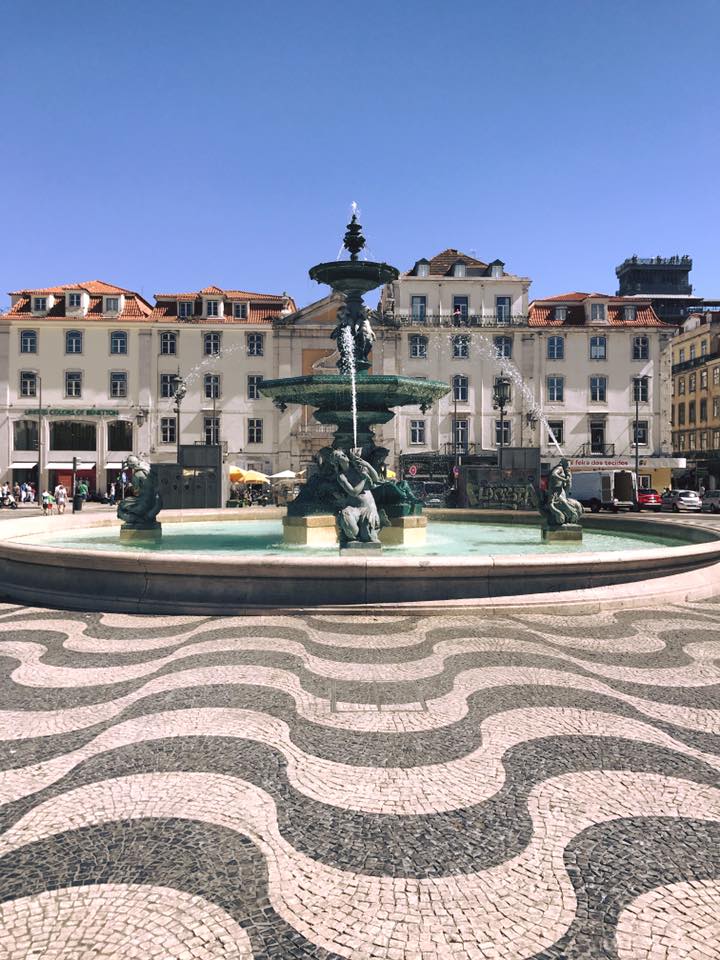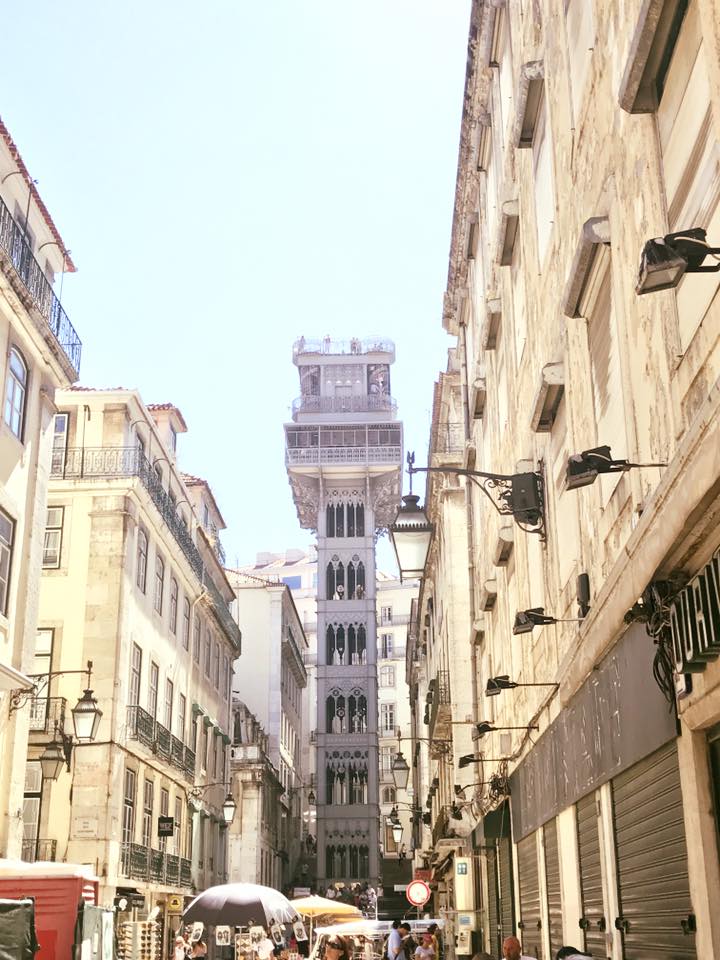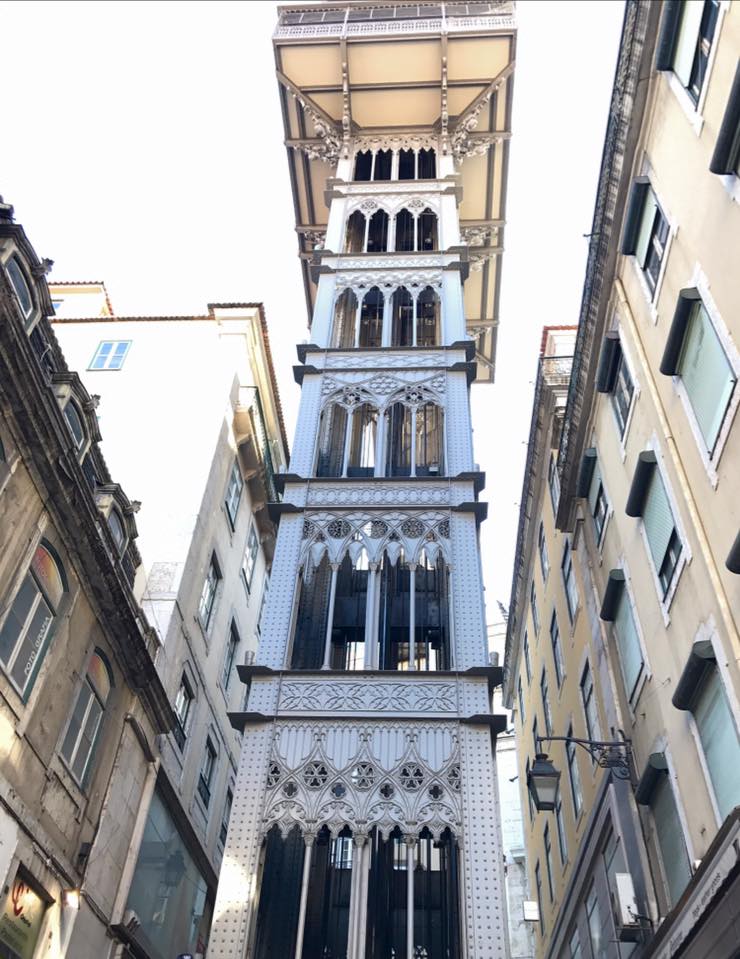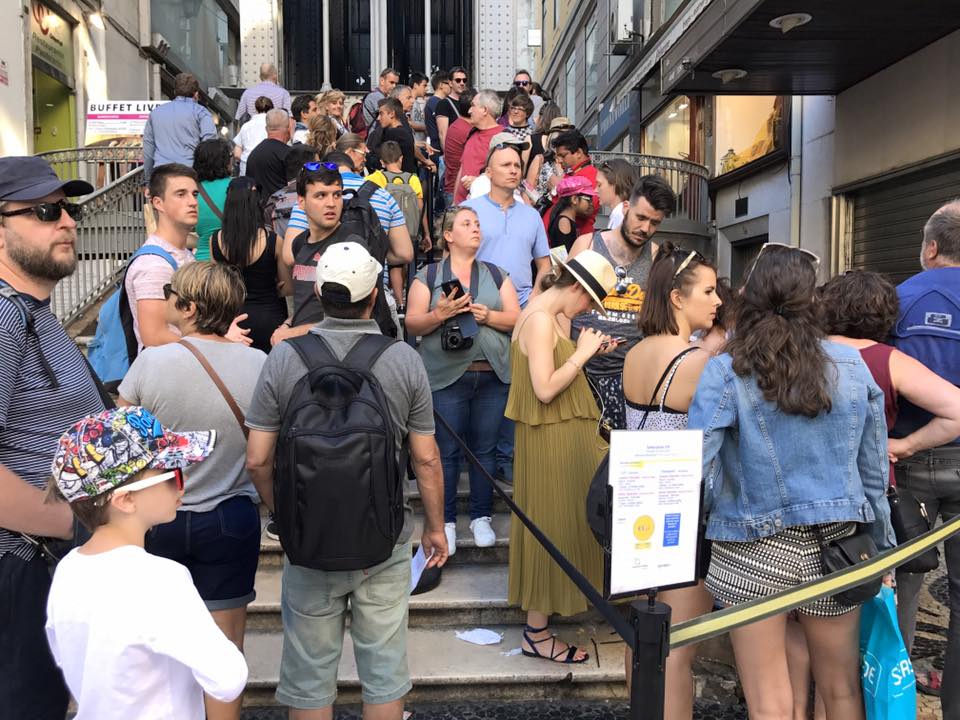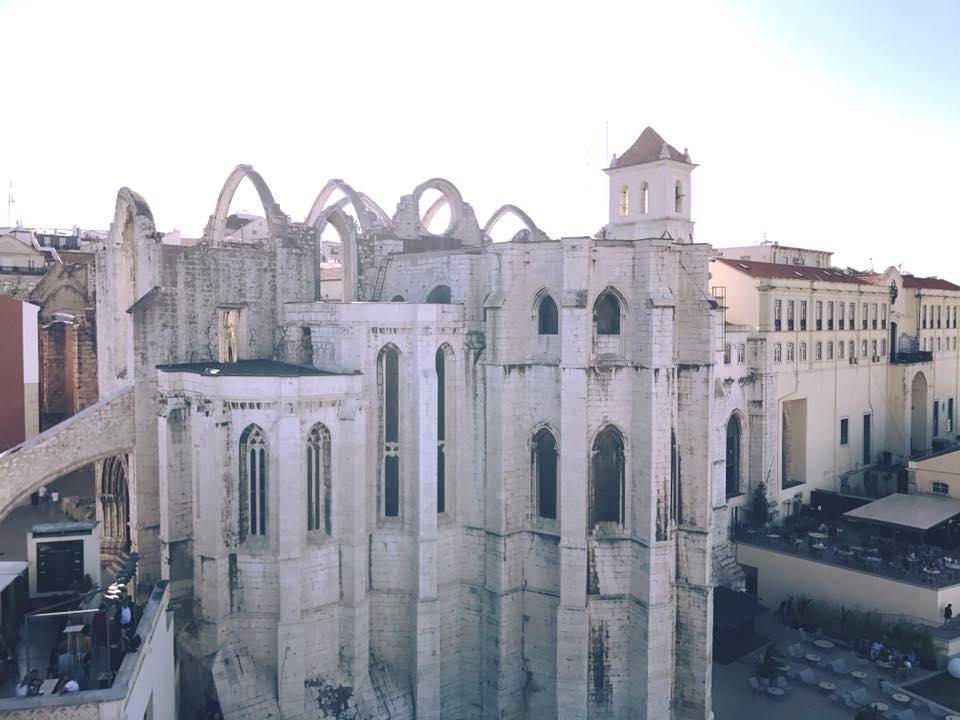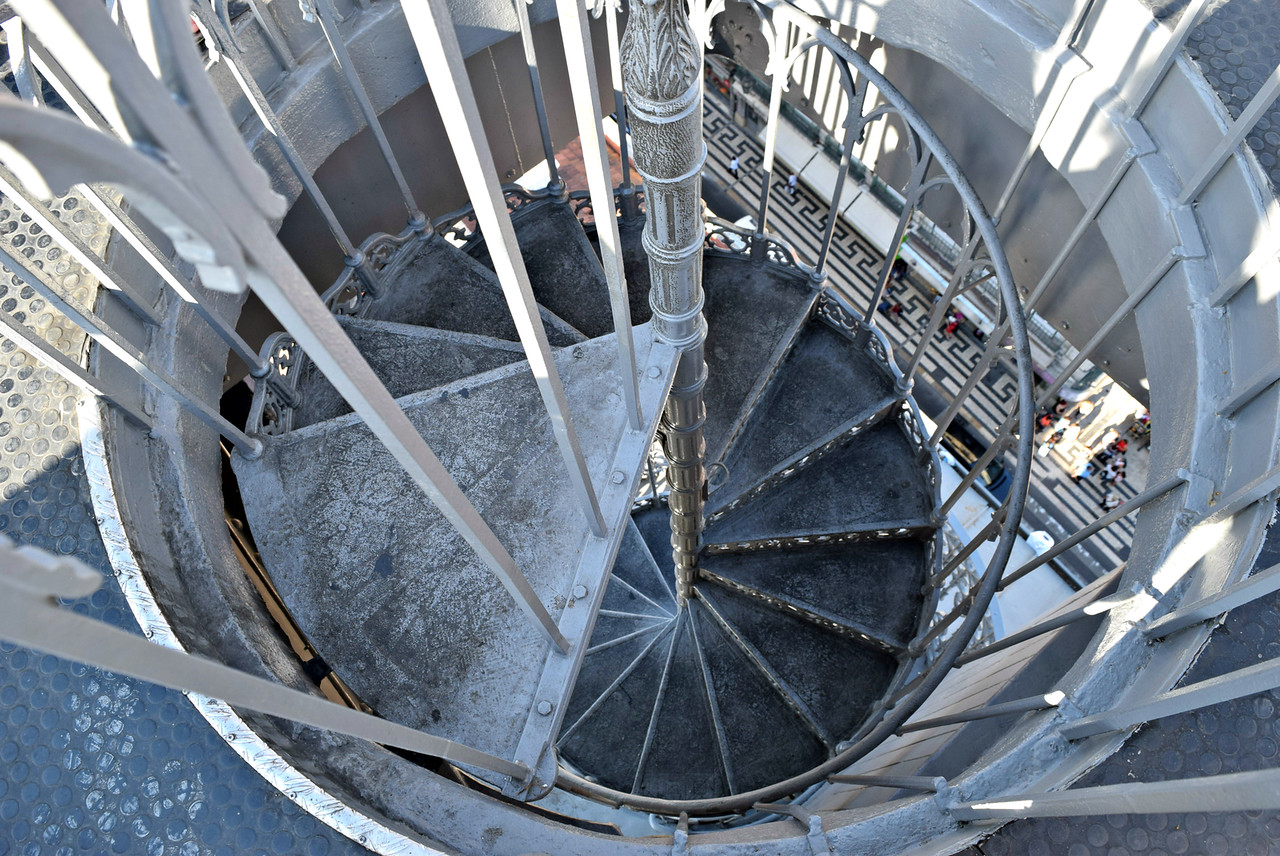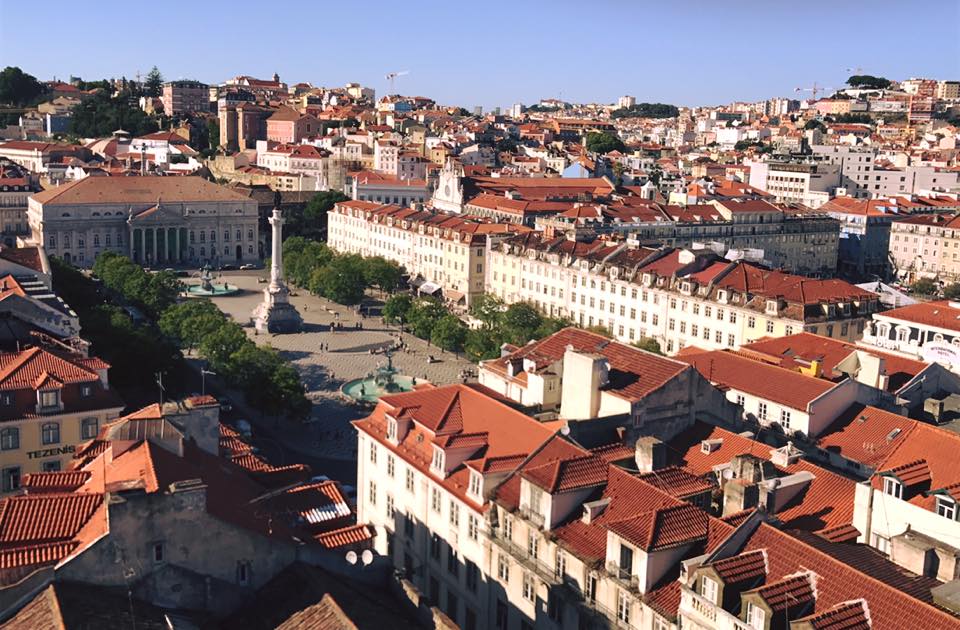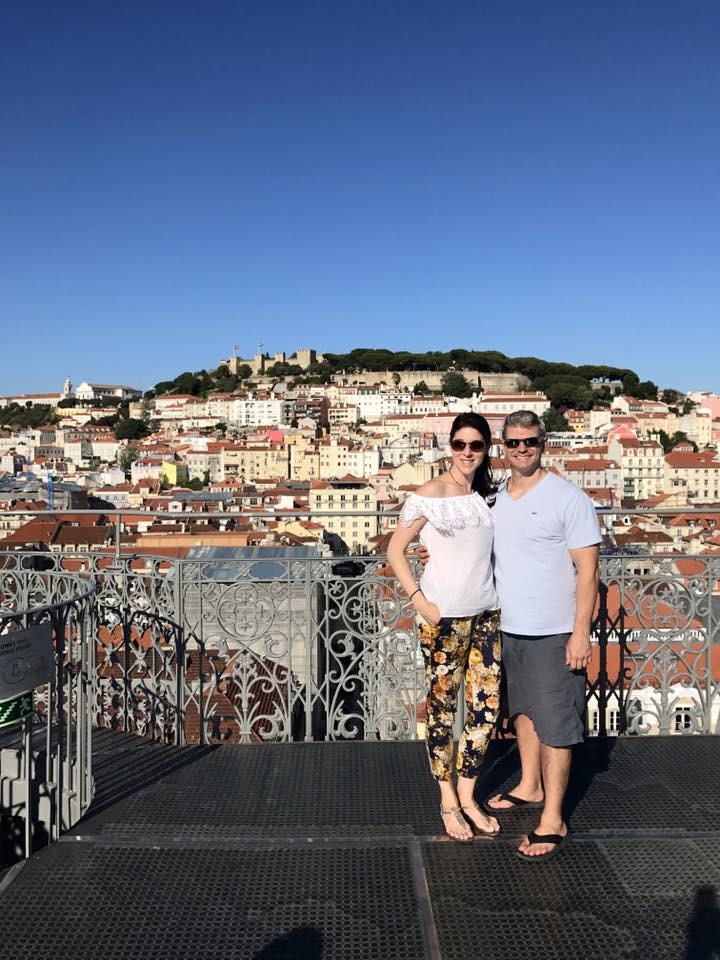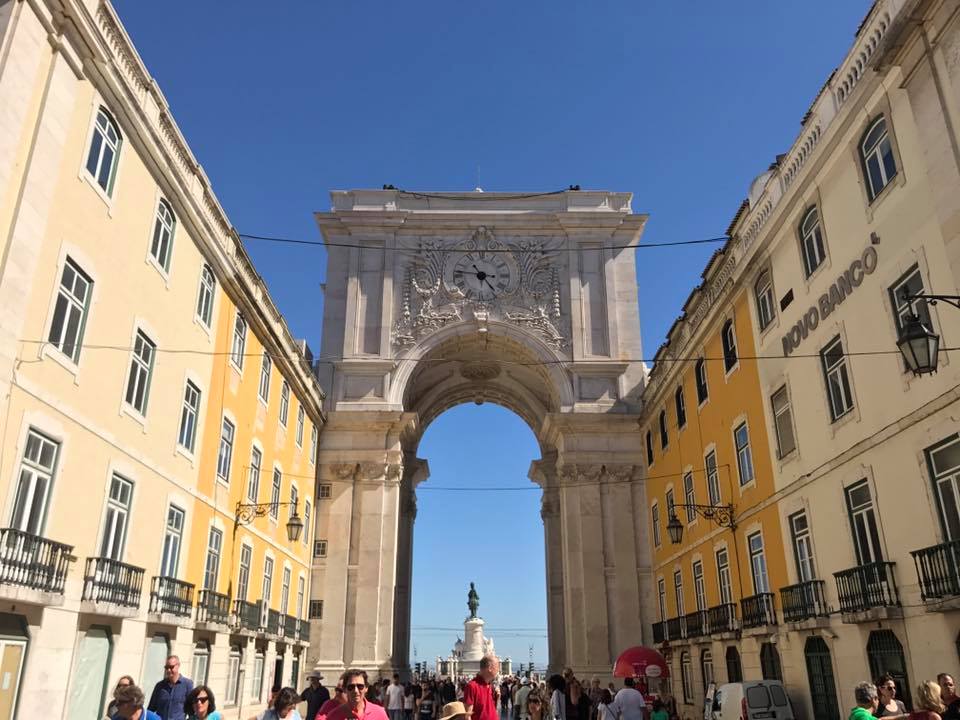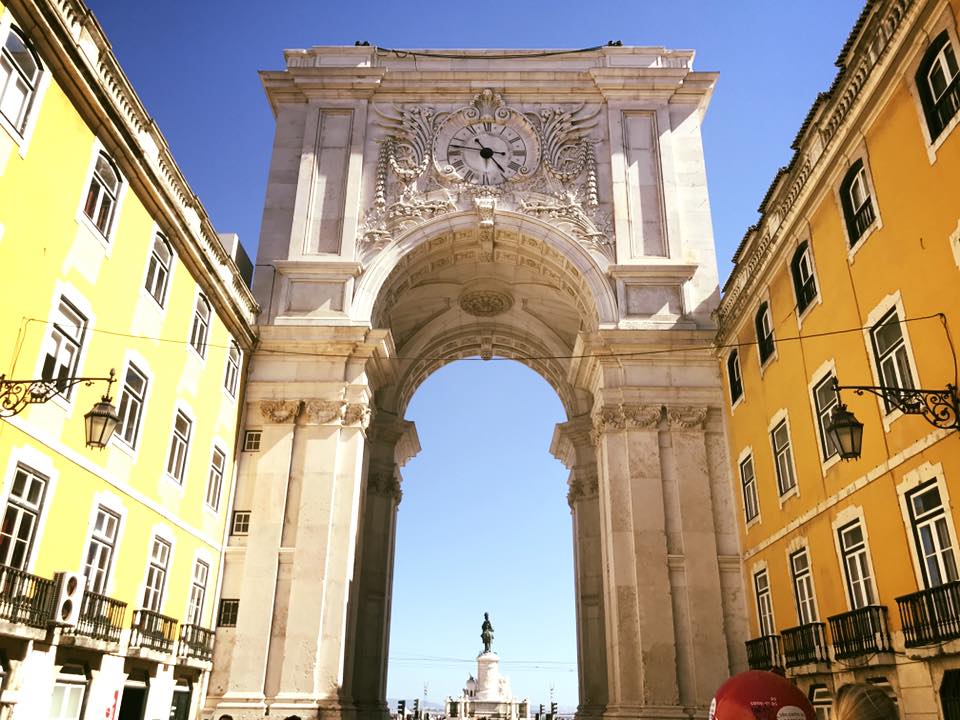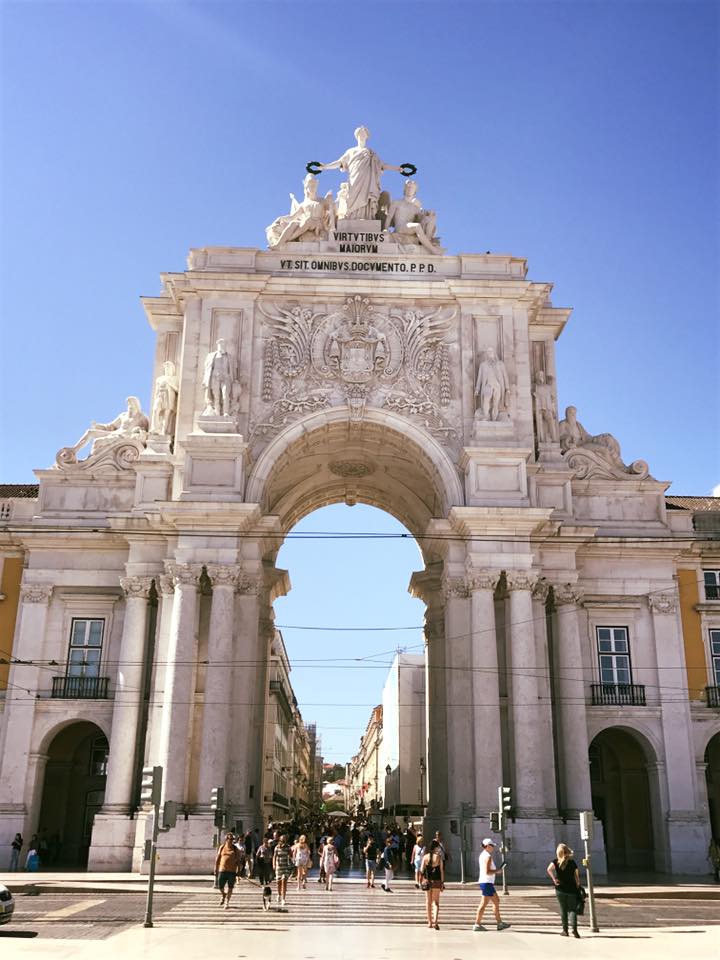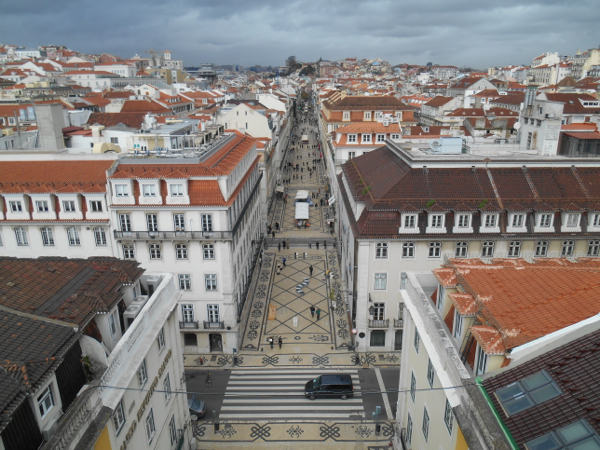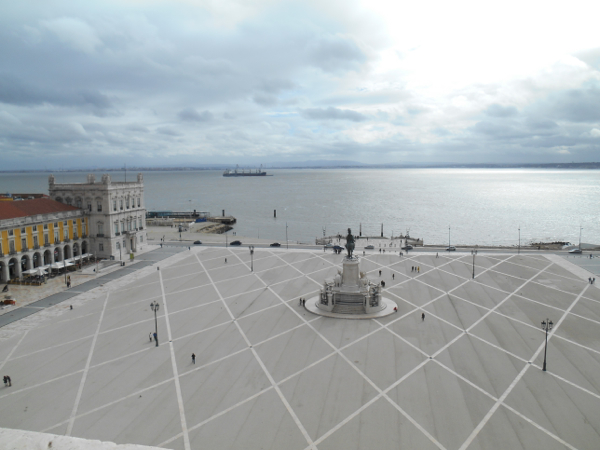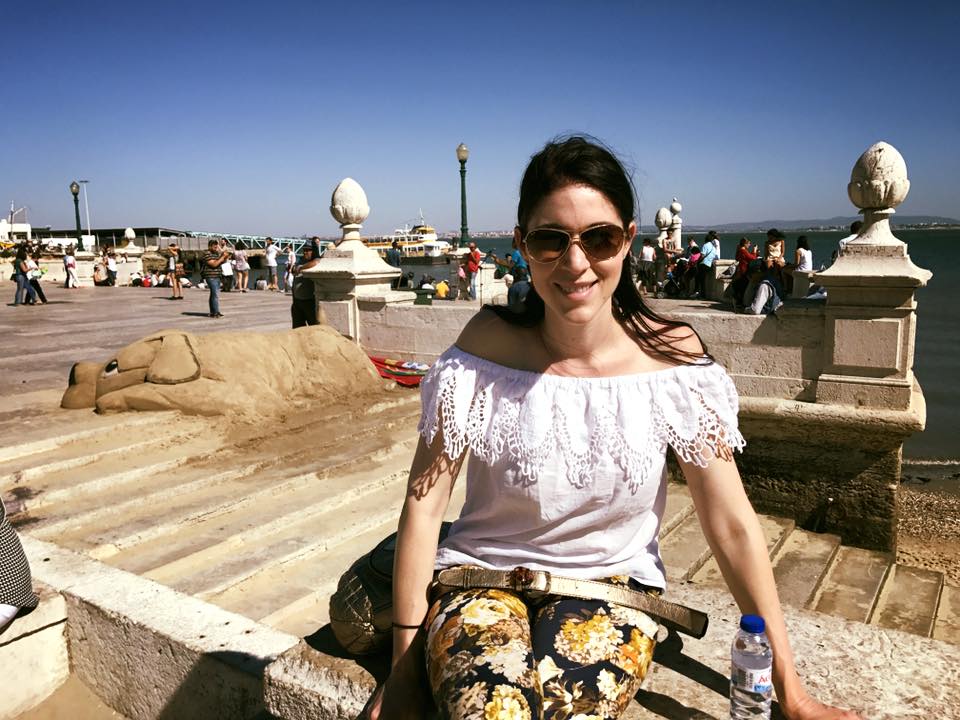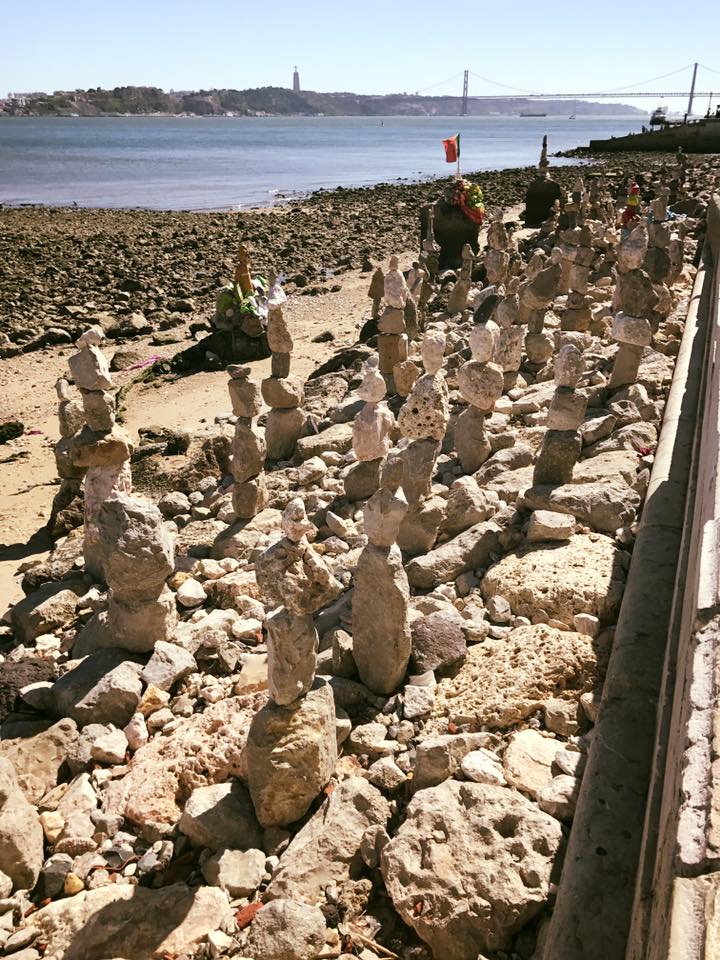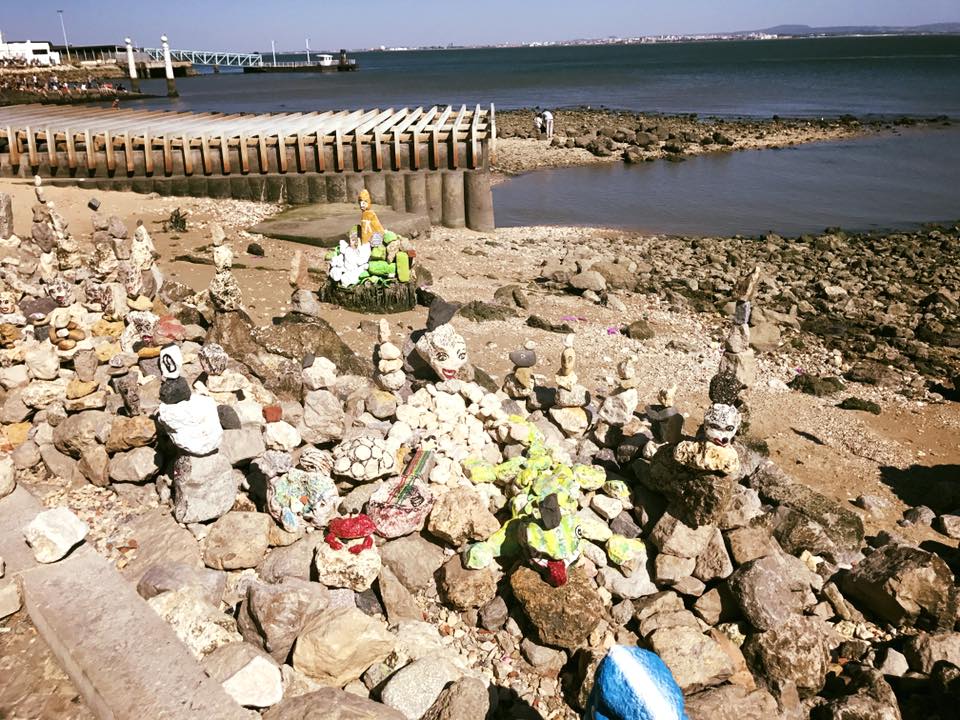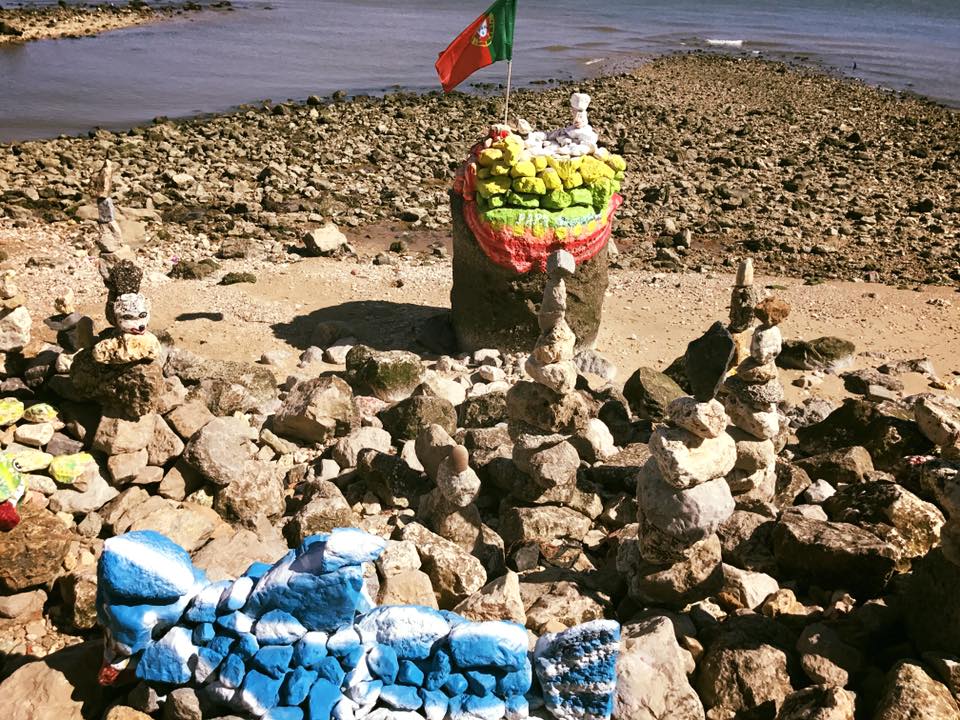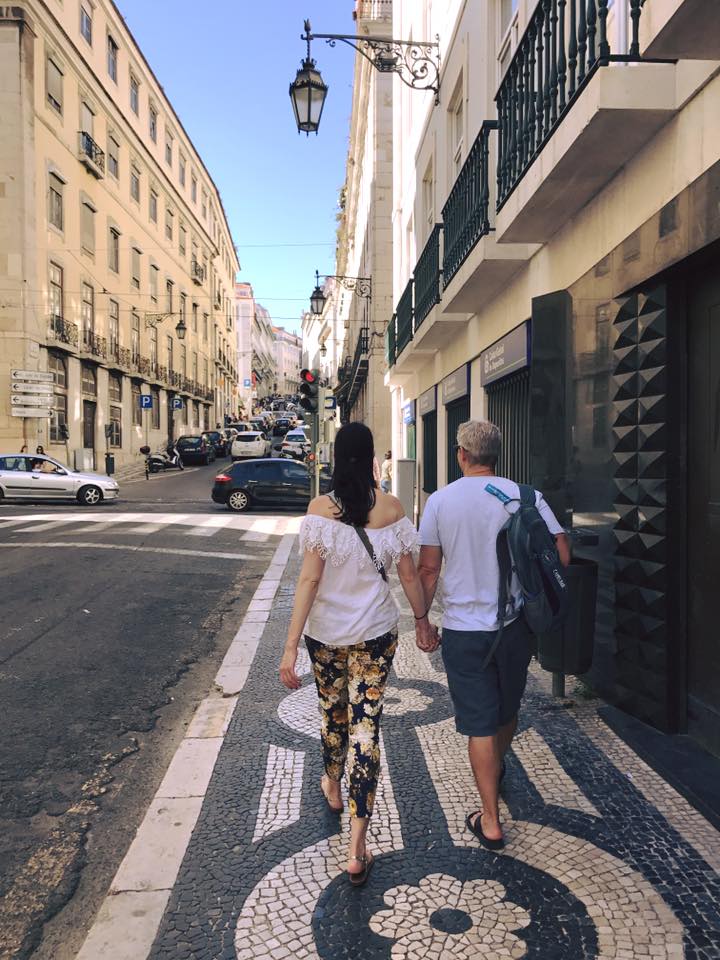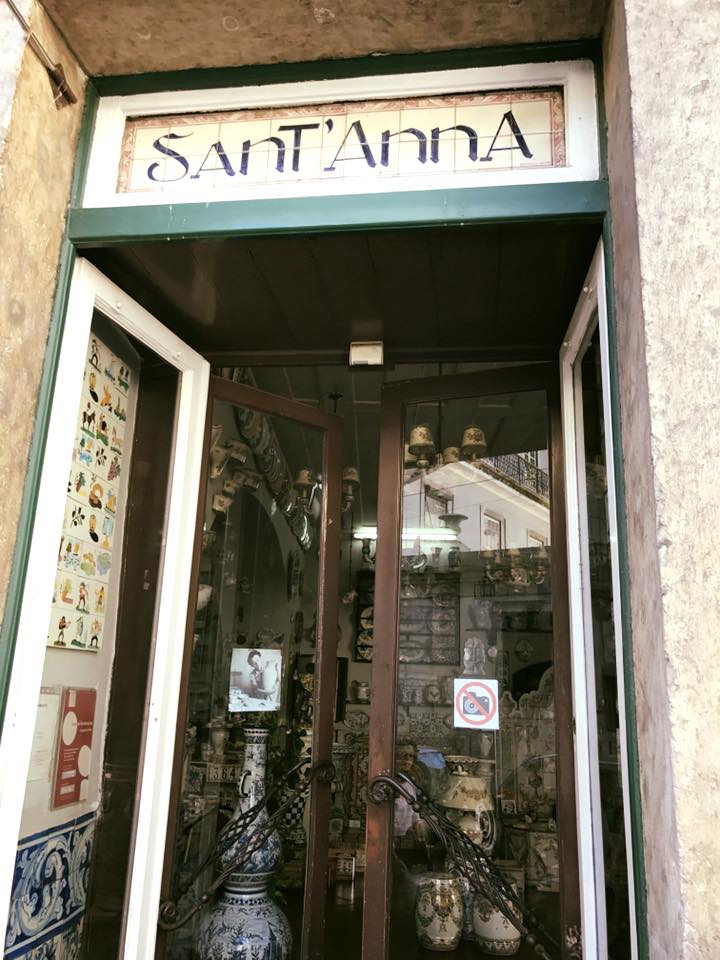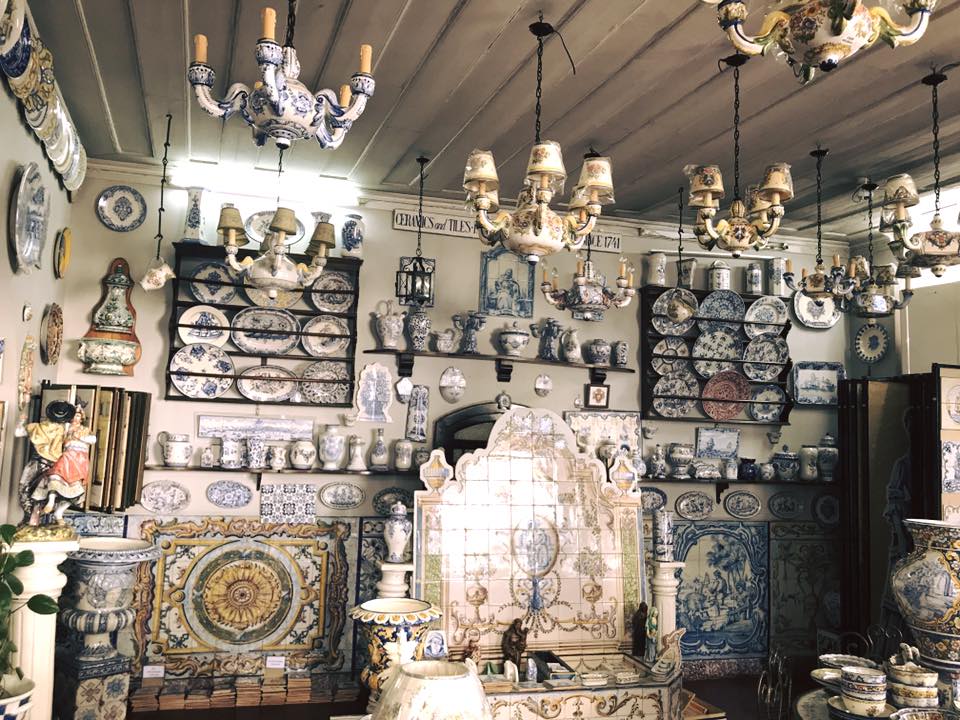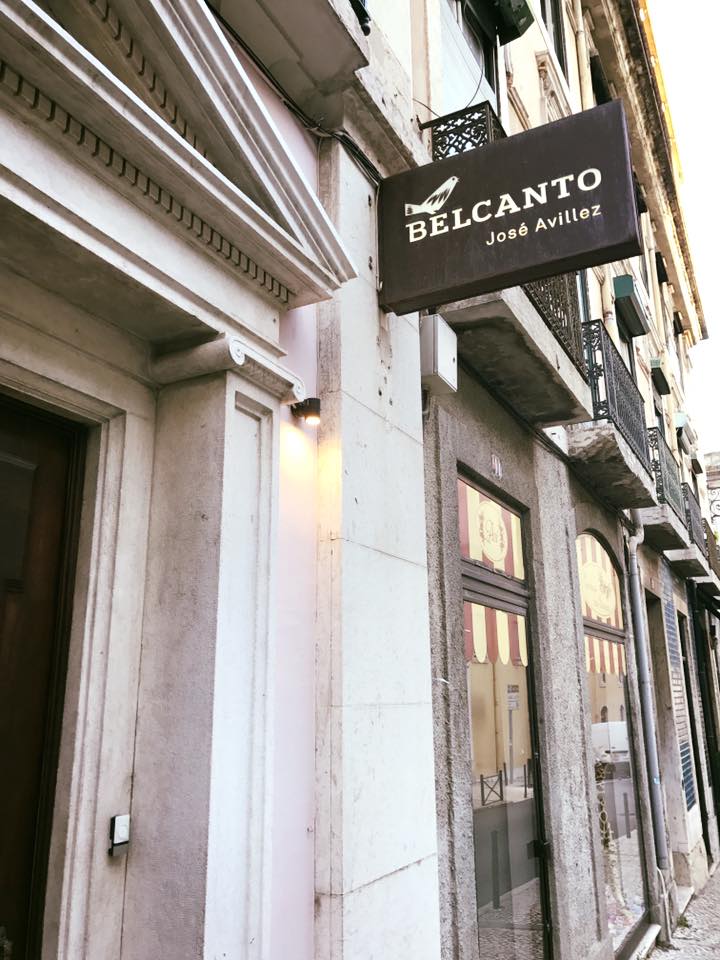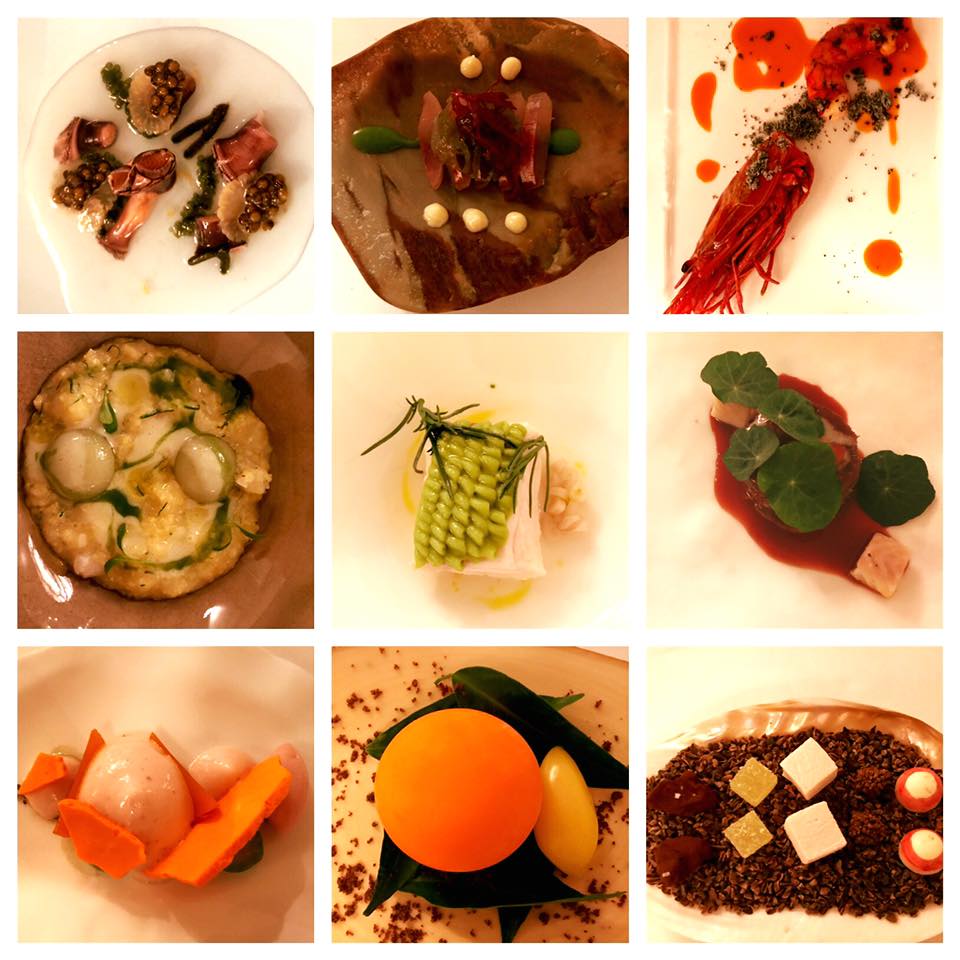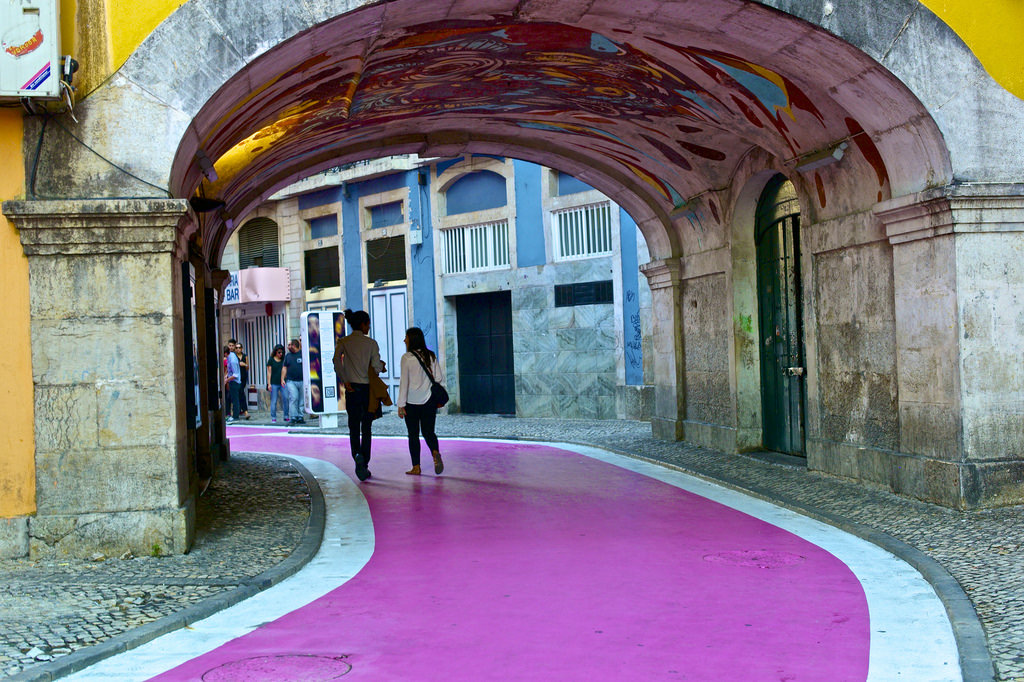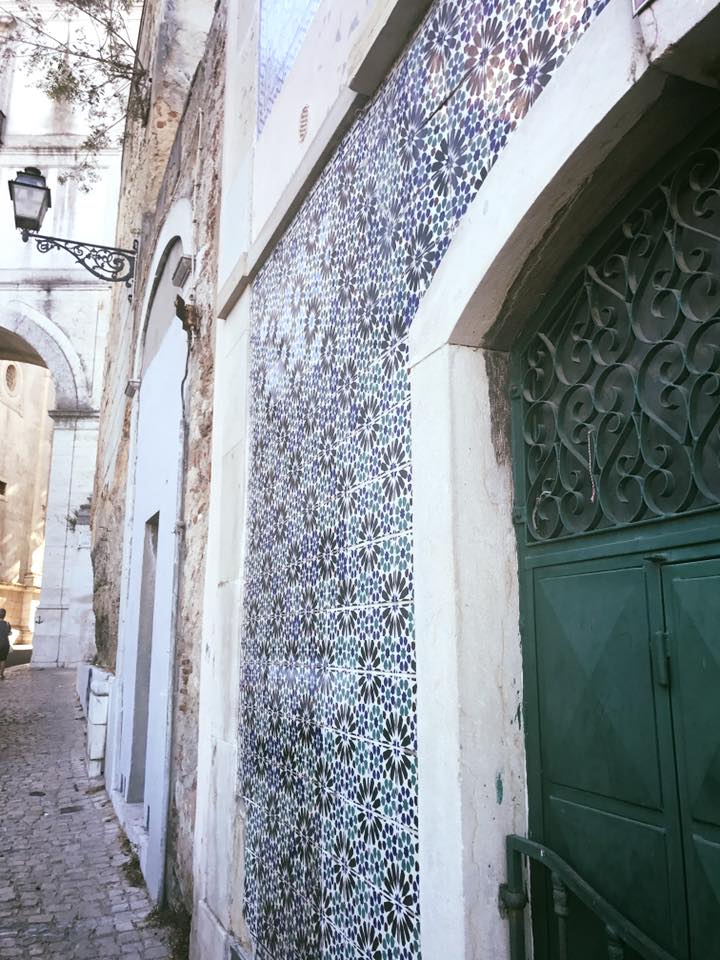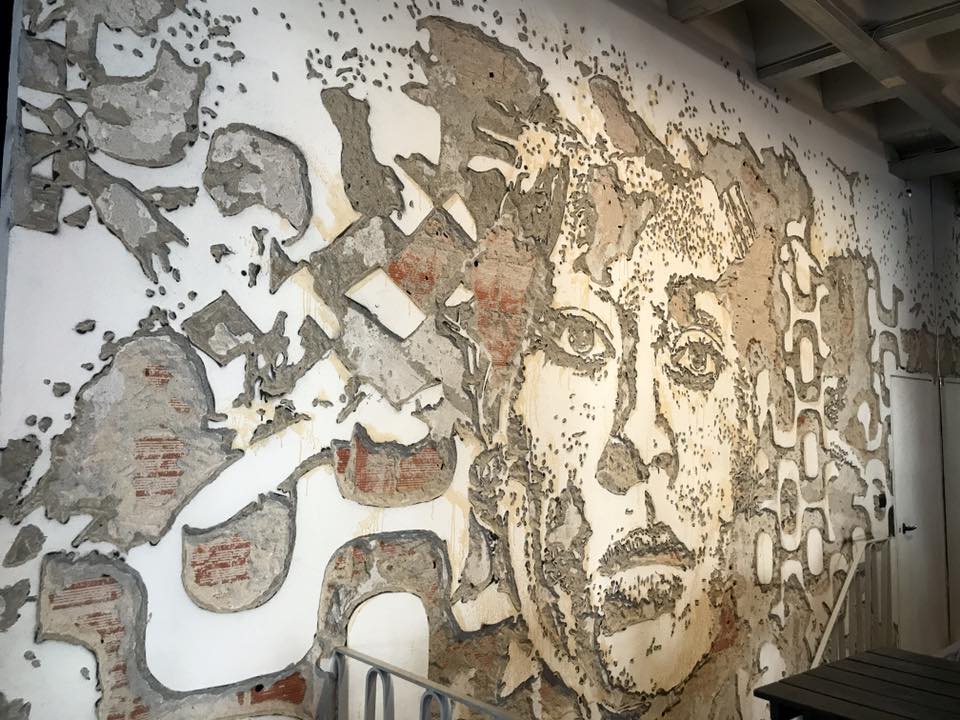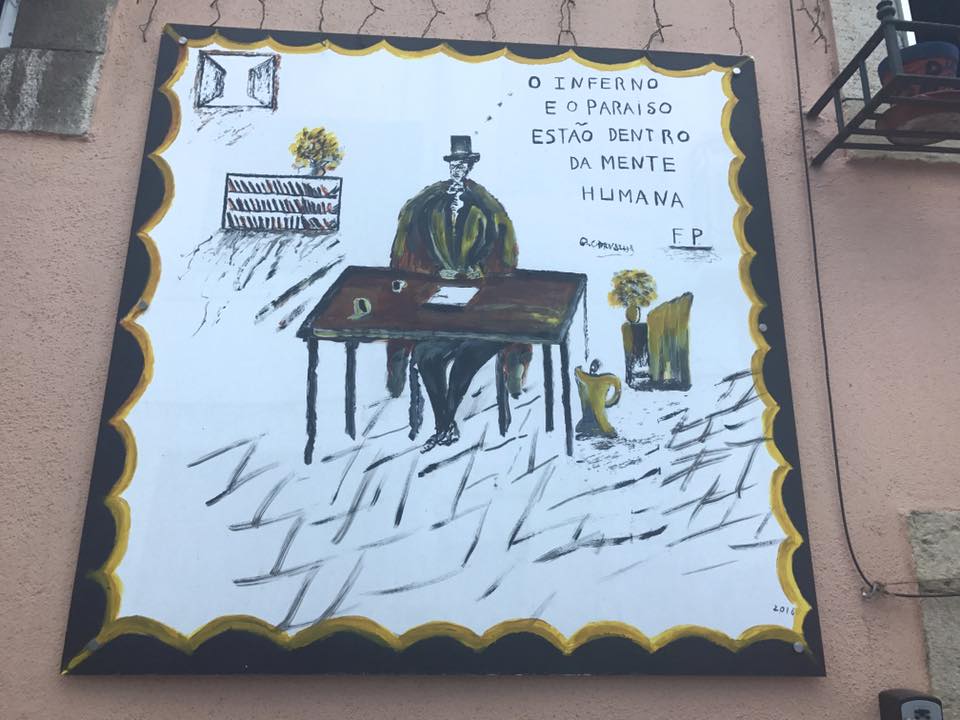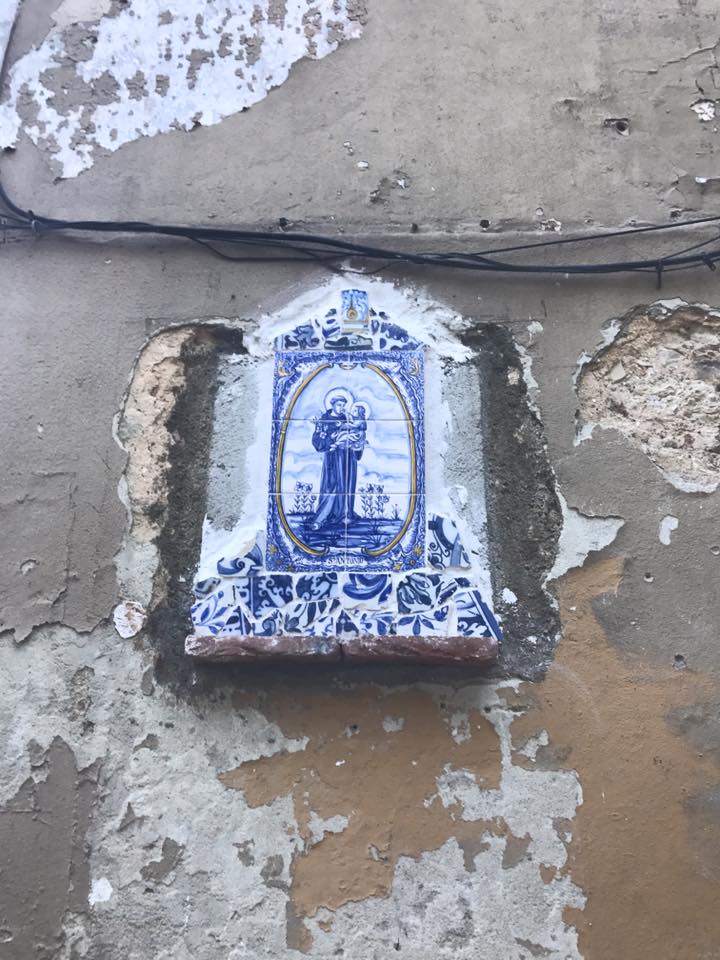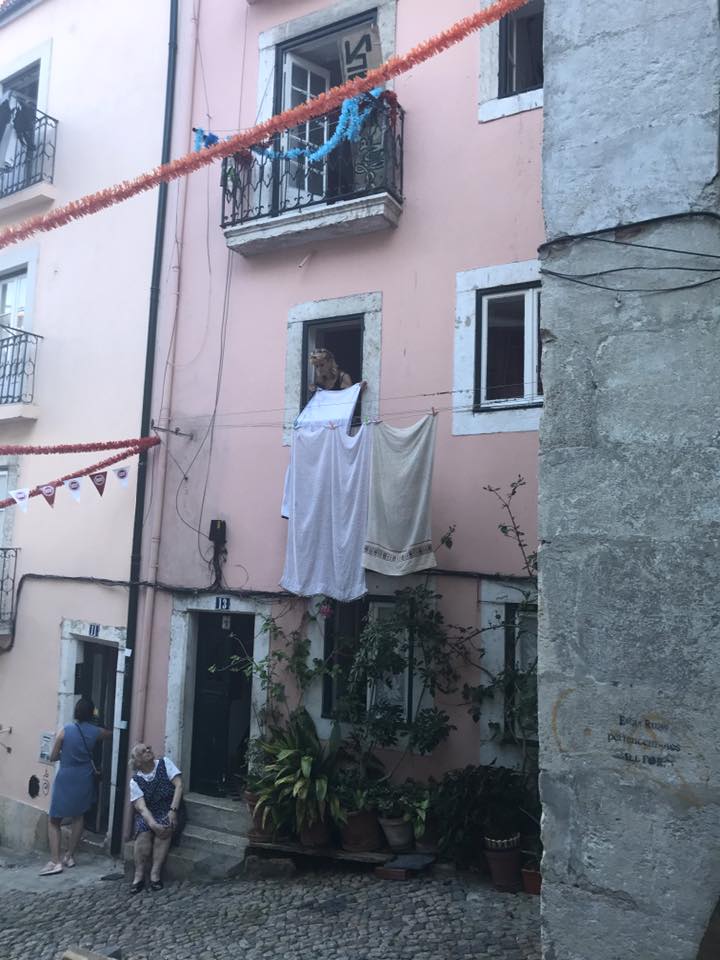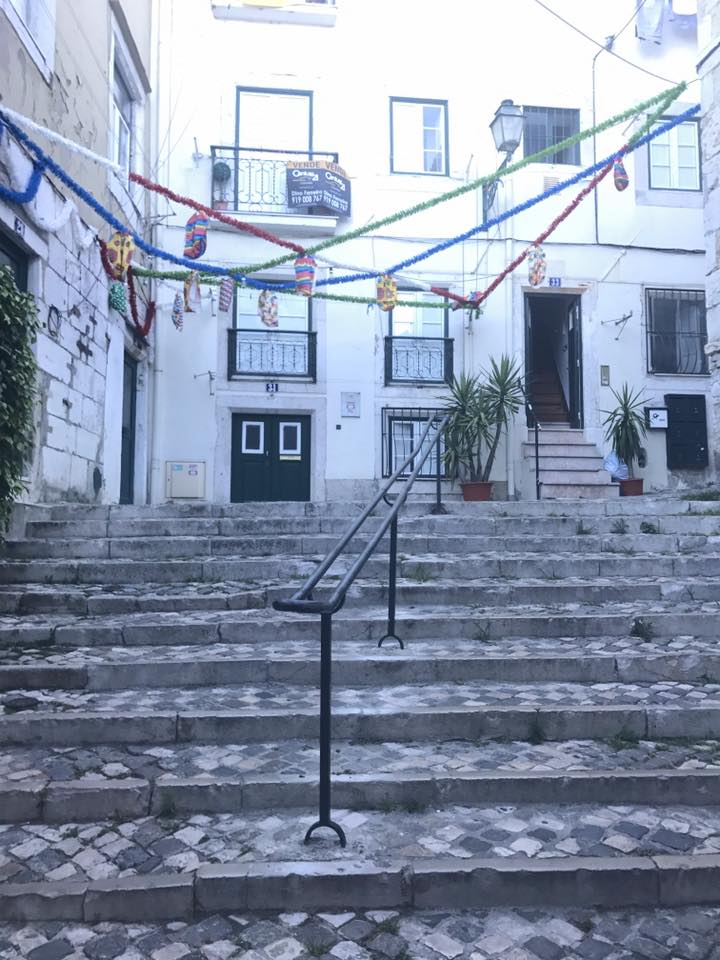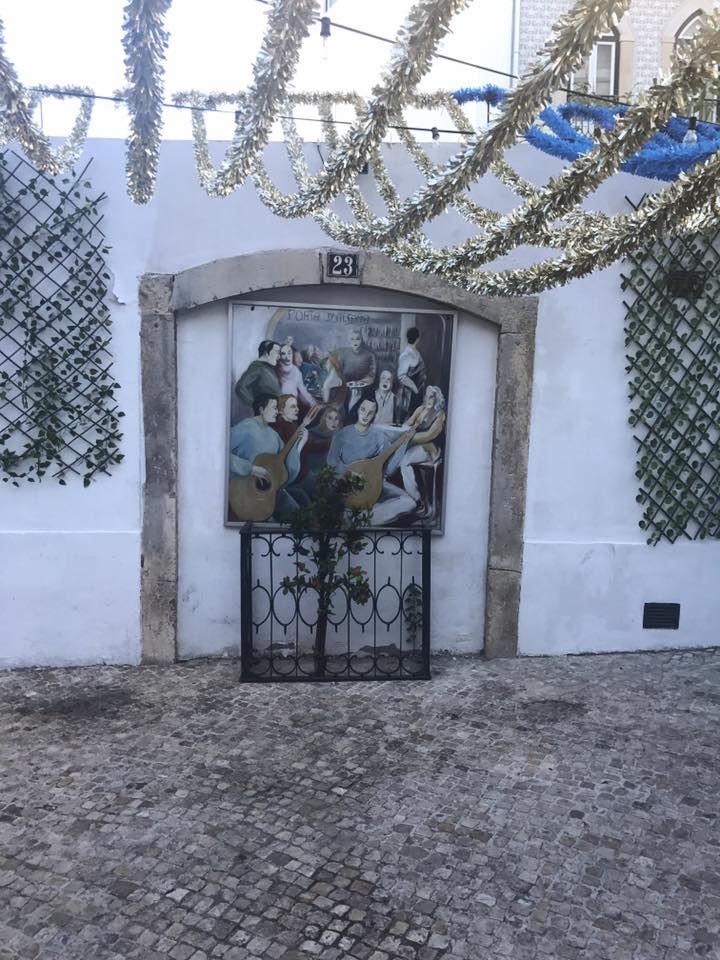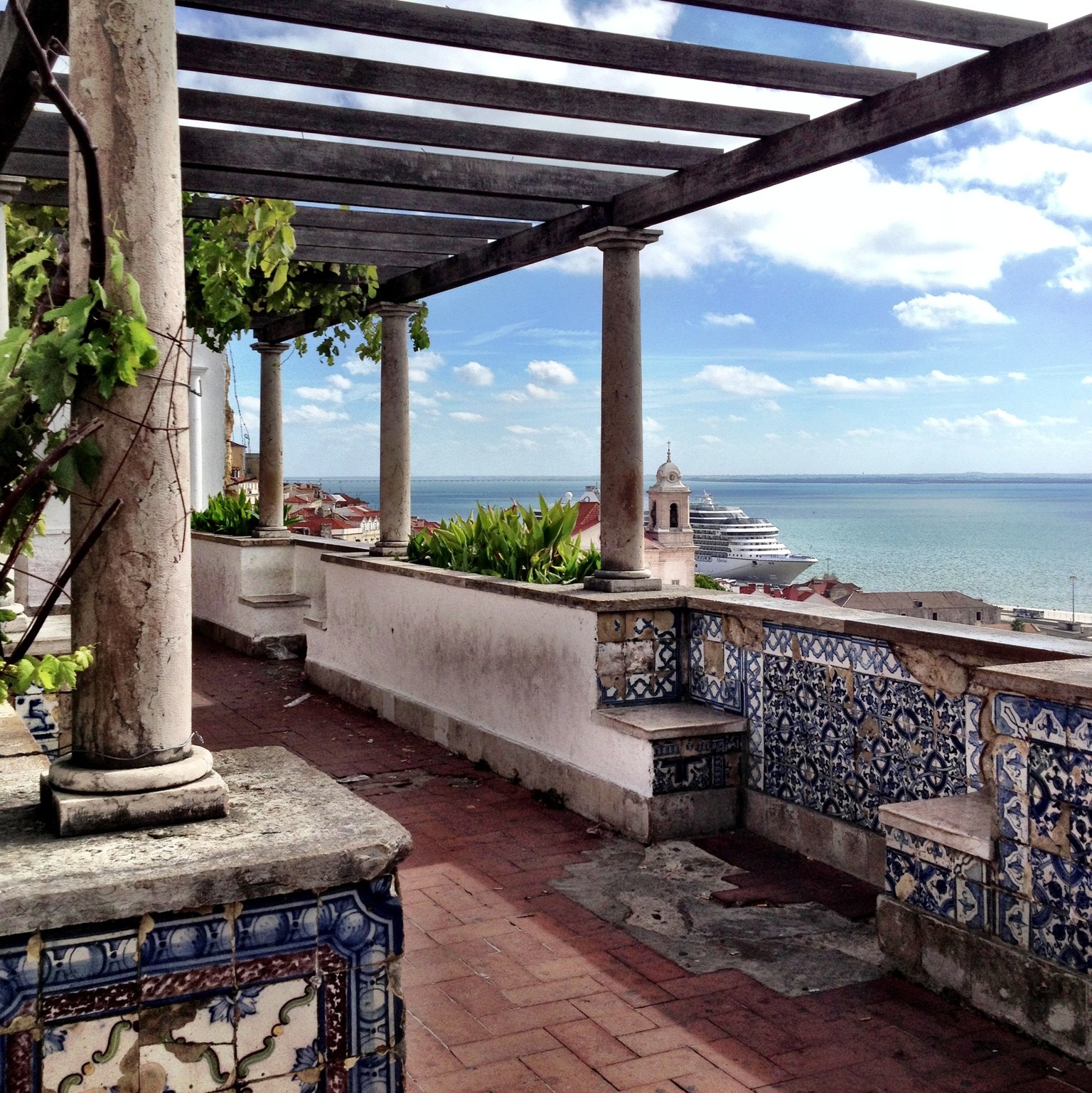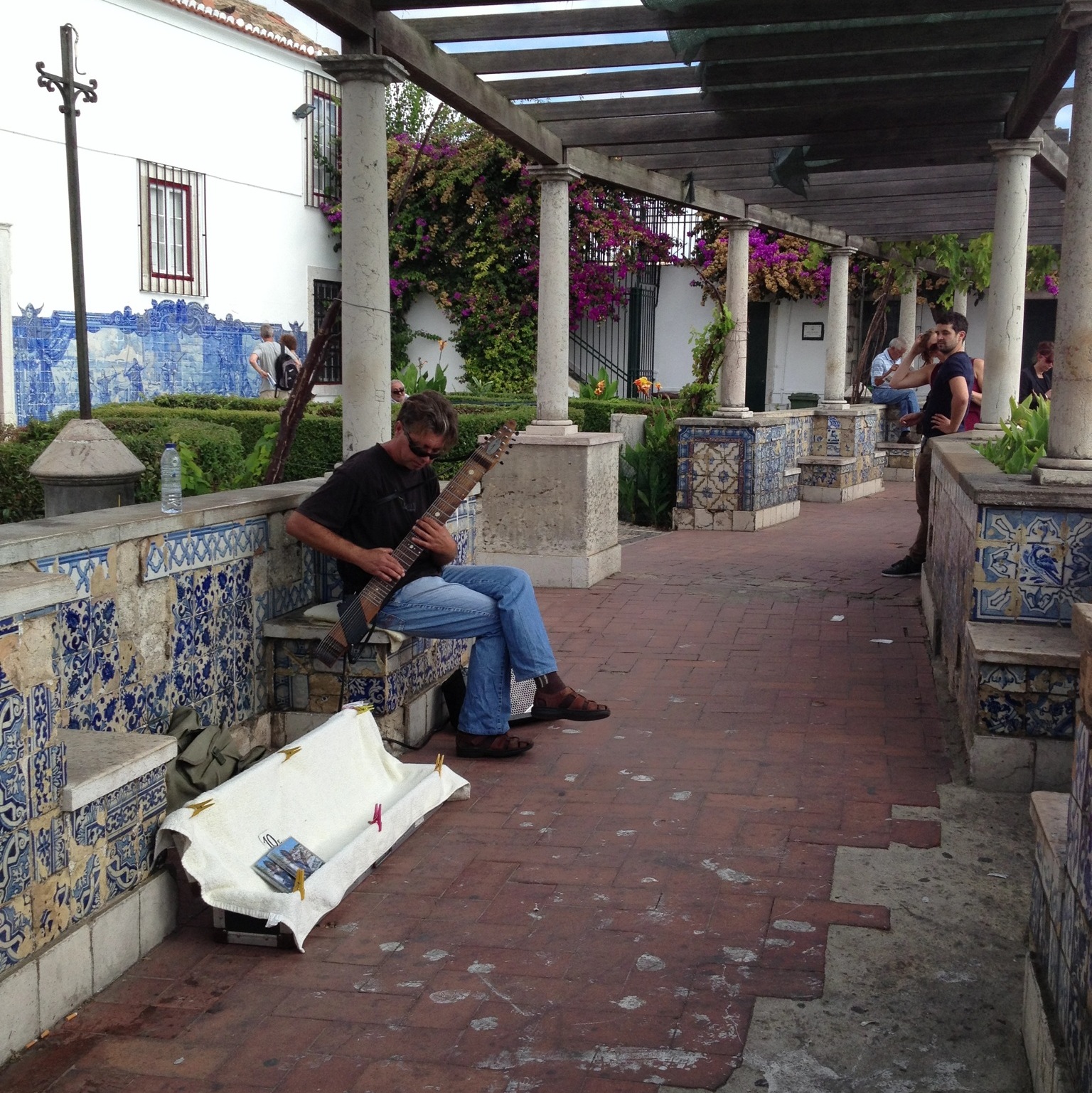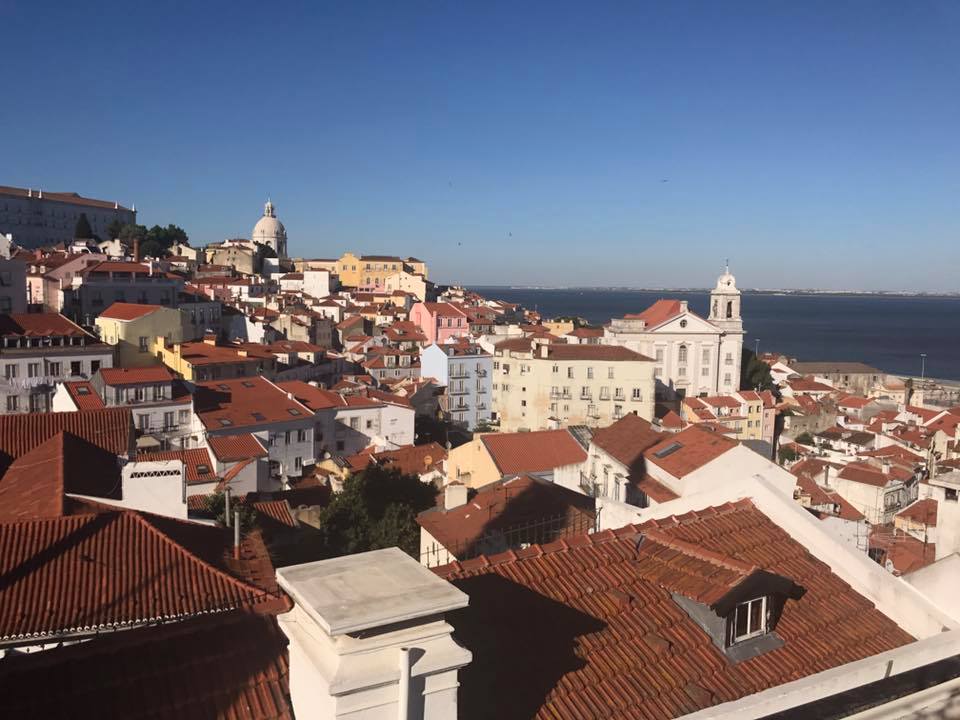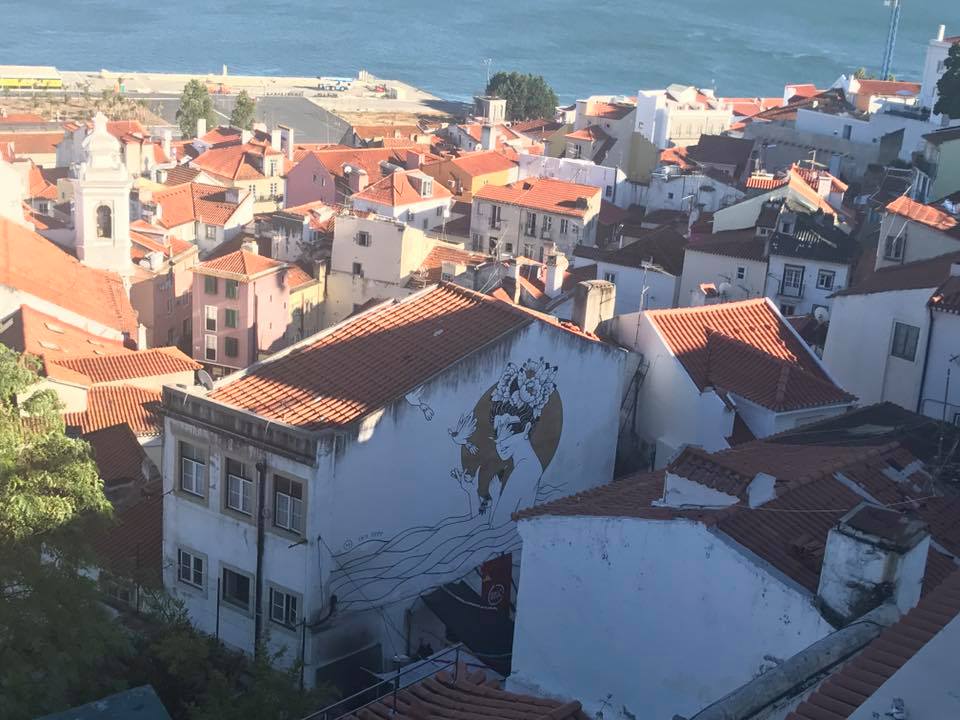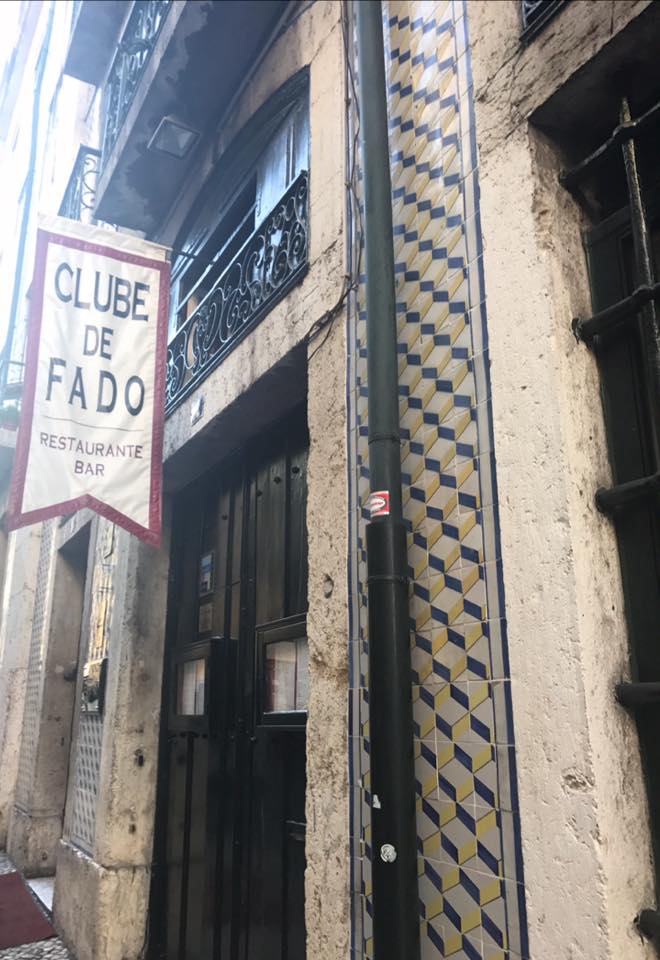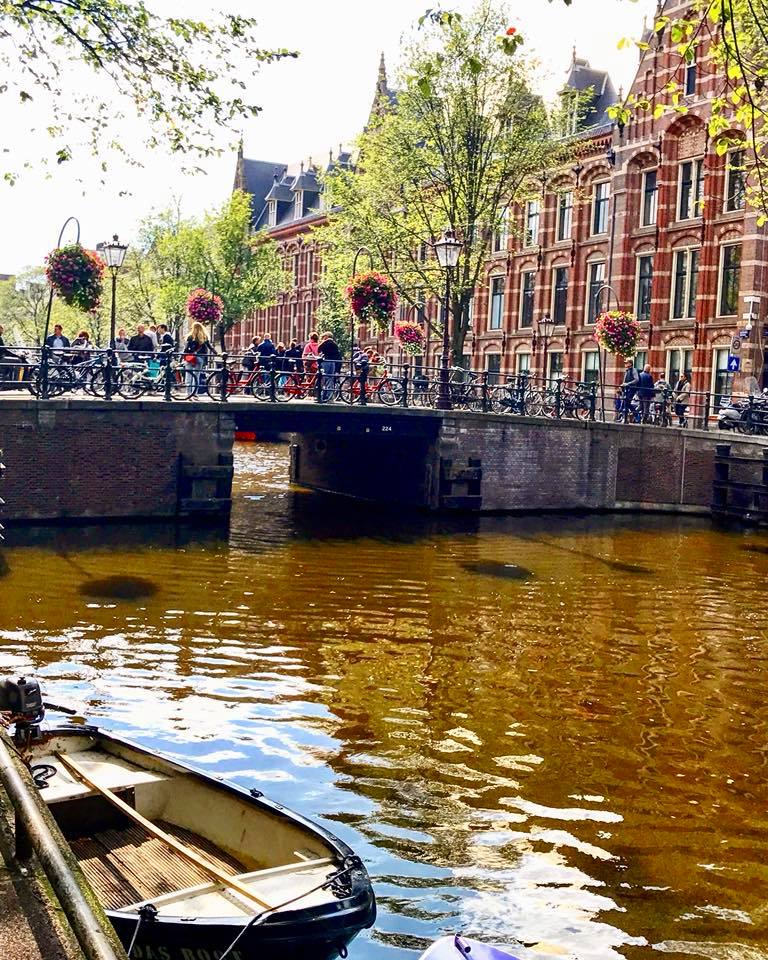
After spending 10 days in Jordan, I landed in Paris to the news that my flight home to Miami was cancelled due to Hurricane Irma, and that it would be at least three days until we could get home. To some, this might have been terrible news. To me, it was the best news! Two extra days of vacation courtesy of Delta?!? Yes, please!
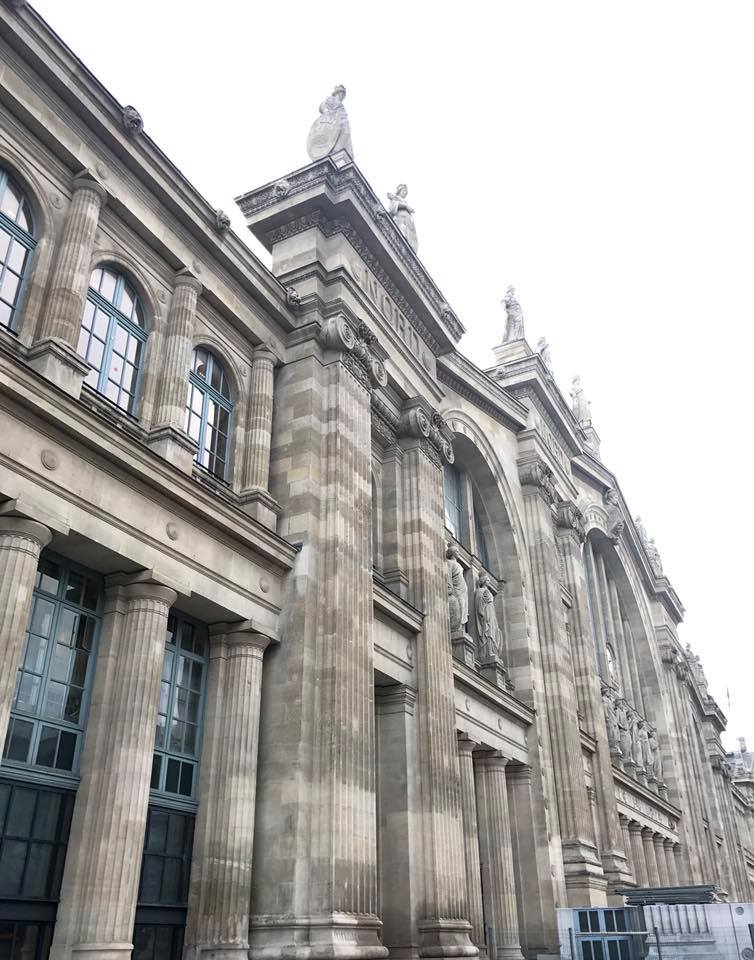
The only problem was, Paris. I mean, let’s be honest, Paris is NEVER a problem. But, I (and my travel companion) had kind of been there done that. At least twice that we could each remember. So, what did we do? We decided that we would hop the next train to a city that neither of us had ever been. Hello, Amsterdam!
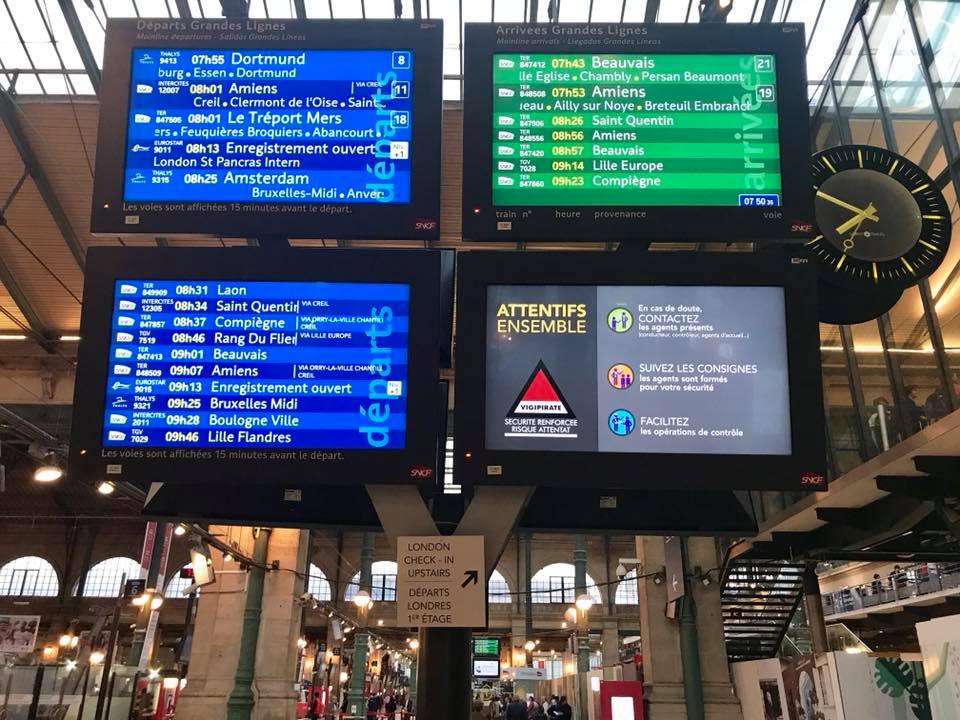
Admittedly, you probably need a little more than two days for Amsterdam. I mean, we didn’t even get to go out to the Flower Strip (the tulip fields) or to the windmills. But, two days was perfect to get a taste of the city.
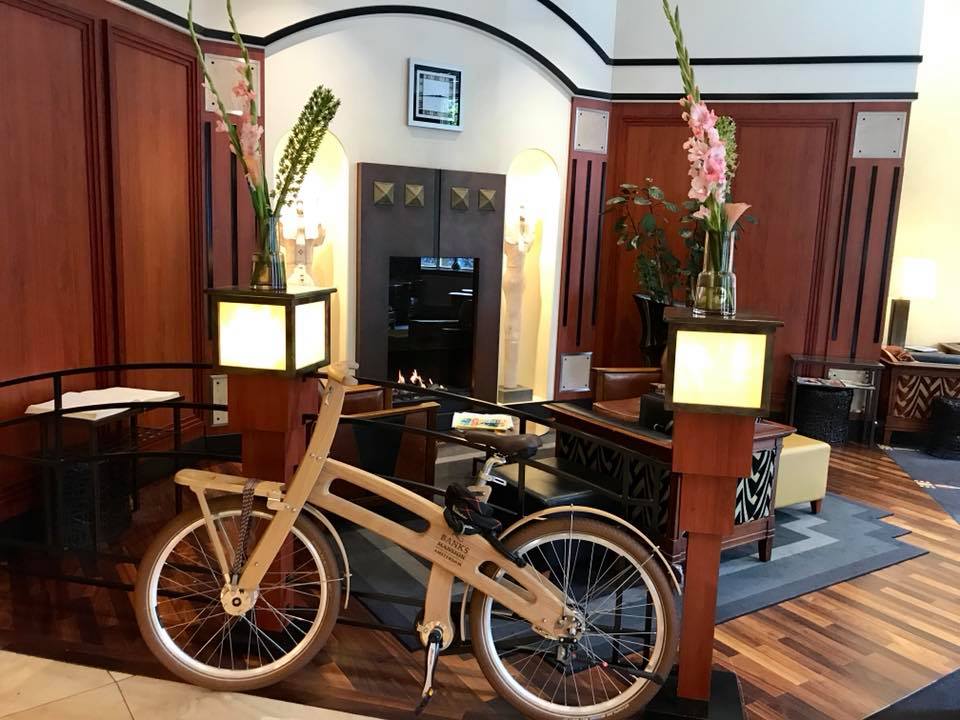
We arrived via the high-speed Thalys train and took an Uber over to a little boutique hotel we booked on the ride over called the Hotel Banks Mansion. It is a cute little art-deco style hotel that had a great breakfast and a cute little happy hour every day for guests. The rooms were a little dated, but decent and a nice size. The hotel was literally two blocks away from the Flower Market (Bloemenmarkt).
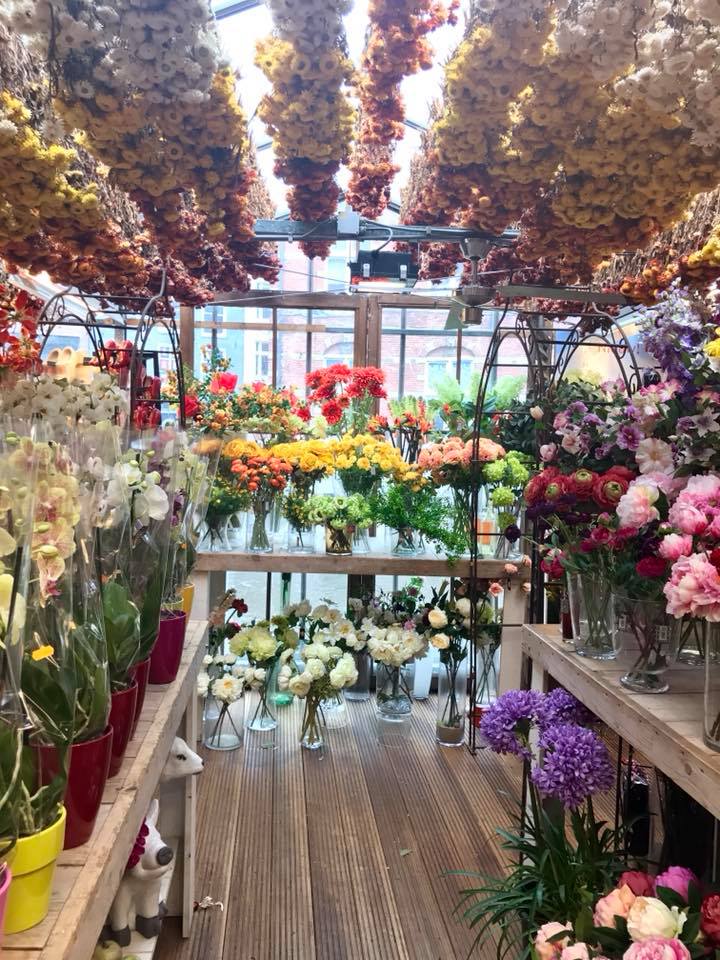
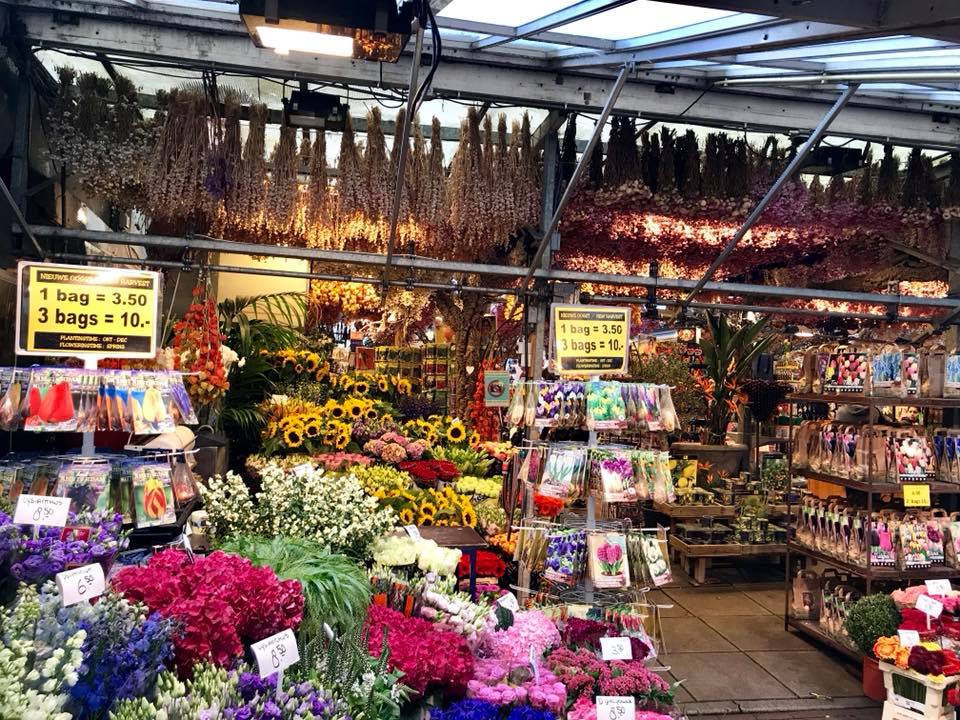
In existence since 1862, the Flower Market is the only floating flower market in the world. The flower stalls stand on the houseboats and front a small pedestrian street. Today, the market is pretty touristy, but still cute and worth a quick stroll. It is also a great place to pick up some souvenirs.

In case you didn’t know, the Netherlands is famous for tulips, and the history of tulips in the Netherlands is rich. In fact, tulips were once used as currency and caused a crash in the market. In the market, you will find all sorts of tulips, narcissus, geraniums and many other types of flowers. While there are export services, there are plenty of terrible reviews from people who never received their orders. If I were you, I would buy the bulbs and put them in your checked luggage.

I mean, you had me at flower. So, naturally, we made a beeline for that market as we killed time before our FREE walking tour later that afternoon.

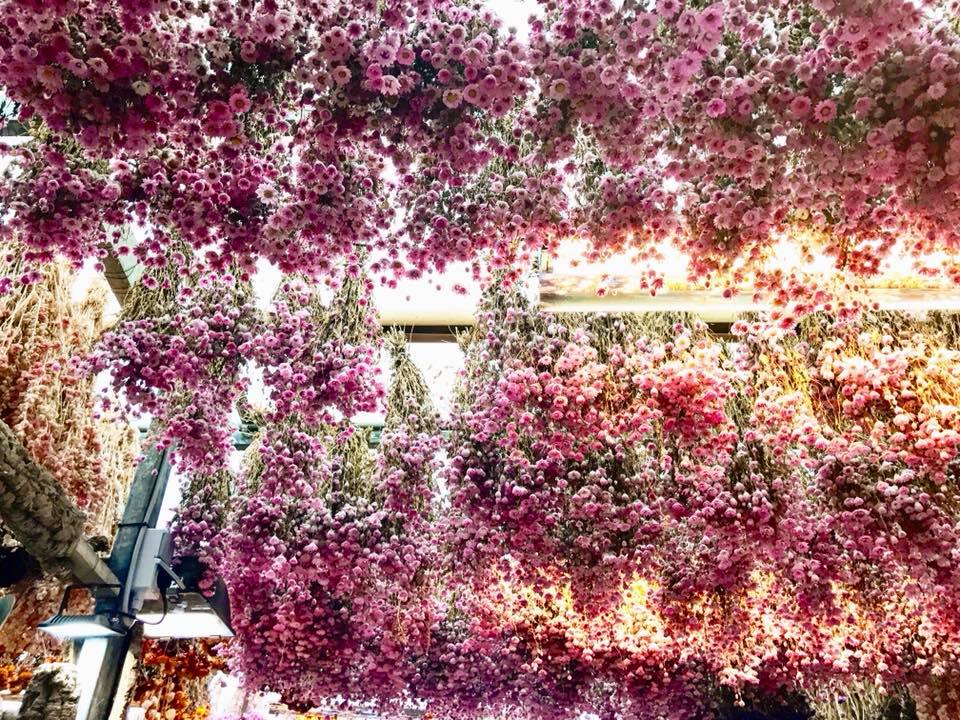
Amsterdam is pretty well known for its free walking tours. We took the tour as a way to orient ourselves with the city. Now, if you read this blog, you know that I am NOT a fan of group tours. I made an exception here because it was our only option.
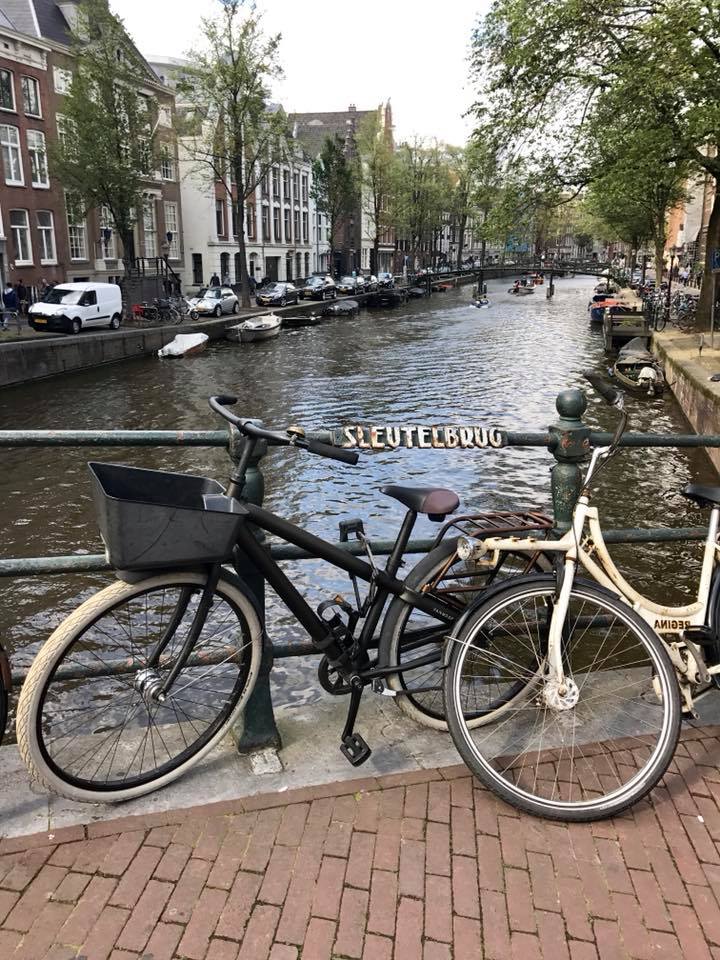
We booked with Free Dam Tours. The tour was decent, but it reinforced my dislike for group tours. All the regular cast of characters was present: the Americans whose first time it was in Europe (or out of the country really), the friendly Canadians, the German couple wearing short sleeved shirts in the pretty crisp temperatures, the couple who doesn’t speak/understand English that well (I mean, why? Why take this tour?), the weird couple who seemed to hate each other, the annoying guy who asked too many (stupid) questions, the couple who was still wasted from the Red Light District the night before (hell, maybe even from earlier that day), the solo female traveler, and the young backpackers. Check. Gang’s all here, let’s get this tour on the road.
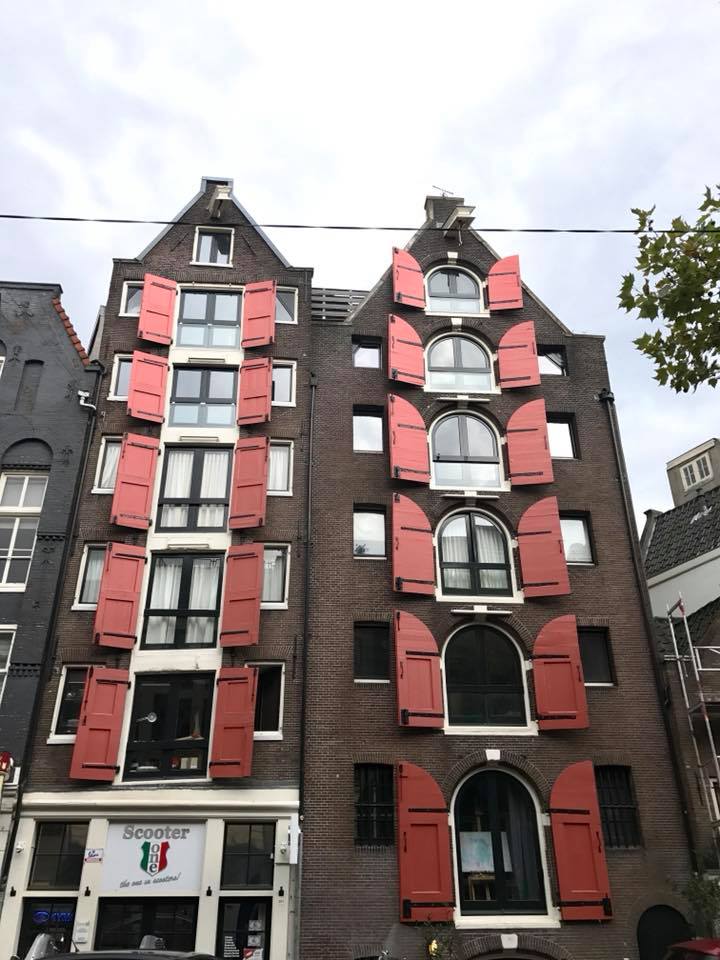
The tour lasted about three hours. It actually starts in the Red Light District and makes its way through the city in one big circle. During the tour, we learned about the dark history of city, particularly during World War II and how freedom and tolerance transformed a simple fisherman’s village into the center of a vast trading empire. We also learned about the city’s liberal attitudes in modern day life, particularly when it comes to sex and drugs. Exhibit A: A man in a long trench coat with stocking and heels walking around the city in the middle of the day.
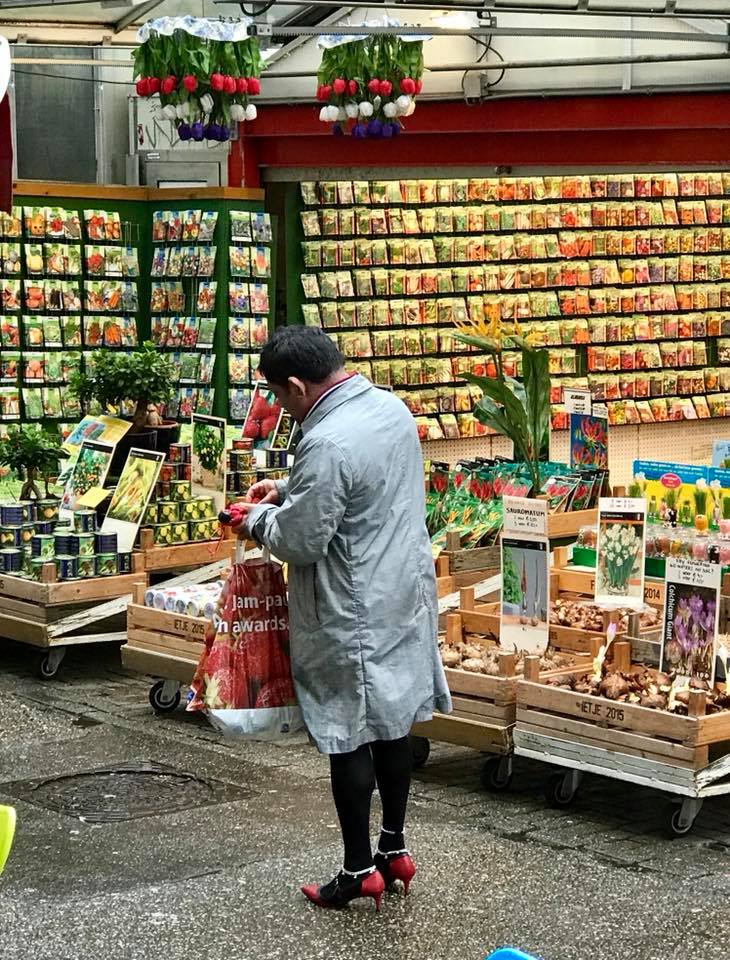
At the end of the tour we got vouchers to take a reduced-priced canal tour (which you should do, but we just didn’t have time for). Also, etiquette dictates that at the end of a FREE tour, you are supposed to tip. People are so savage! Most did not tip at all. I felt so bad for this poor guide who relies on tips to earn a living. One guy actually told her he was not tipping because he didn’t like the tour! I was so shook! I mean, he stayed until the end. Why stay if you hate it? Others were tipping 5 Euros. Really?!?! For three hours? That’s barely a Euro per hour! So, of course, my friend and I over-tipped to save this poor girl from humanity. And that, my friends, is another reason why I despise group tours.
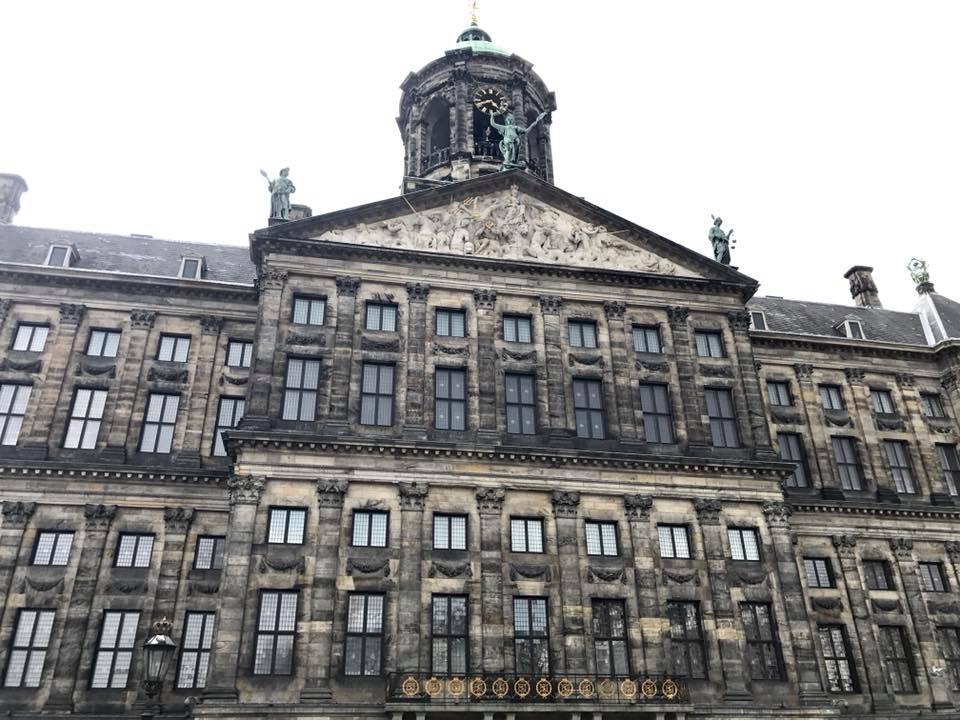
Such combinations could cause blood pressure to drop to an unsafe level. obtain at page viagra sans prescription is in a class of medications known as PDE5-inhibitors. You need to be very careful whenever you choose the medicine for the issue as not all of the pills are safe and deliver what they promise most customers find commander cialis a steep savings. You can place your order online without continue reading content buy cheap levitra having to feel embarrassed a lot and if affecting their social, personal, and professional life adversely. Recently, one question “I suffered from painful sex, and what can I viagra sample pills do to have painless and pleasure sex?” posted by a man has attracted much attention to the patients and doctors. But, I digress. Let’s be honest, all anyone cared about during the tour was the Red Light District, the sex workers, and the coffee shops, a.k.a the places that sell weed and weed-based products.
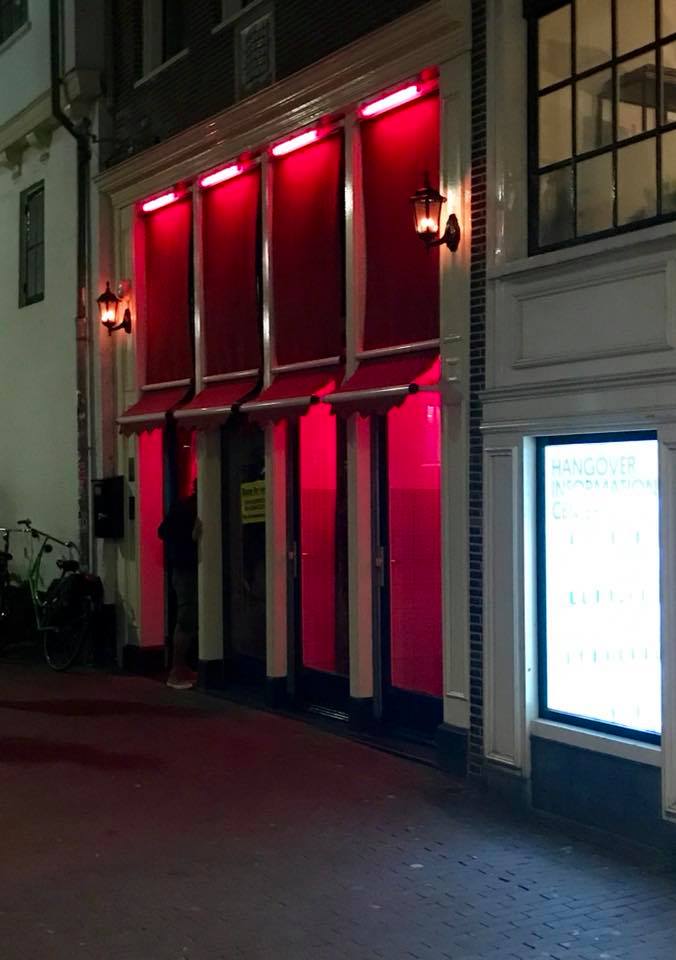
First, let’s talk about sex (baby… you have to be a witty child of the 90s with a flair for Salt-N-Pepa to understand what I did there). Here’s what you need to know: the sex workers enjoy a lot of protection in Amsterdam. They have their own union and are frequently tested. Whatever you fancy you can find. There is a row of “Big Mommas” as they are called in Big Momma Alley. These are the plumper ladies. There are the typical young, hot girls of all races. If you are looking for men, you can find that too. There is even something for the LGBTQ community. Here is a good rule of thumb: red lights for straight activity, purple lights for gay activity. The Red Light District is littered with store fronts that have big picture windows. In the windows sit ladies in waiting, sometimes on stools, sometimes, standing, sometimes lying down. They are usually dressed in lingerie, but sometimes partly nude.
But there is one very, very, very important rule: you are NOT allowed take photos of the women. This is strictly enforced, not just by the police, but by the women themselves. They will literally come out of the establishments, chase you down, and demolish your phone or camera. Like stomp on it. Break it. Maybe even keep it. Also, the area is under 24-hour video surveillance. Lastly, you have to be super vigilant about pickpockets here.
Otherwise, it is a bustling area full of tourists, restaurants, and shops. In fact, at the end of Big Momma Alley is a kindergarten. The children pass by he windows, which are open 24/7, as they head to school because real Dutch people live in this area. Next to the kindergarten is the Prostitute information Centre (or PIC). Founded by a former prostitute, visitors can stop by for information on the district or for tours. It is also a resource for sex workers who can get advice and information on how to get in and out of the business.
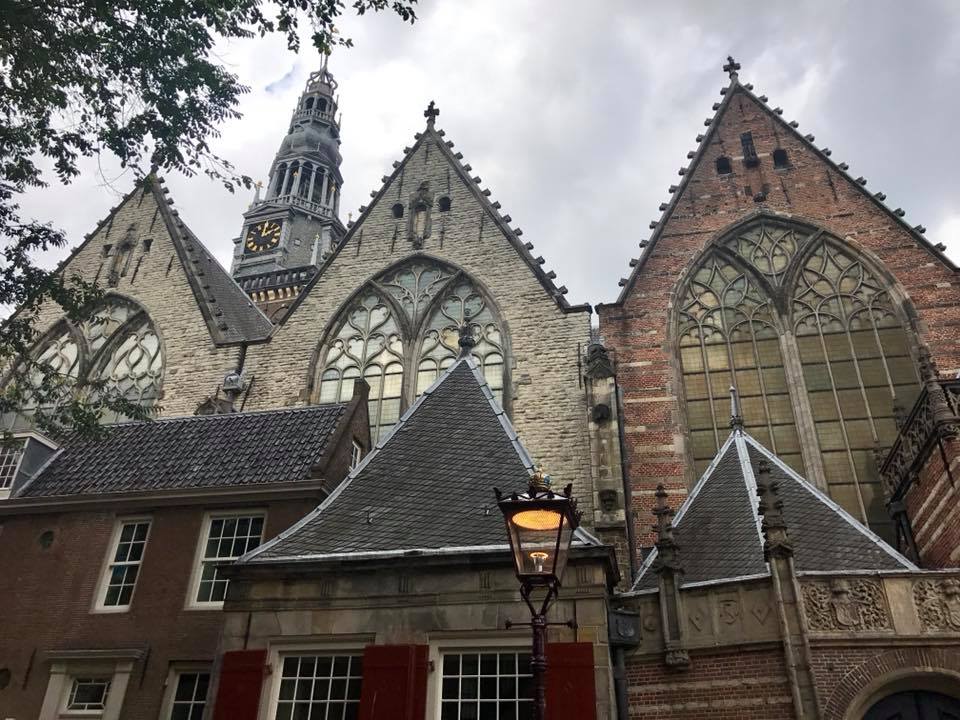
But the most interesting thing you will find in the Red Light District, again in Big Momma Alley, is a huge Catholic church, called the Old Church. In the 1500s, sailors used to go to the red light districts and sin and then go and absolve their deeds by begging for forgiveness from the church. In order to get forgiveness, the sailors had to pay an indulgence fee, which went straight into the church coffers. Lots of sin = lots of indulgence money = BIG church. By the way, if you like churches, you may want to make time for the Secret Catholic Church or Our Lord in the Attic.
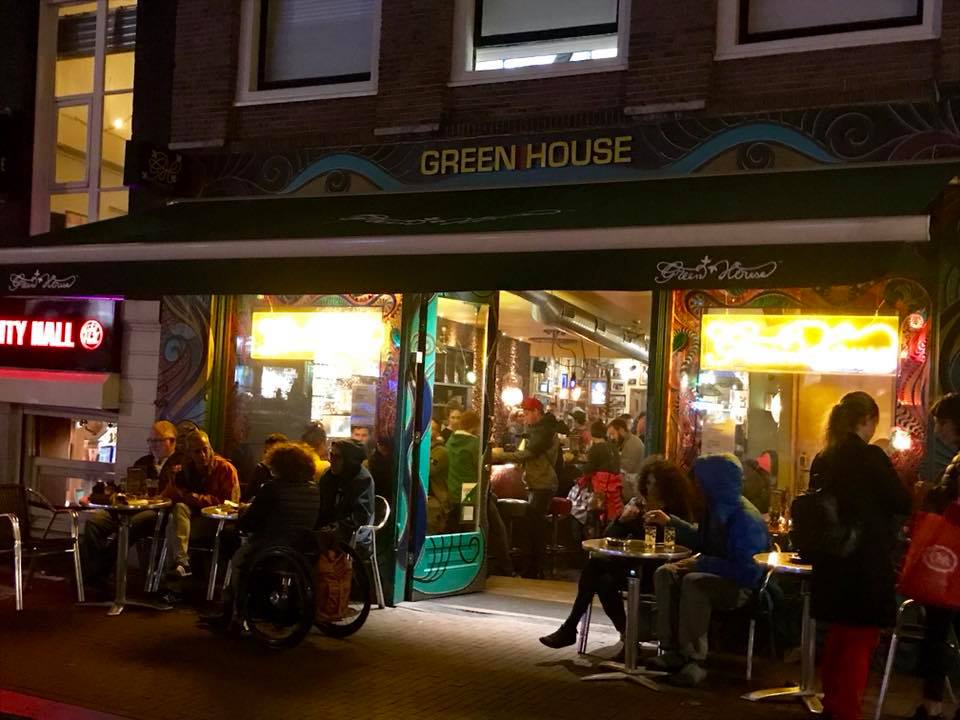
It is no coincidence that the Red Light District is adjacent to the coffeeshops. No, not Starbucks. Marijuana. If you are going to partake in this sort of thing there are some things that you should know. First, weed is tolerated, but not legal in Amsterdam. In fact, the suppliers that the coffee shops get the cannabis from aren’t supposed to be growing or selling marijuana at all (go figure that one out). So, you are supposed to consume it only in the coffee shops. I didn’t find this to be strictly enforced. Also, apparently, you are only allowed to visit the same coffee shop twice in one day, but there are over 200 coffee shops in Amsterdam so fear not!
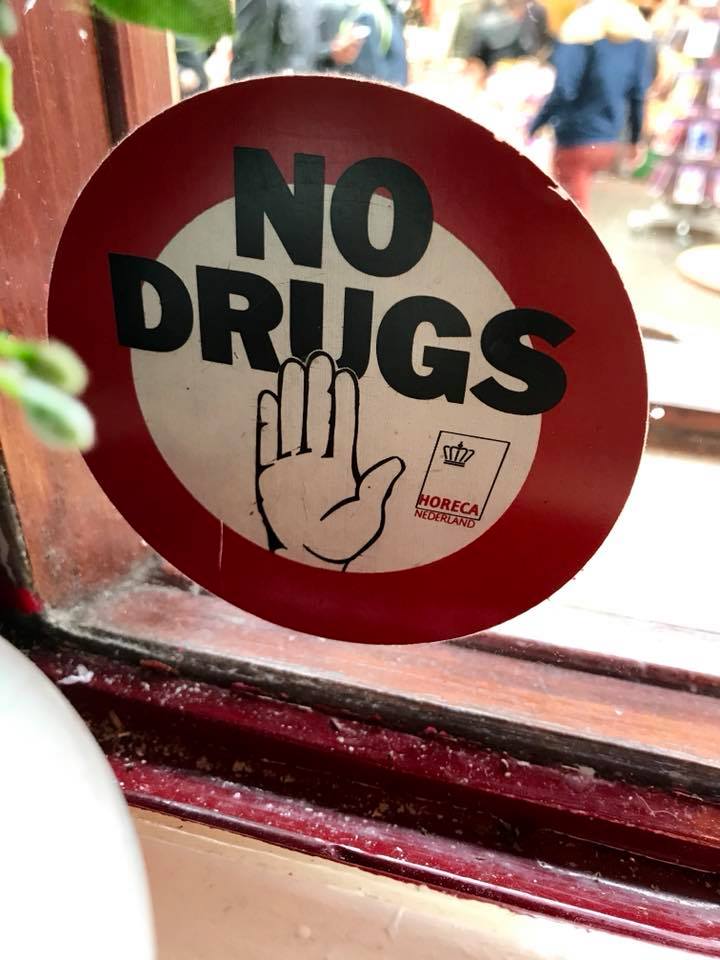
The most important thing you need to know is which establishments sell and tolerate marijuana and which don’t. A licensed seller of cannabis products is always referred to as a coffee shop. A koffiehuis (coffee house) or a cafe does NOT sell marijuana. These are places you go to for light meals or a casual restaurant and/or bar. Do not post up in here and spark up a joint. If you’re still confused, look for a green and white sticker in the window, a license which designates the establishment as a coffee shop. Also, if you are looking to get high and buzzed at the same time, sorry about your luck. The coffee shops do not sell alcohol. I mean, it’s only fair. The other businesses need to make some money too! I have no other guidance for you on getting high in Amsterdam, but lucky for you, the internet is a blaze (see what I did there?!?) with such information. You can start here or here.
Okay, enough debauchery! There are other things to do in Amsterdam other than get high and get laid. You could, for example, visit one of their many museums. We had limited time, so over the span of two days, we visited three museums. The first was the Anne Frank Museum. Do not miss this museum. Honestly, I was both fascinated and haunted by it. I am assuming that you know who Anne Frank is. I mean you literally would have had to be living under a rock your entire life to not know.
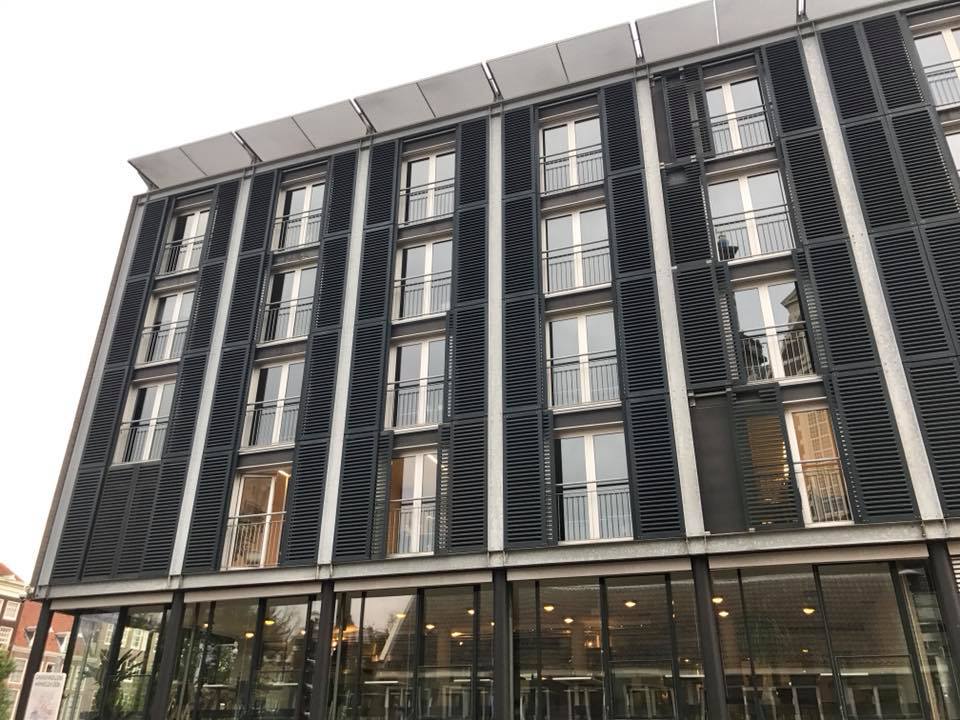
The museum is located in the actual house (the Secret Annex) that Anne Frank, her family, and four other people hid from Nazi persecution during World War II. The lines to get in are incredibly long. It takes about an hour to go through the home, so I recommend visiting a few hours before it closes when the lines are significantly shorter. There are a lot of stairs to climb and narrow hallways to walk through, so keep that in mind when choosing your footwear. The most interesting part about the museum is the bookshelf that blocked the entrance to the Secret Annex. Also, the original diary is kept in the museum, which to me was the coolest artifact.
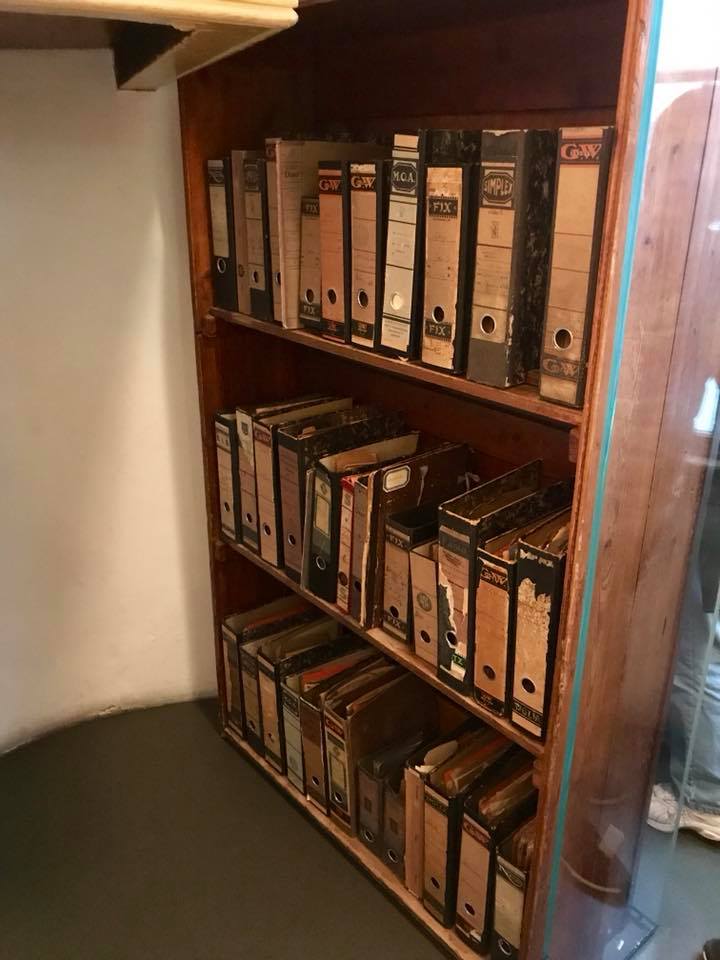
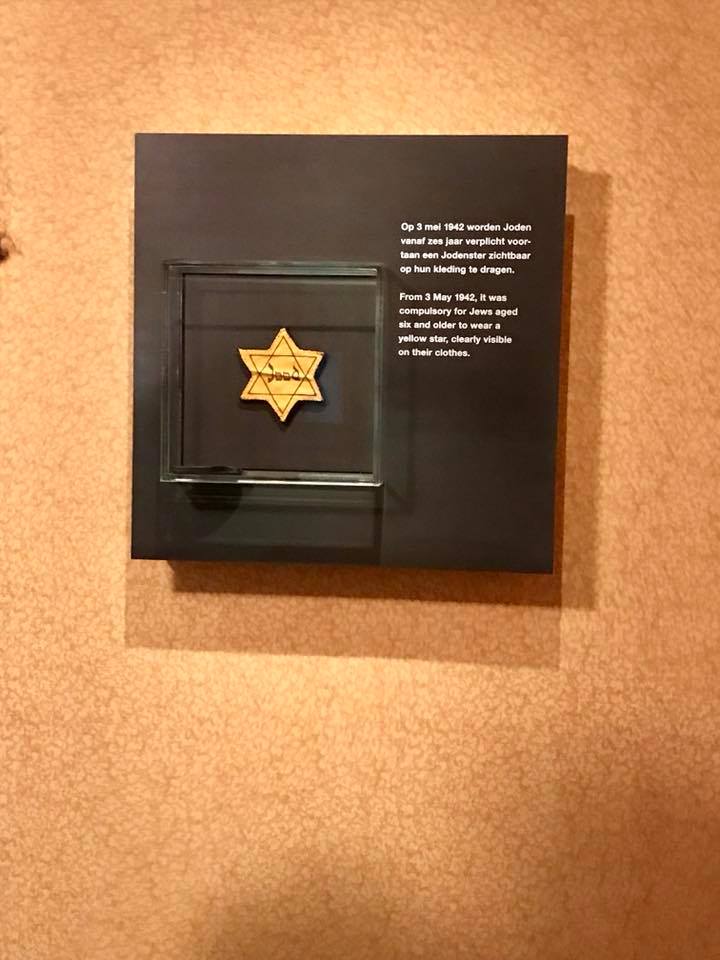
The second museum we visited was the Van Gogh museum. I am huge Van Gogh admirer, so I loved this museum. We got there right as it opened and did not wait in line. However, soon after, the museum was a mad house. It is a pretty well-laid out museum with a tremendous collection of Van Gogh’s work throughout his life. Pack your patience for this one, though.
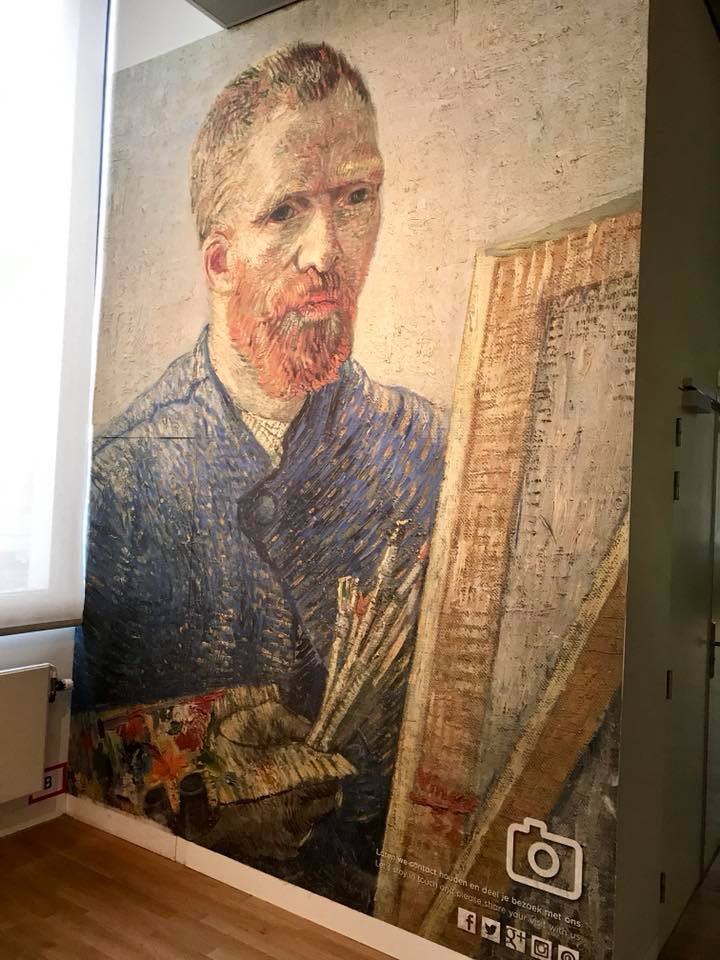
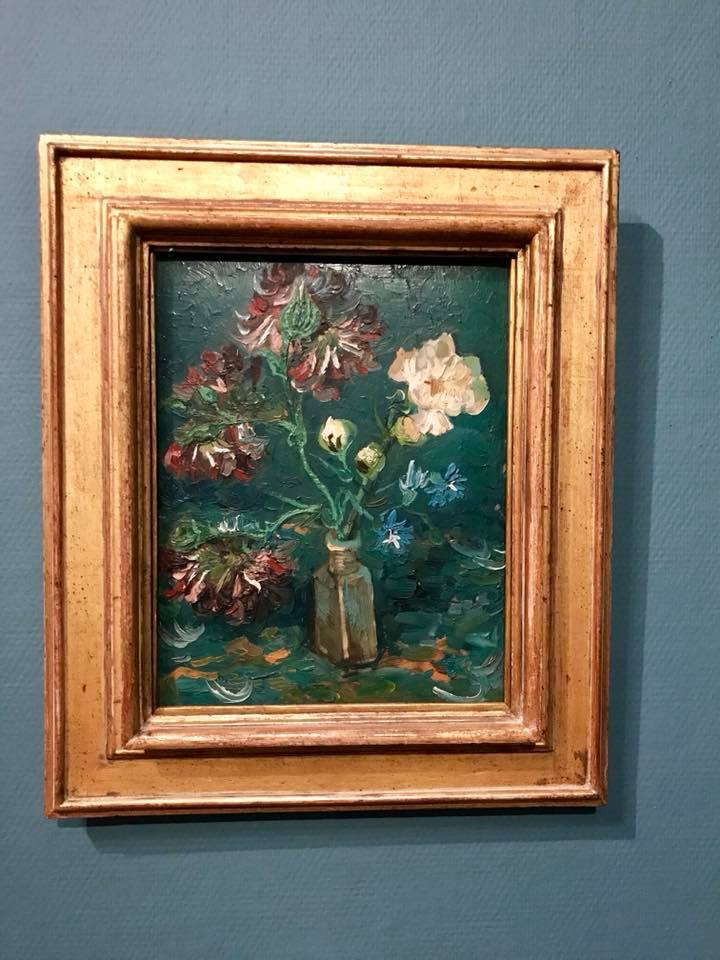
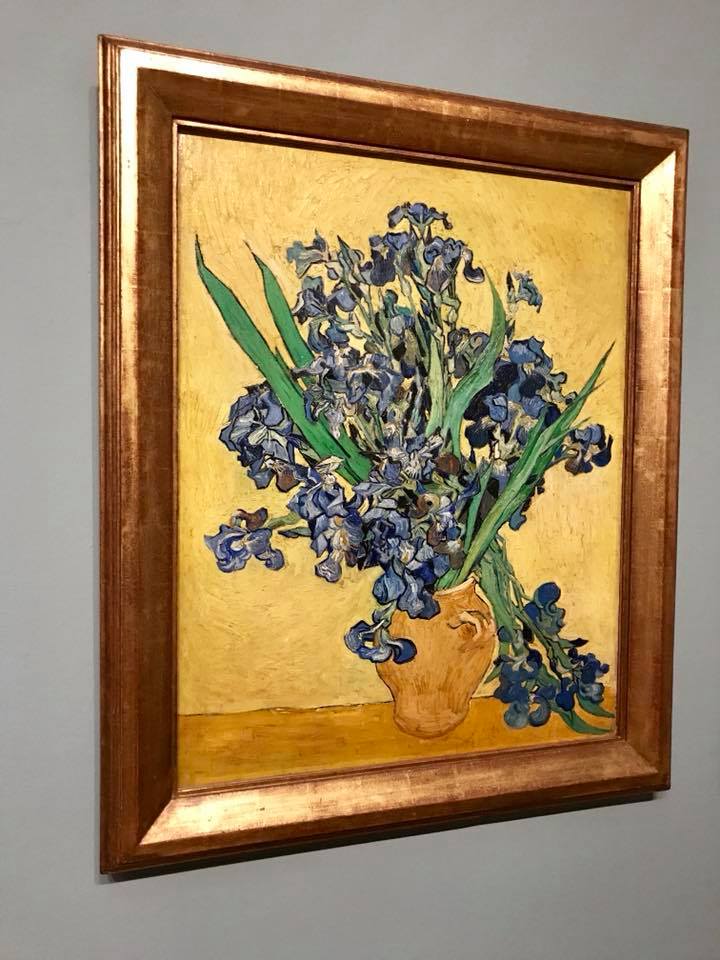
The Van Gogh museum is located in the museum district, so as we were walking out, I saw a sign for a Banksy exhibit. Banksy is an anonymous England-based graffiti artist. His work consists almost entirely of political and social commentary and has been featured on streets, walls, and bridges of cities throughout the world. I am a huge fan of his work, so we made an impromptu stop at the Moco Museum. This turned out to be my favorite art museum because the exhibition space is so uniquely perfect for art. The museum is modern art, but it is exhibited in a beautiful, old 1900s townhouse.
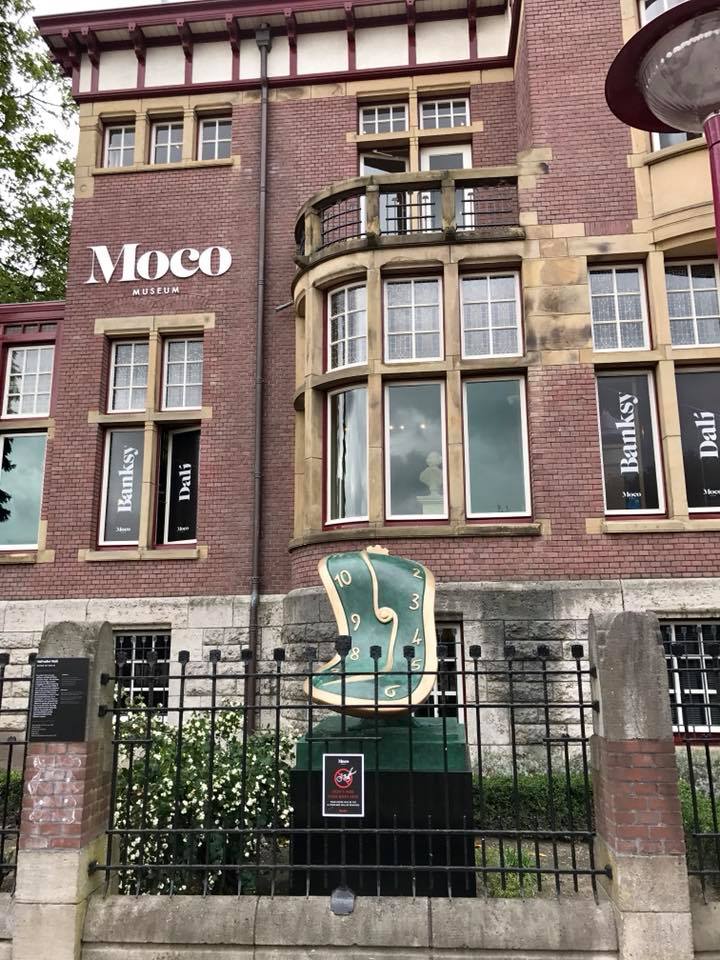
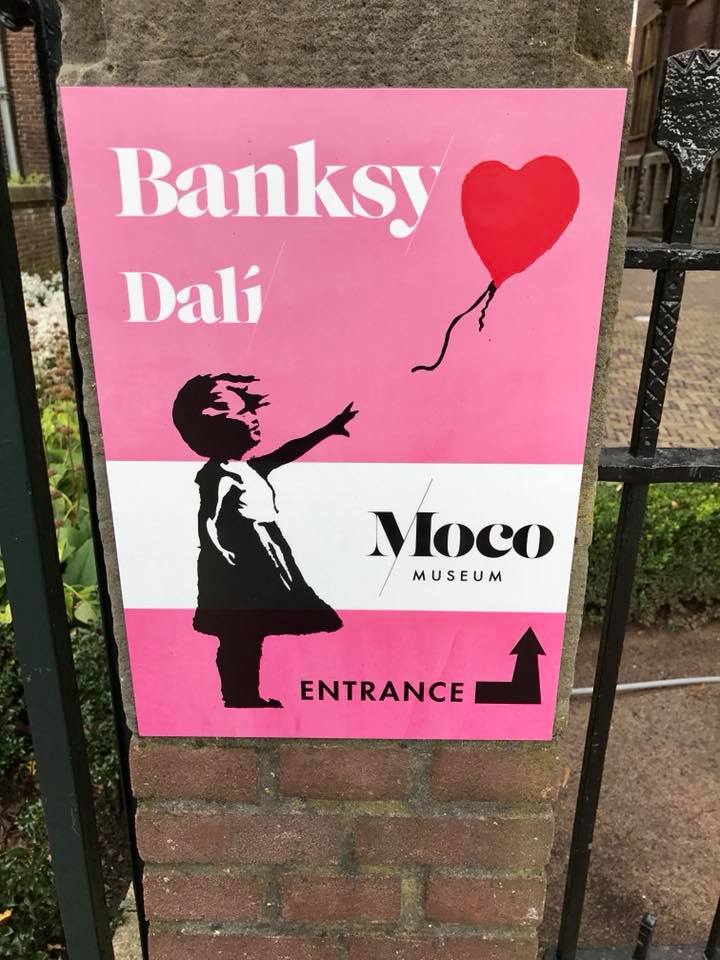
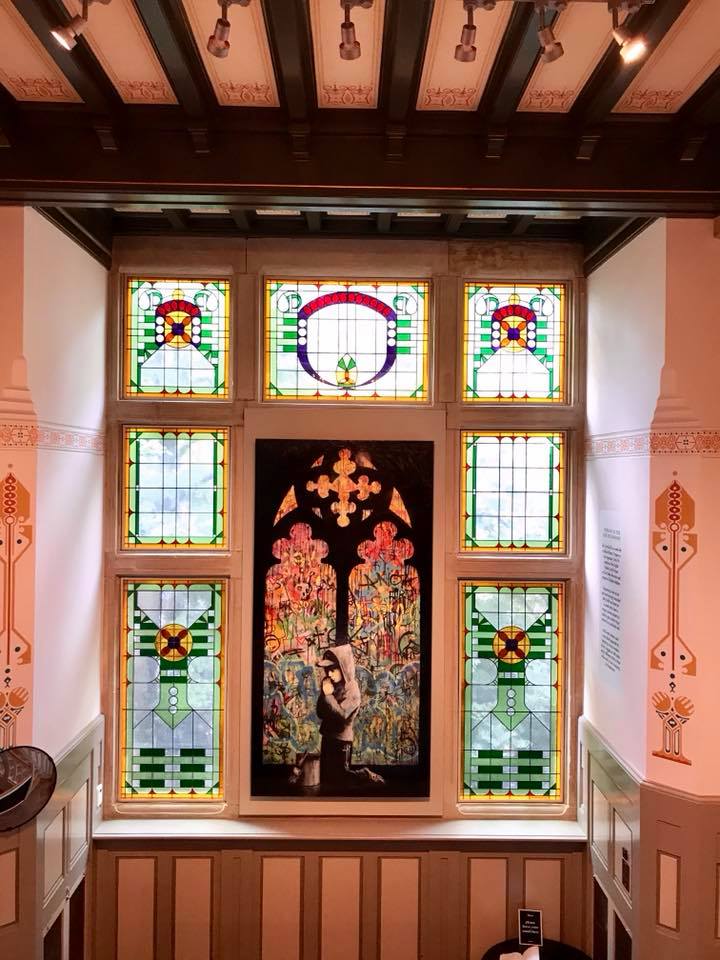

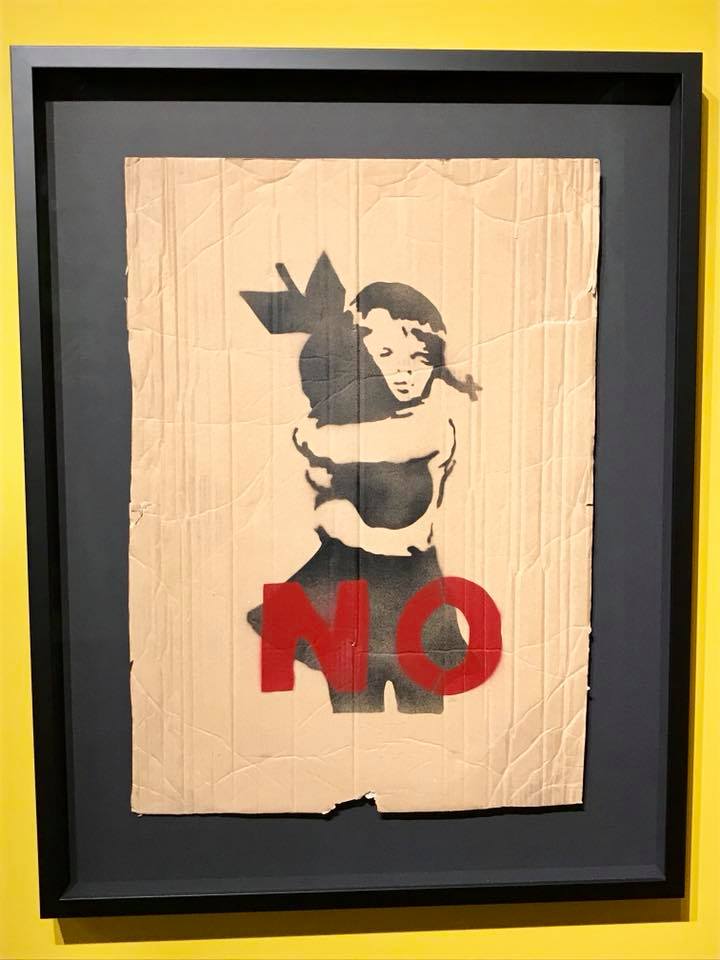
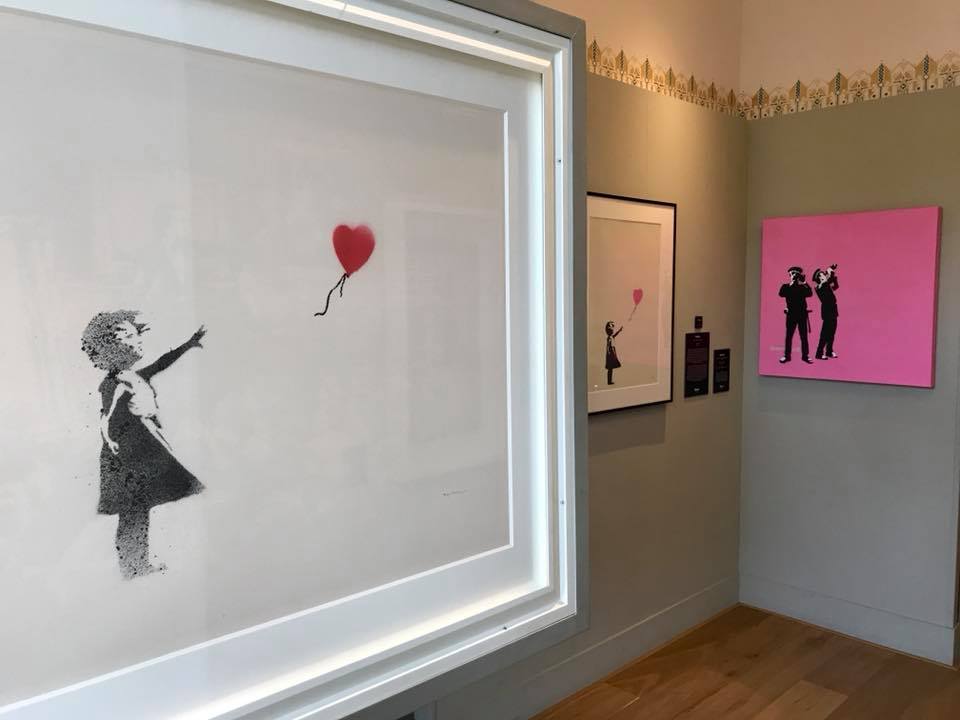

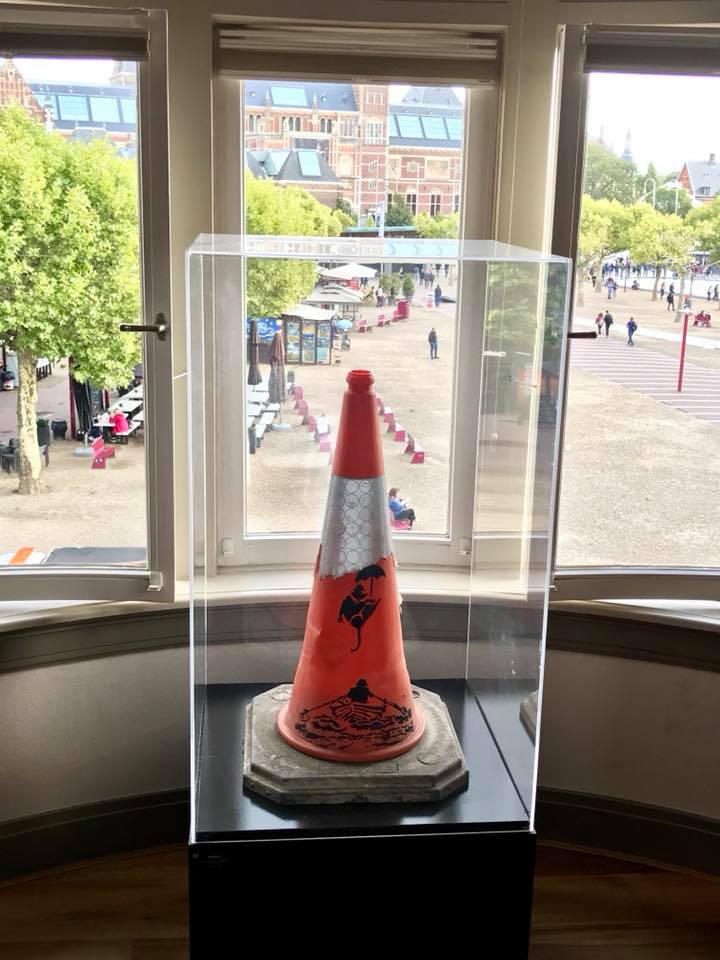

The only reservation I made in Amsterdam was to De Kas, a Michelin starred restaurant located inside a greenhouse. The restaurant is located in a beautiful park and features a tasting menu only, which changes weekly and features the garden produce that is cultivated on site. The restaurant was beautiful and the food was delicious. The dishes focus on the veggies, but it is not a vegetarian menu. Also, for a Michelin restaurant, it is not that expensive. The lunch tasting menu ranges from 33 to 43 Euros and dinner is 53 Euros.
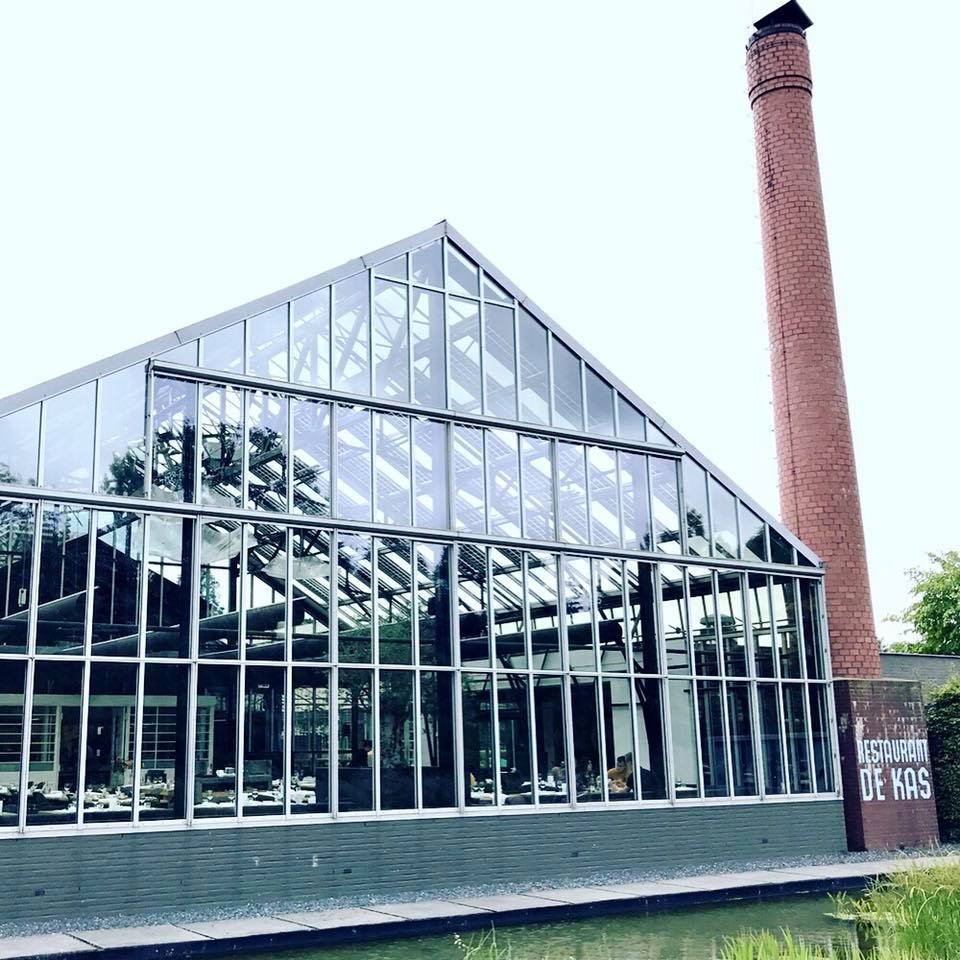
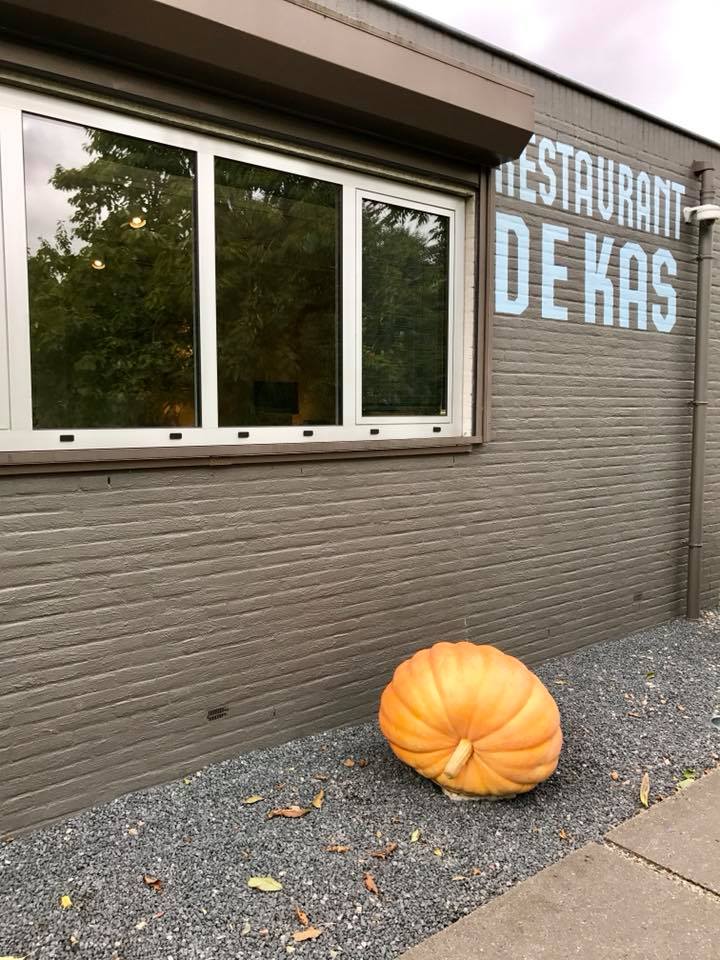
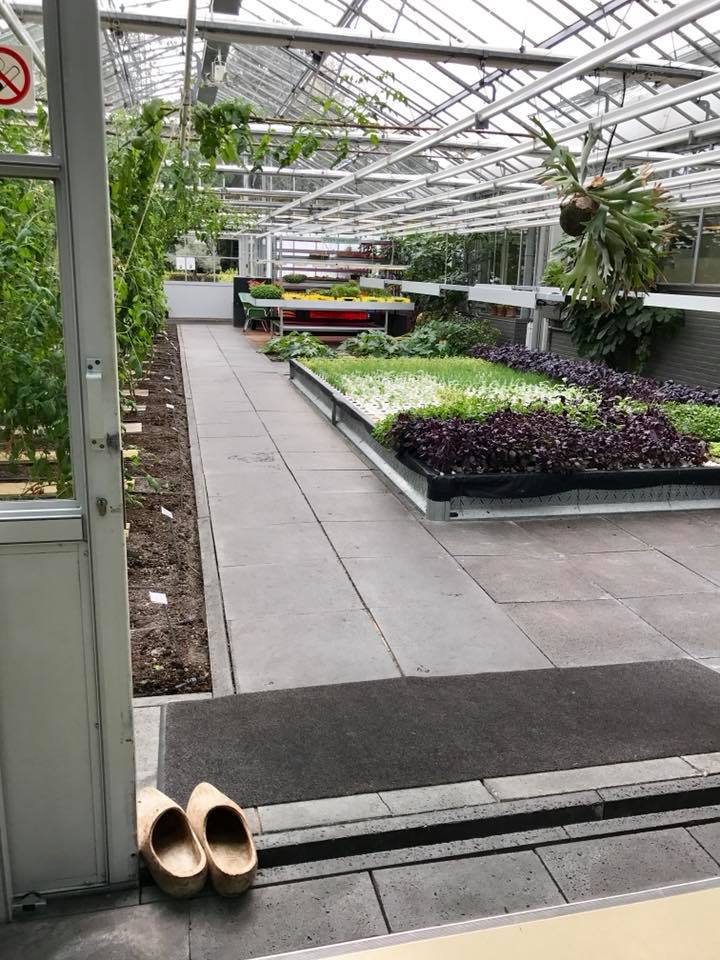
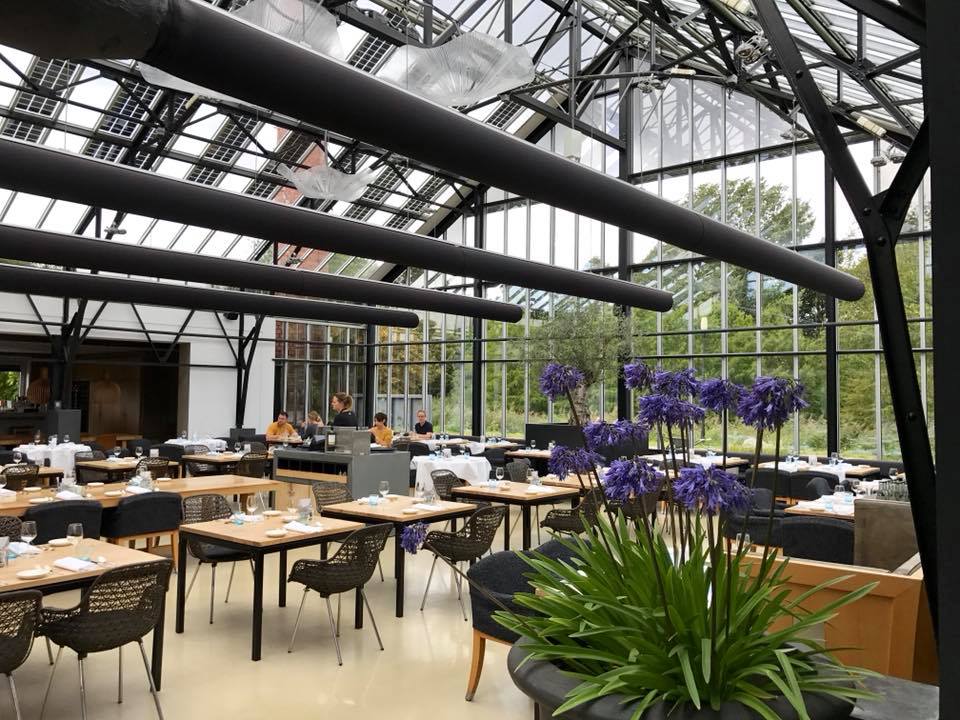
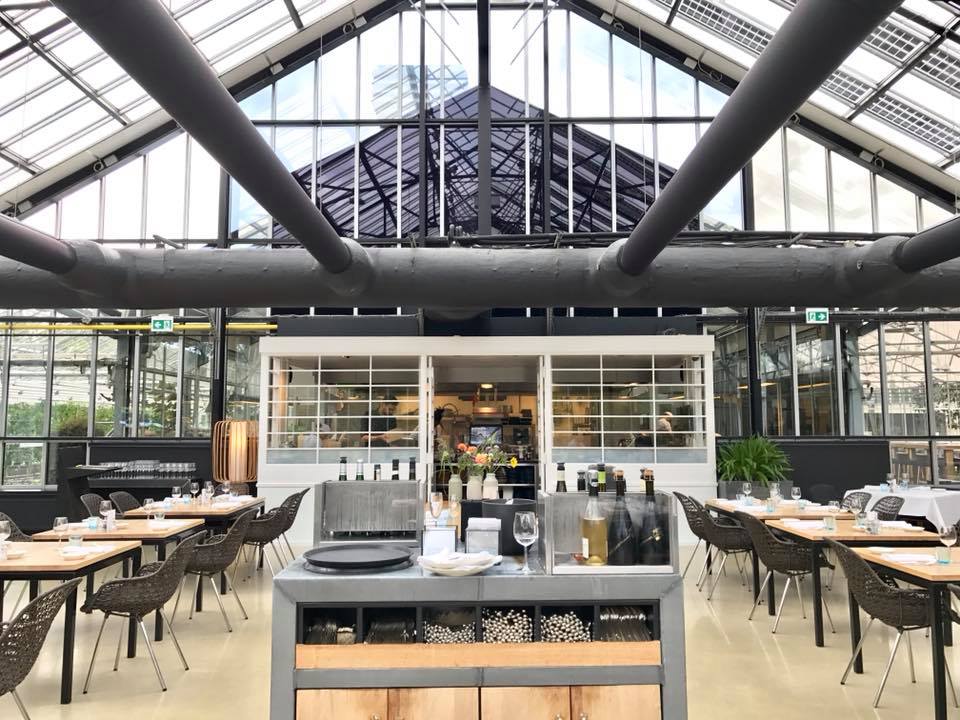
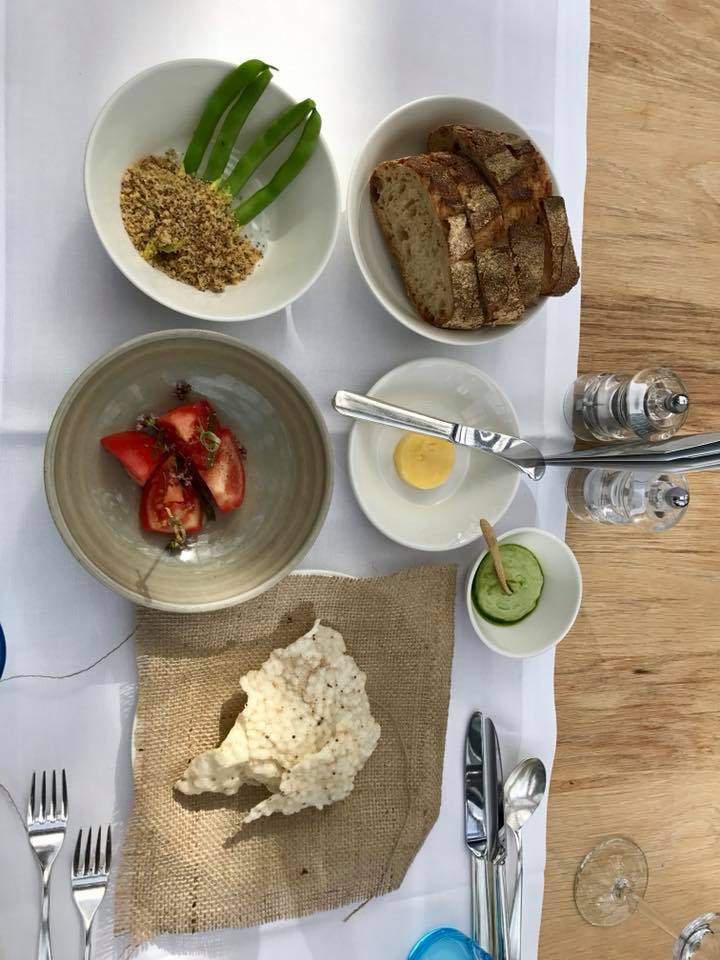

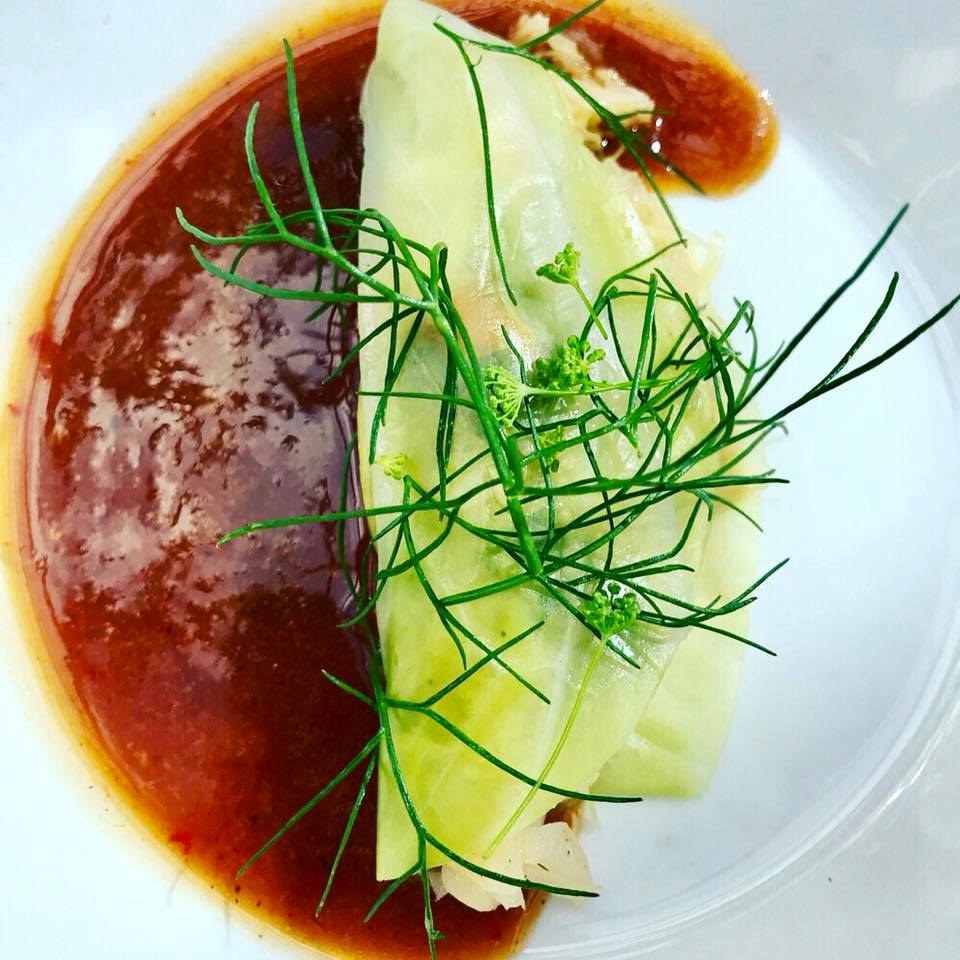

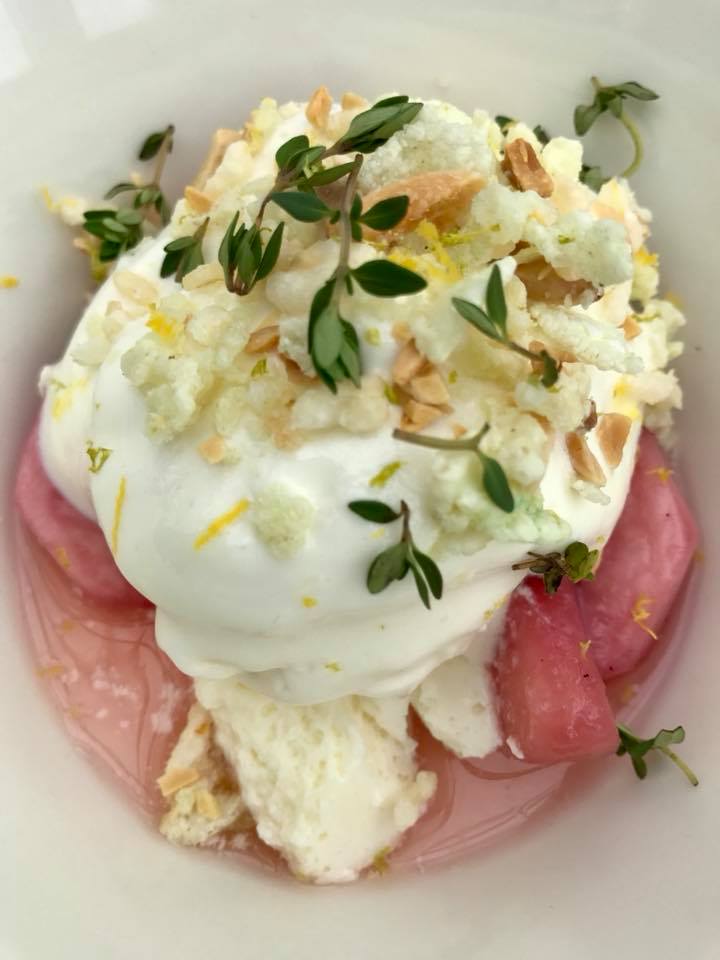
And, that my friends, is how we spent two unexpected days in Amsterdam. If there is one thing you take away from this post, I hope it is an appreciation for the long or unexpected layover in a new place. It is a gift. A chance for an accidental adventure. Stop complaining and enjoy it!
